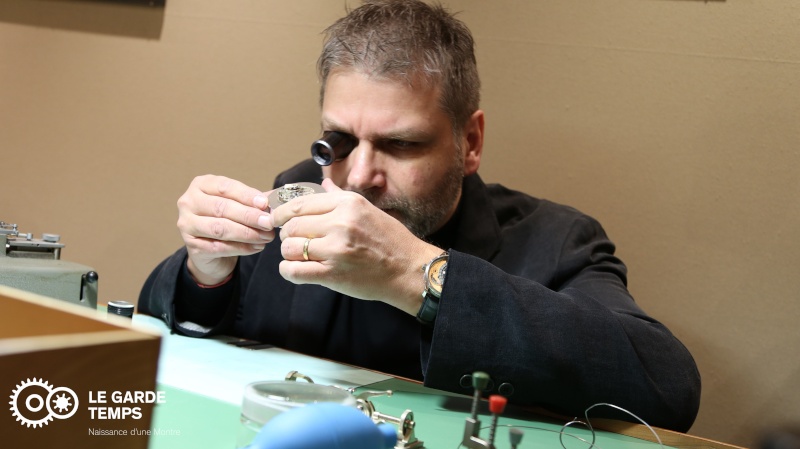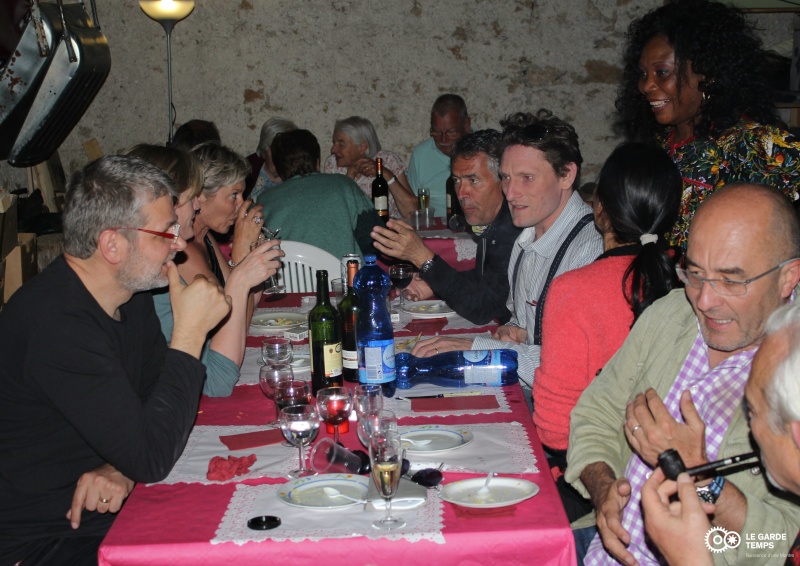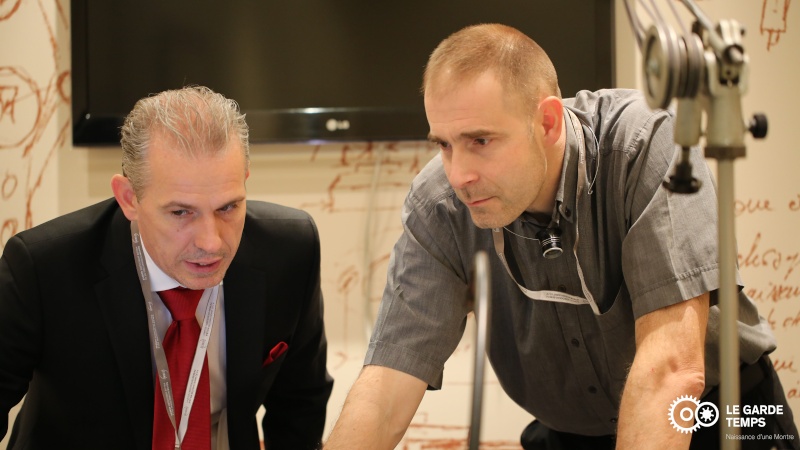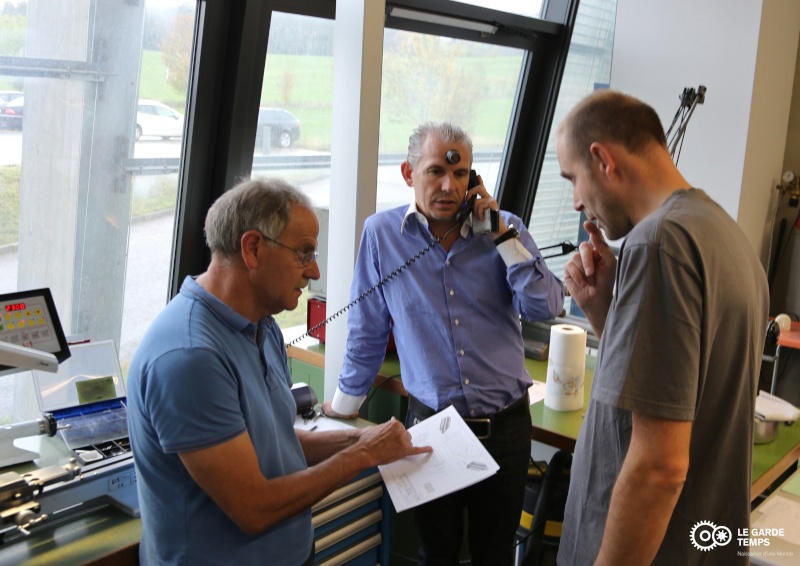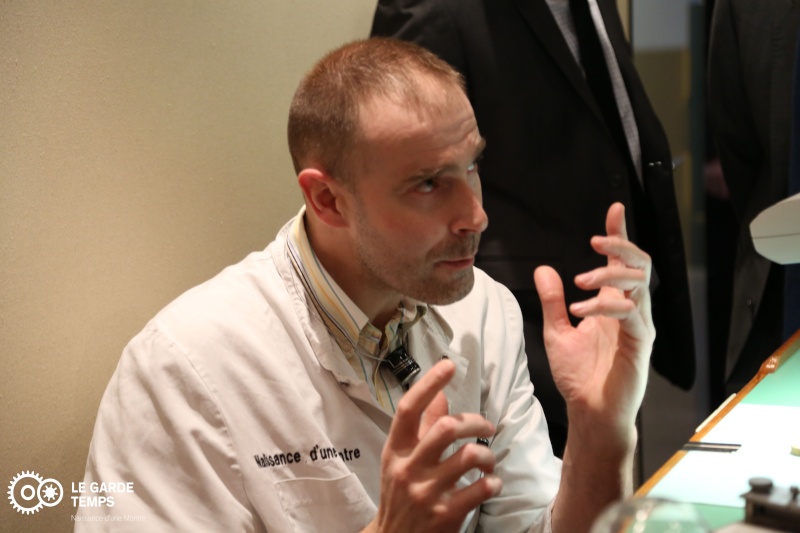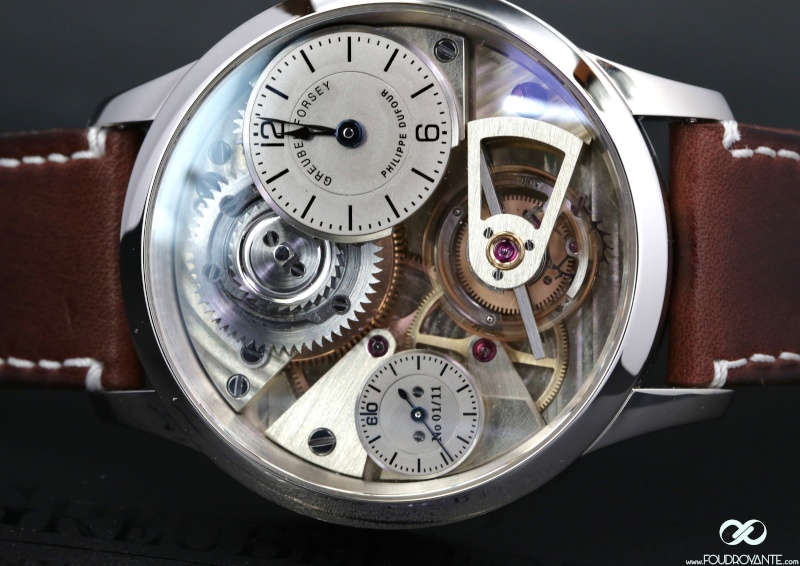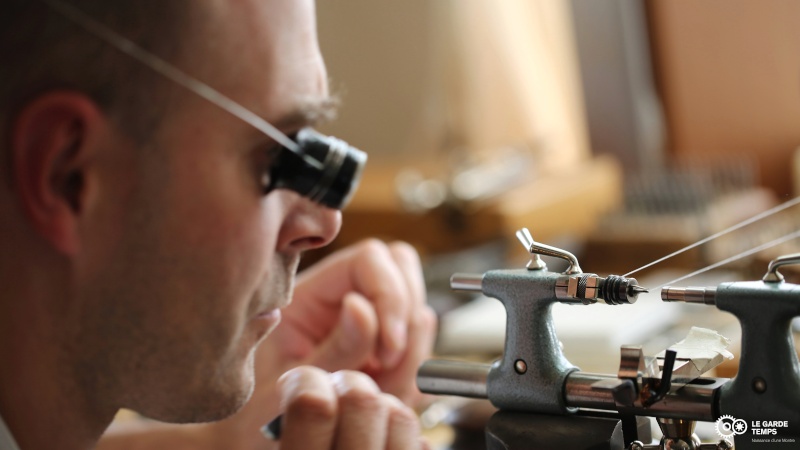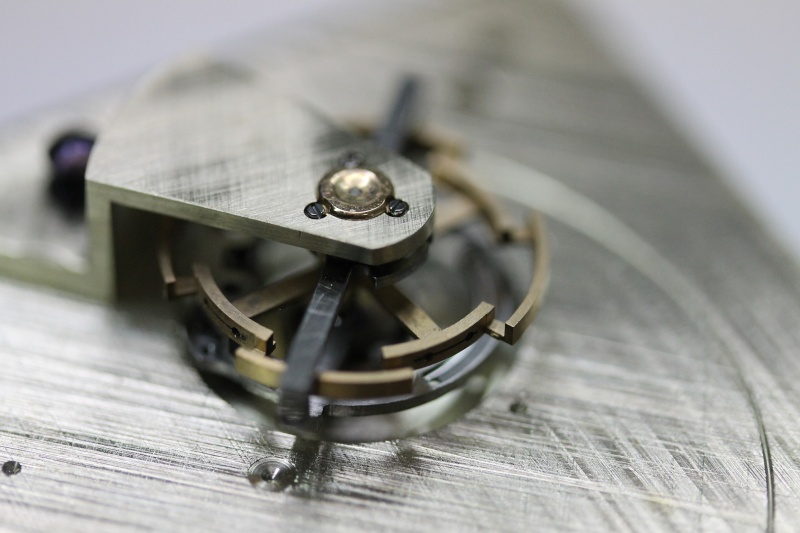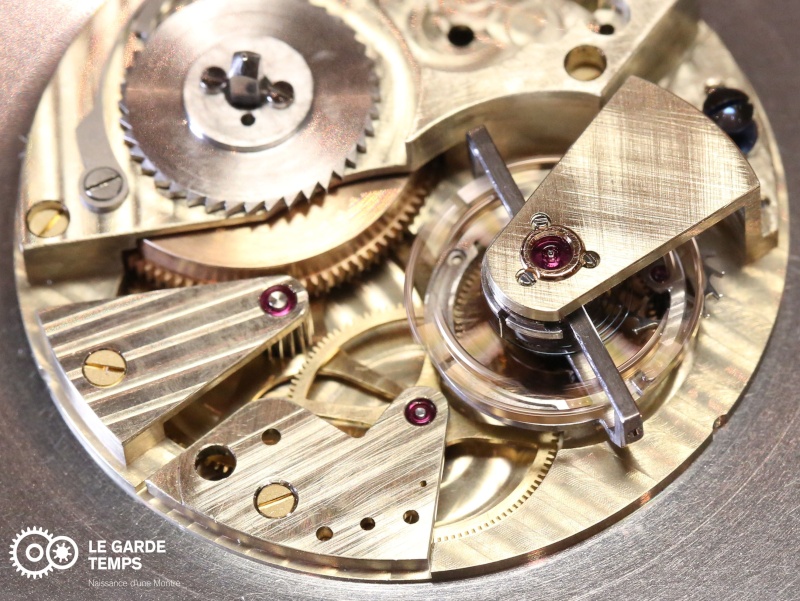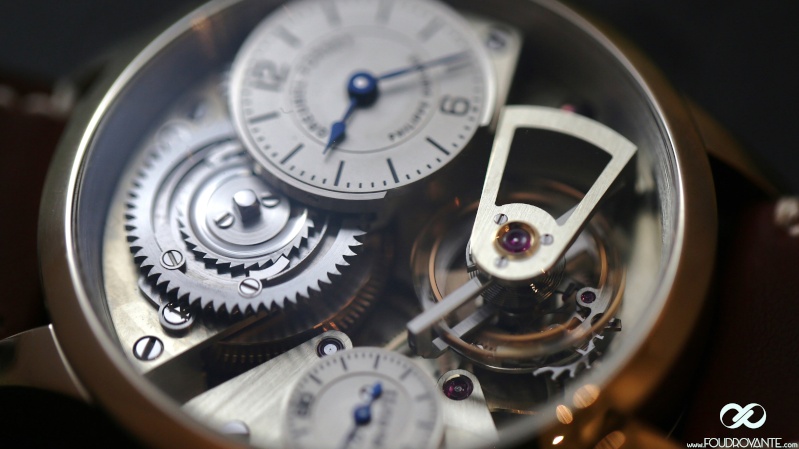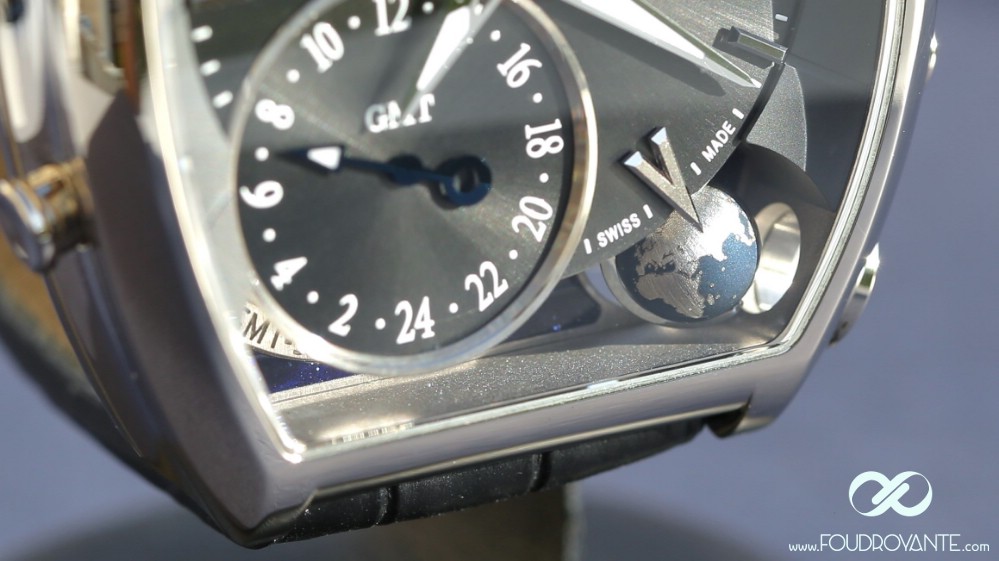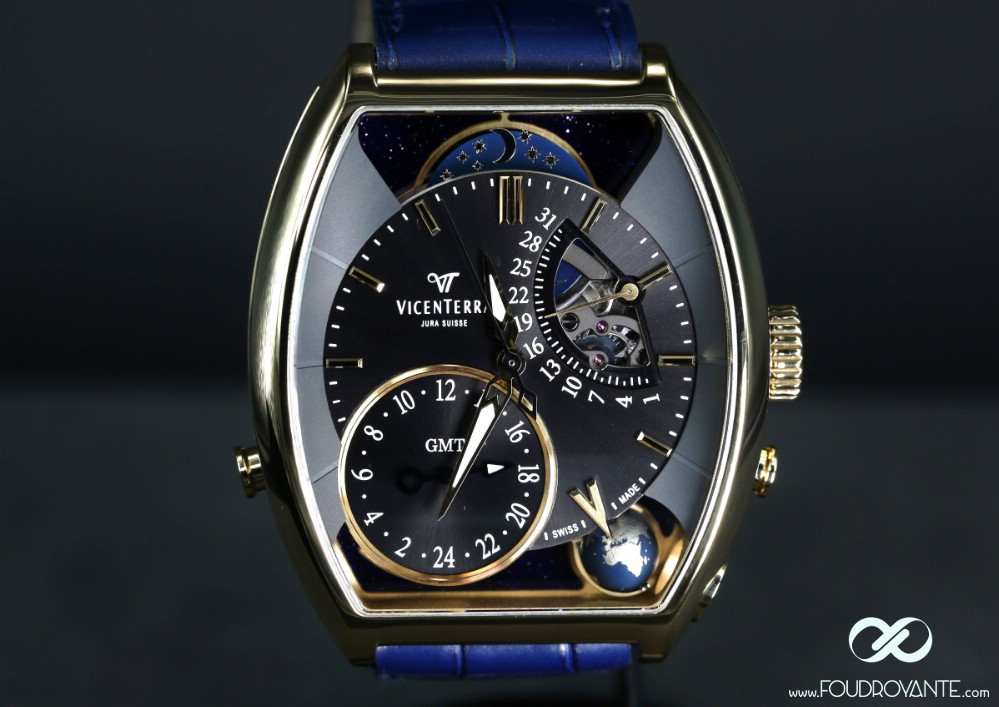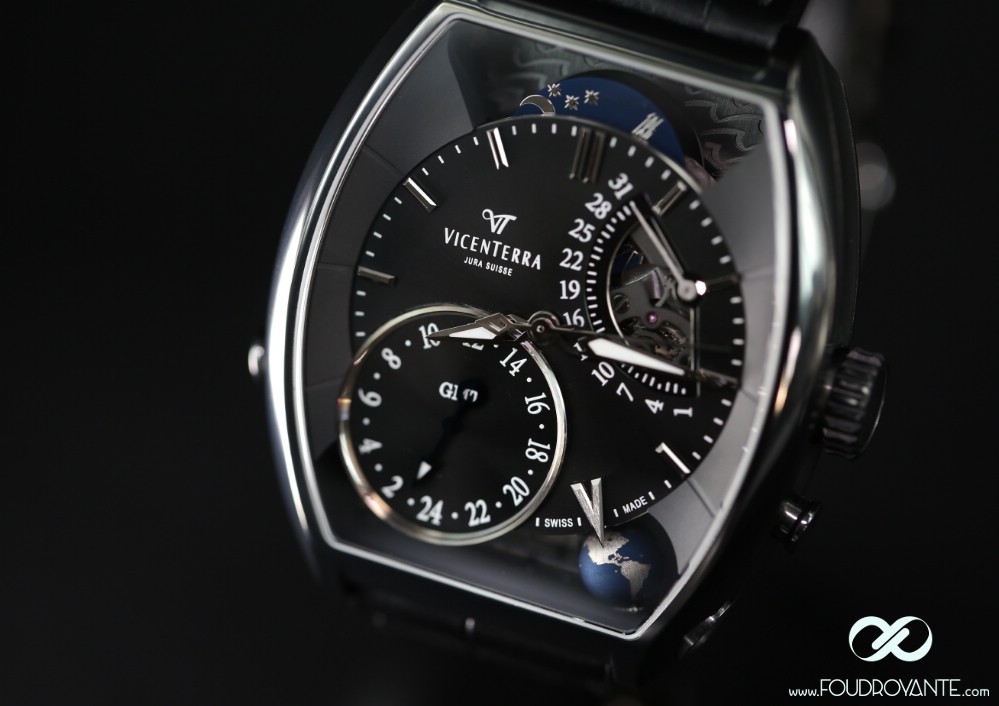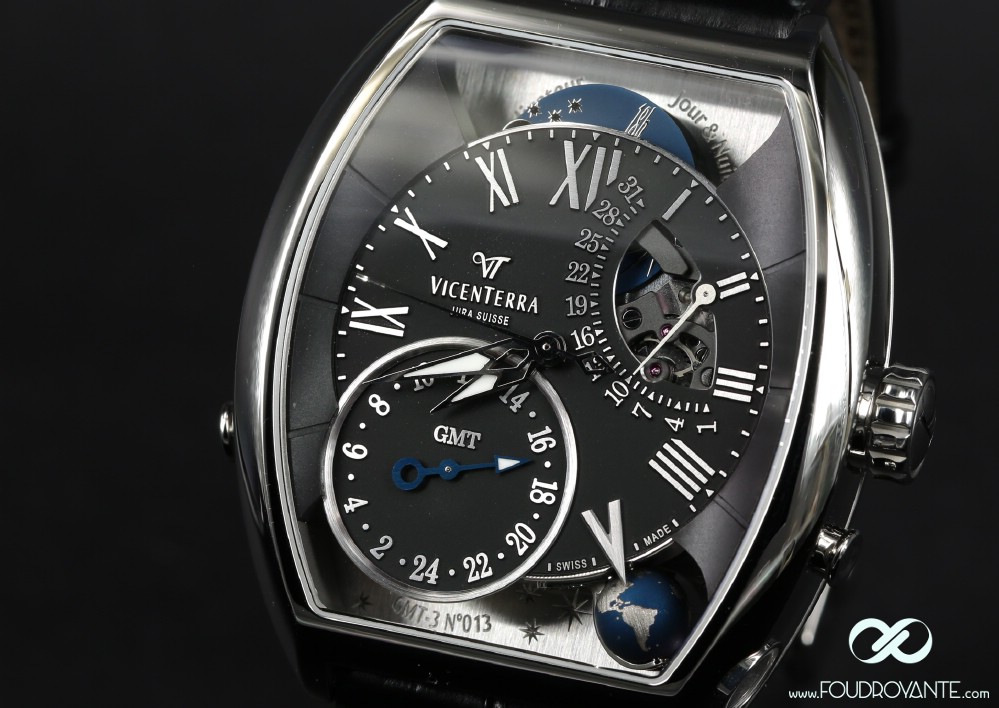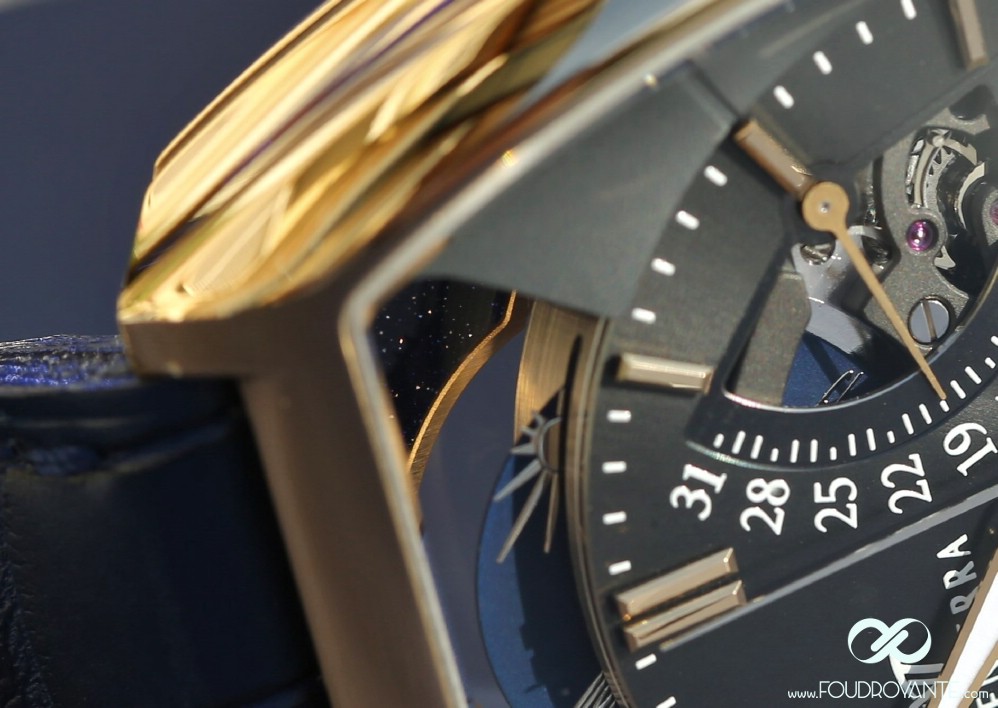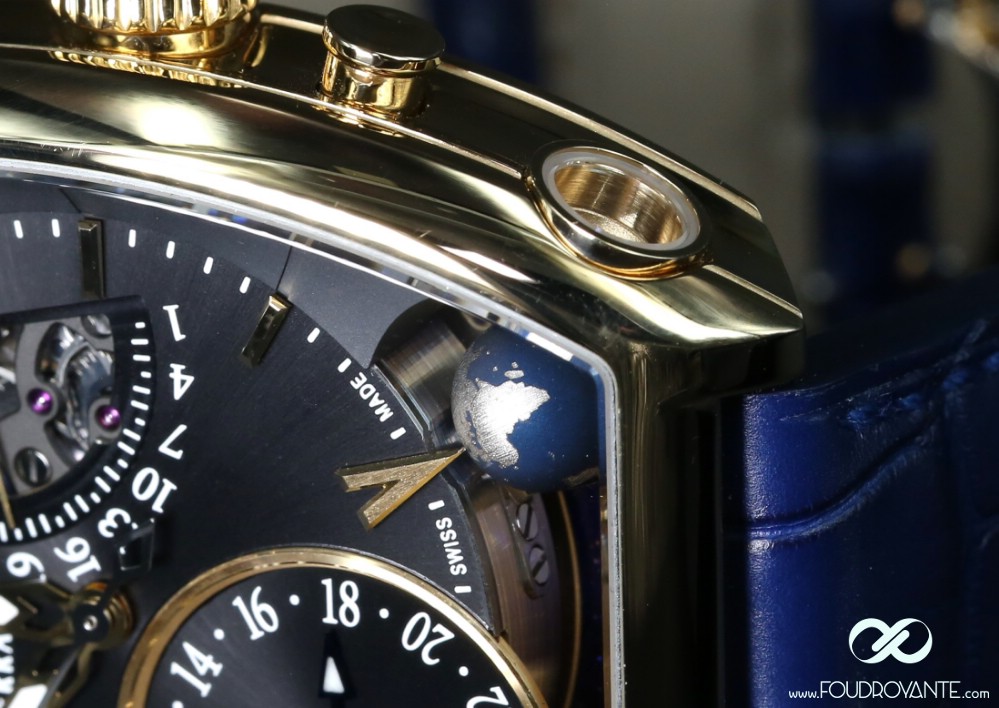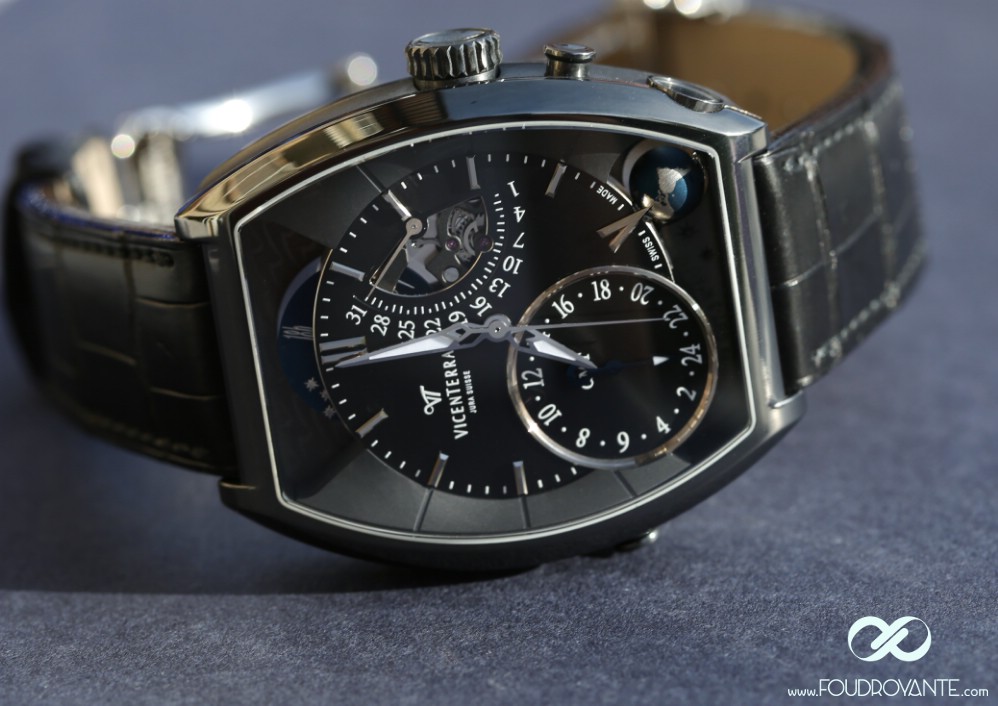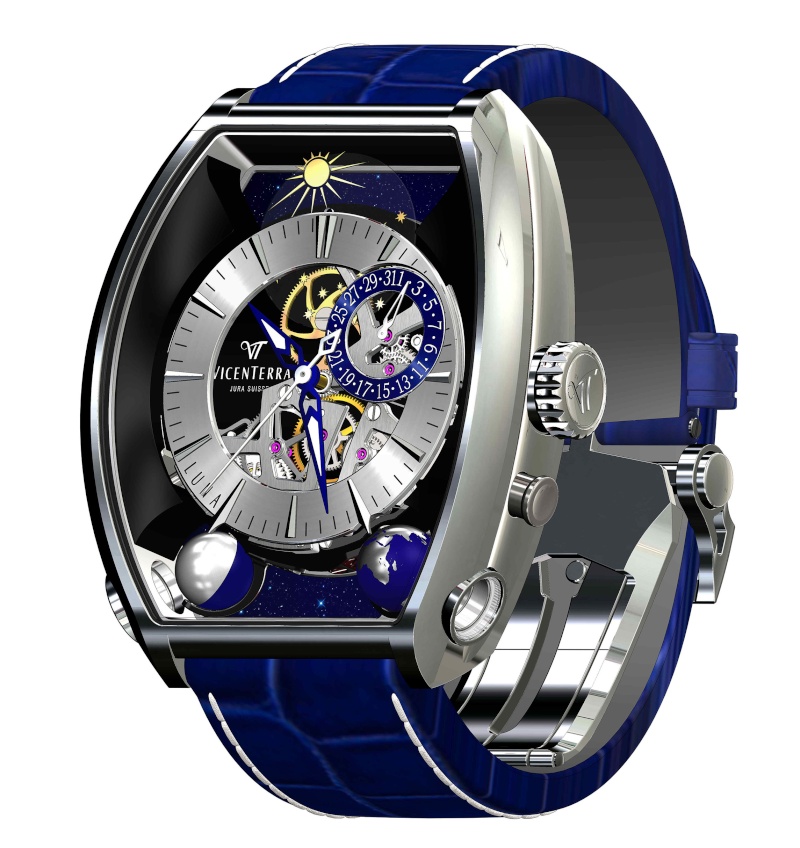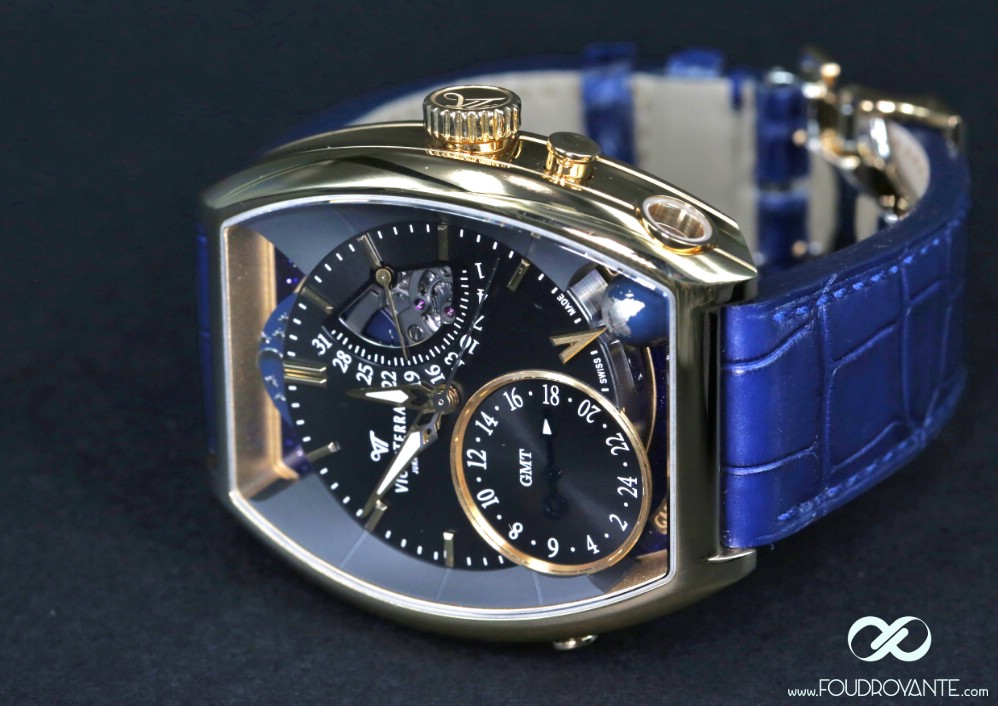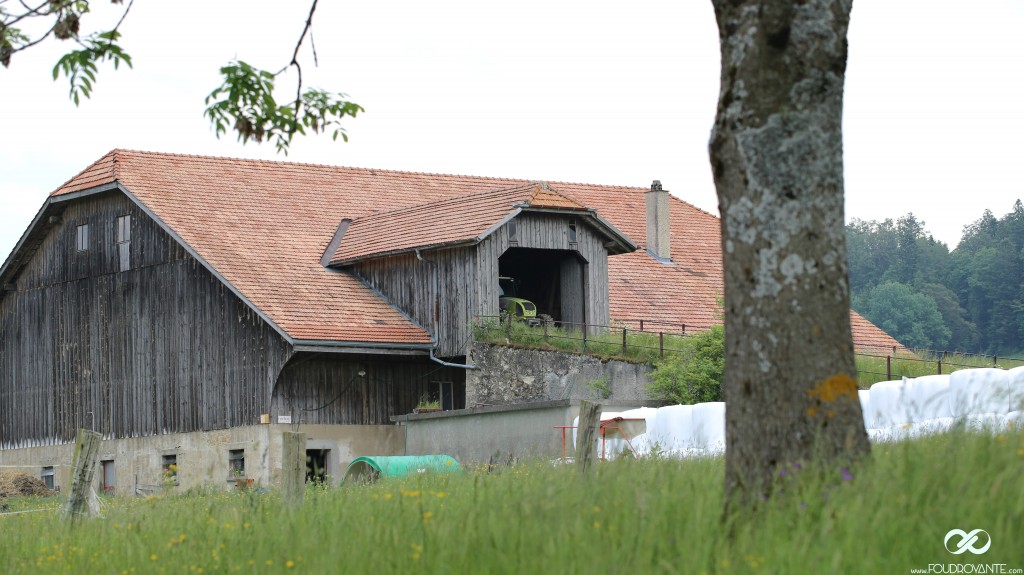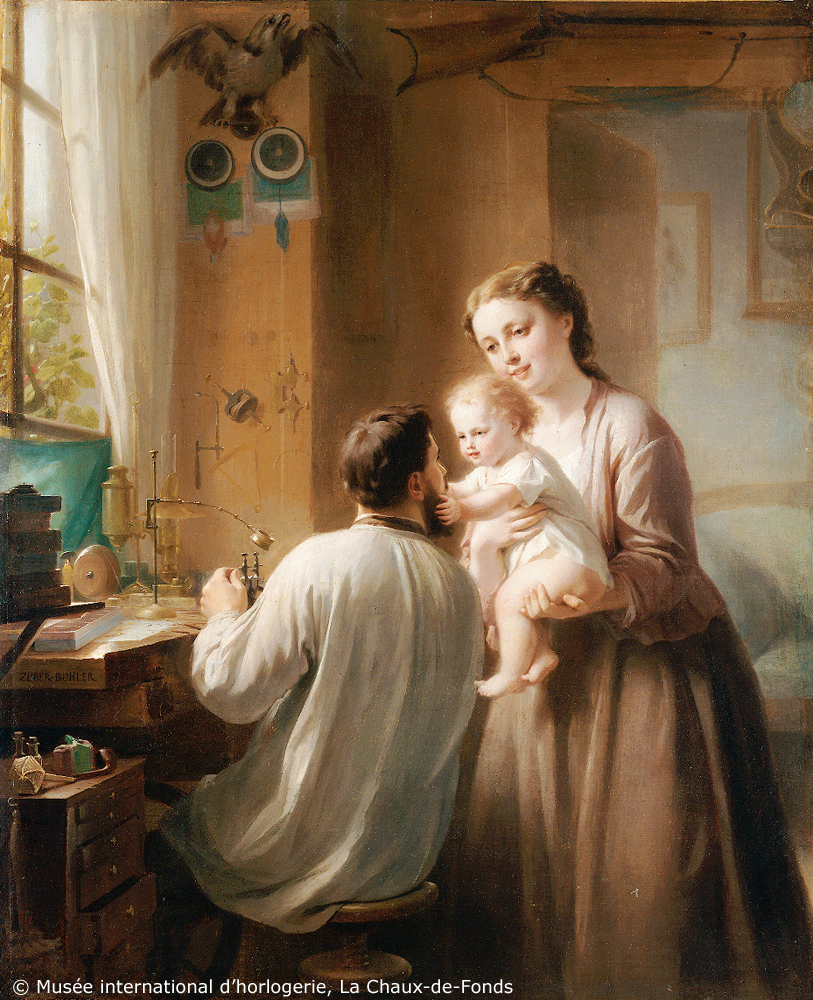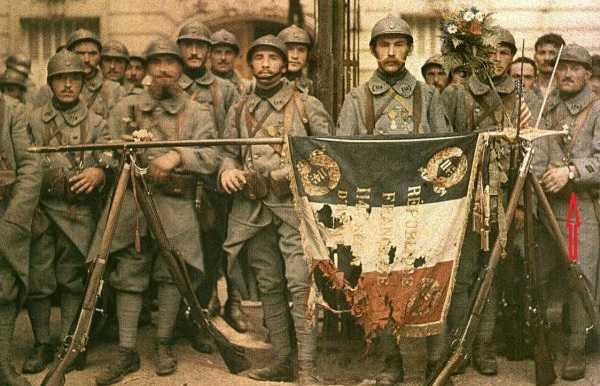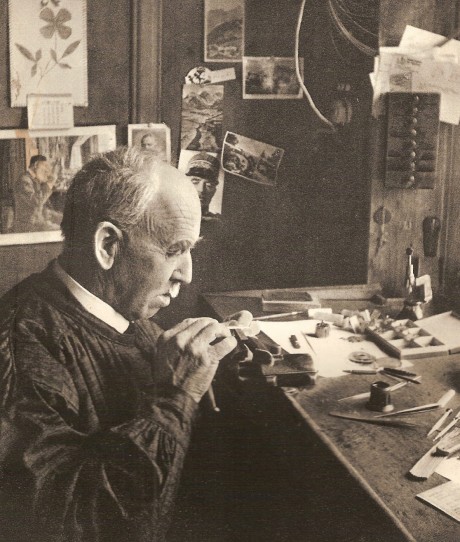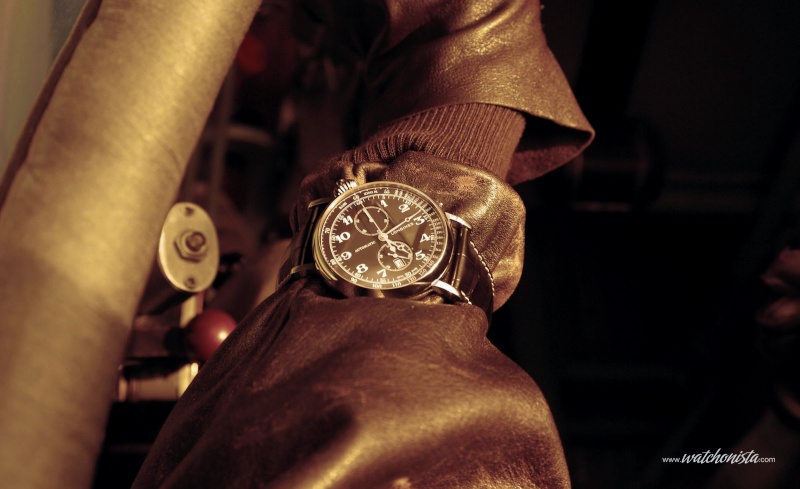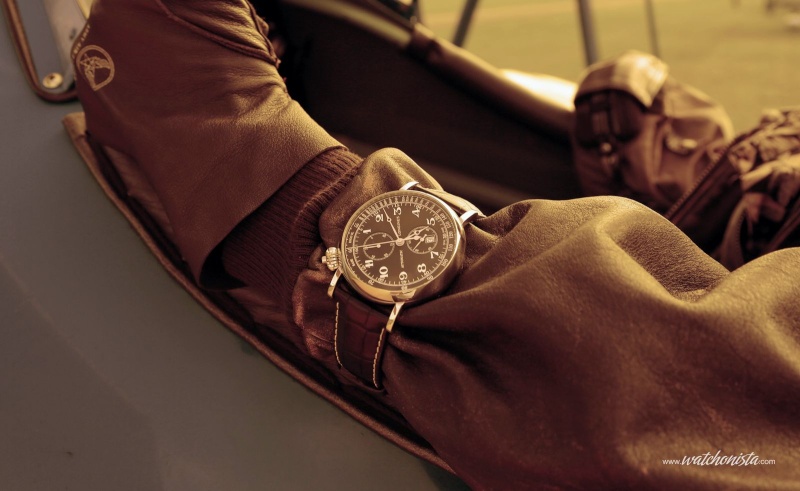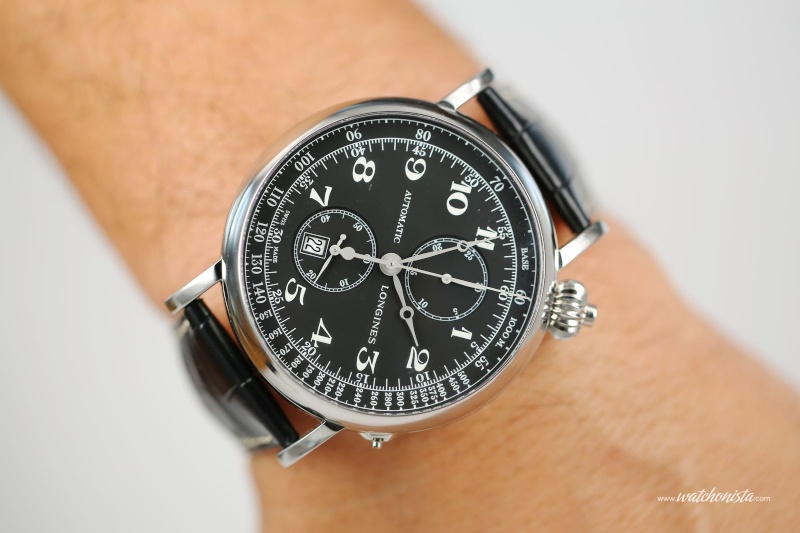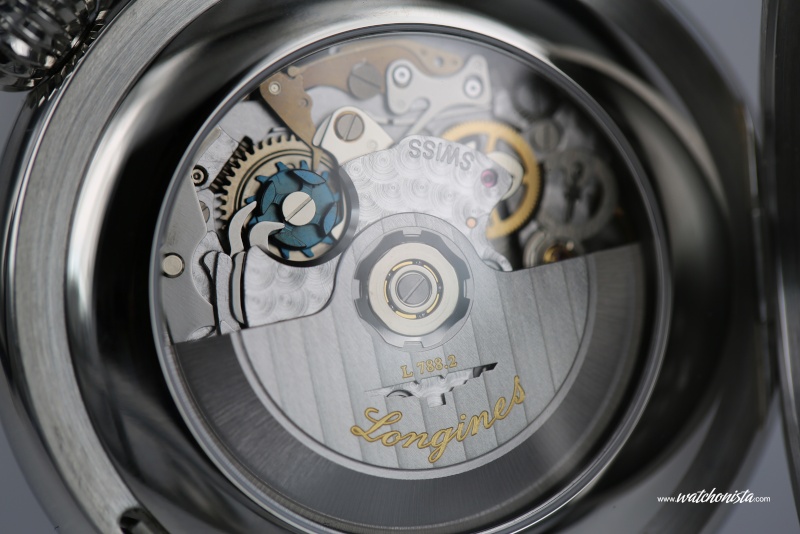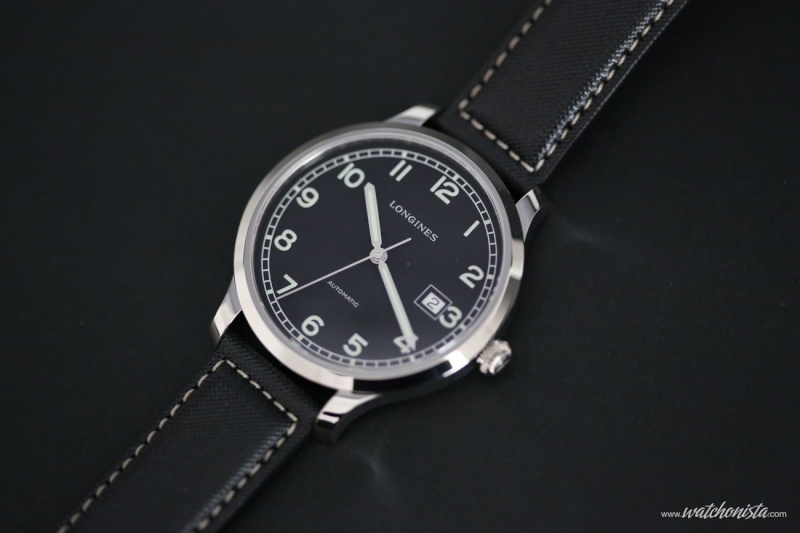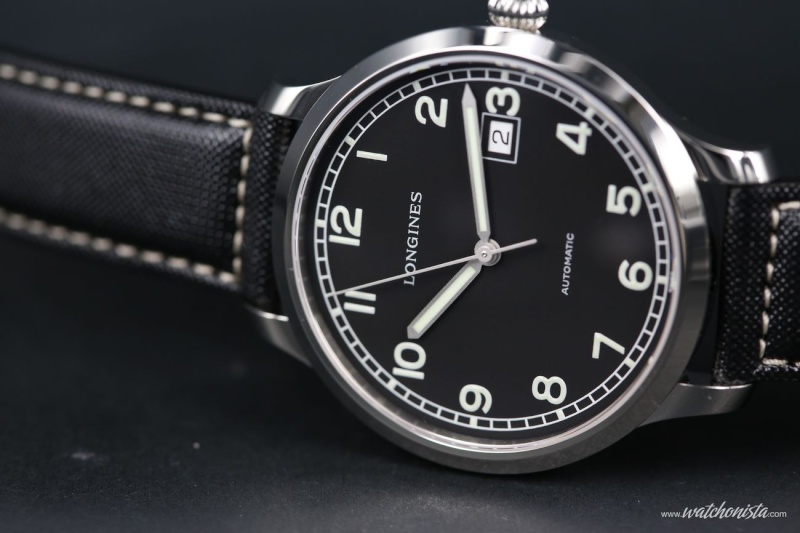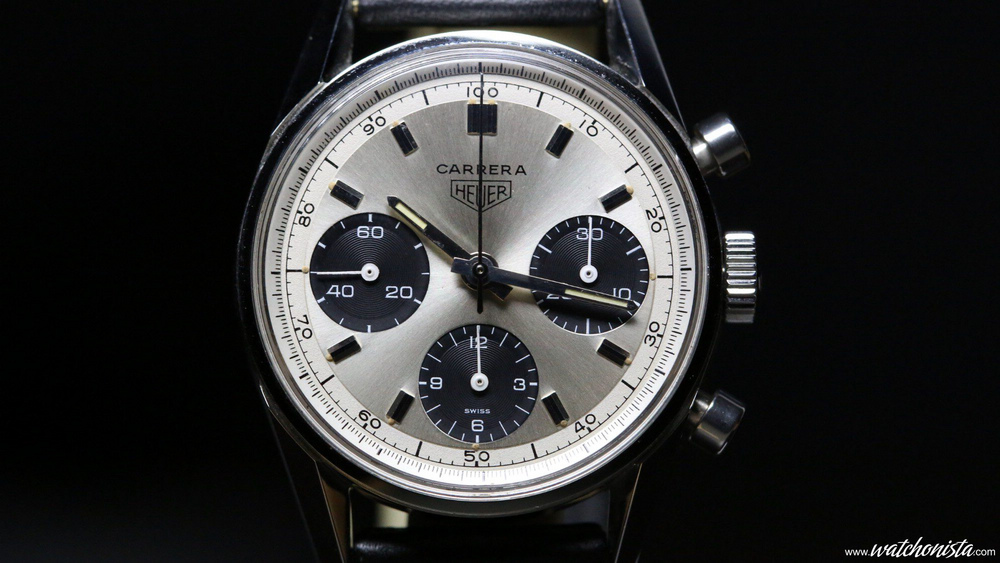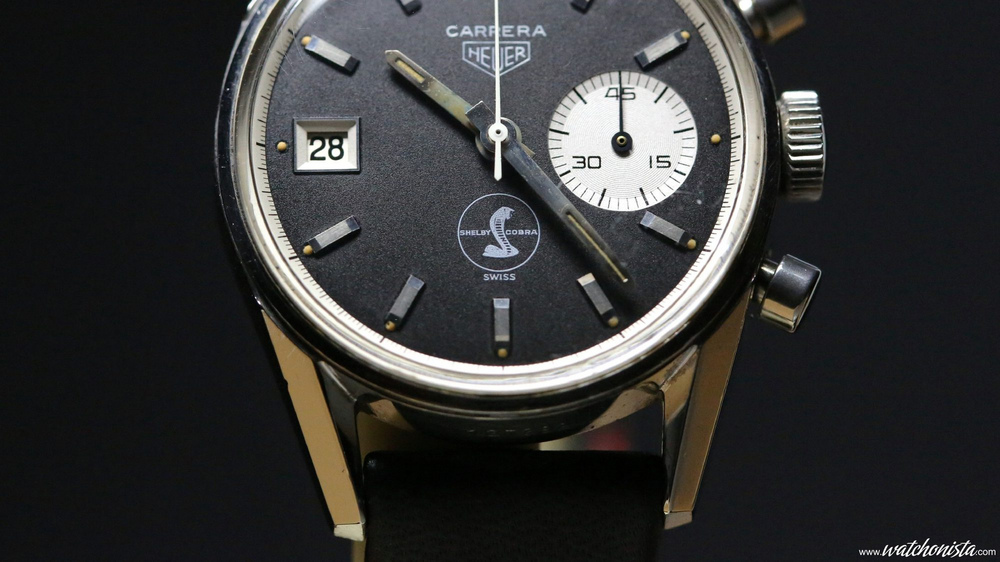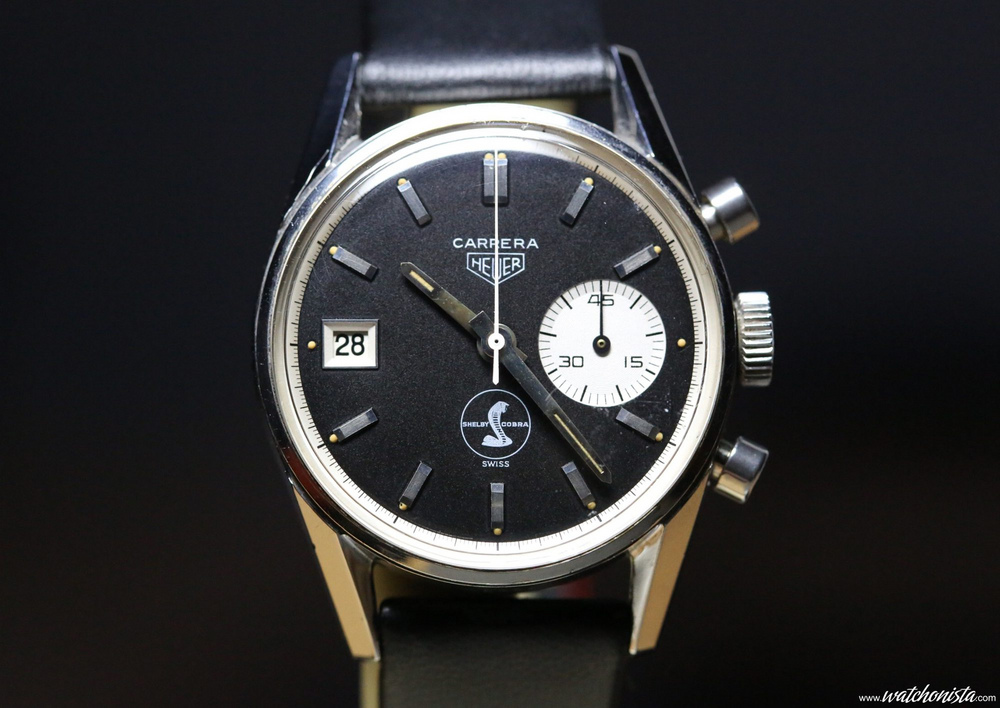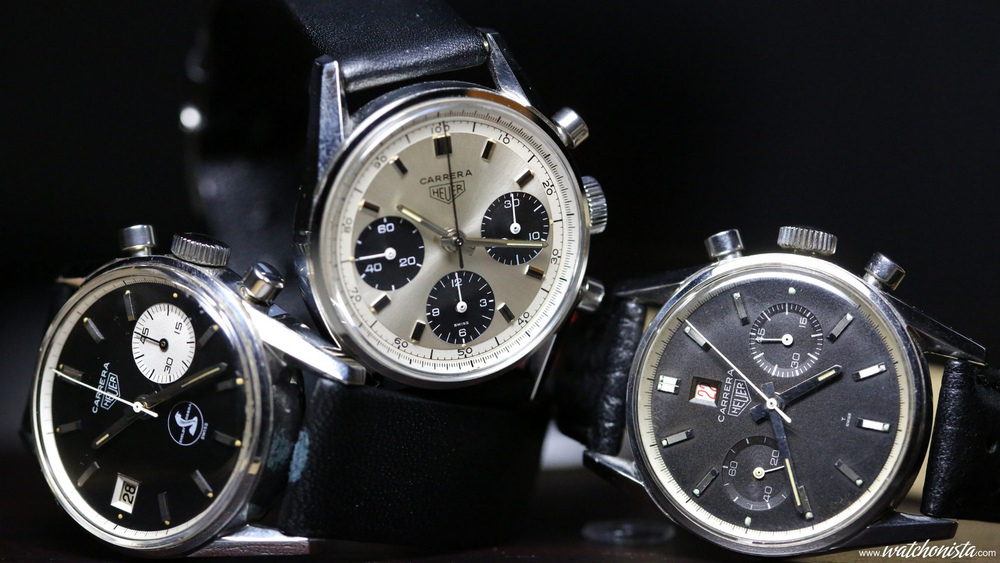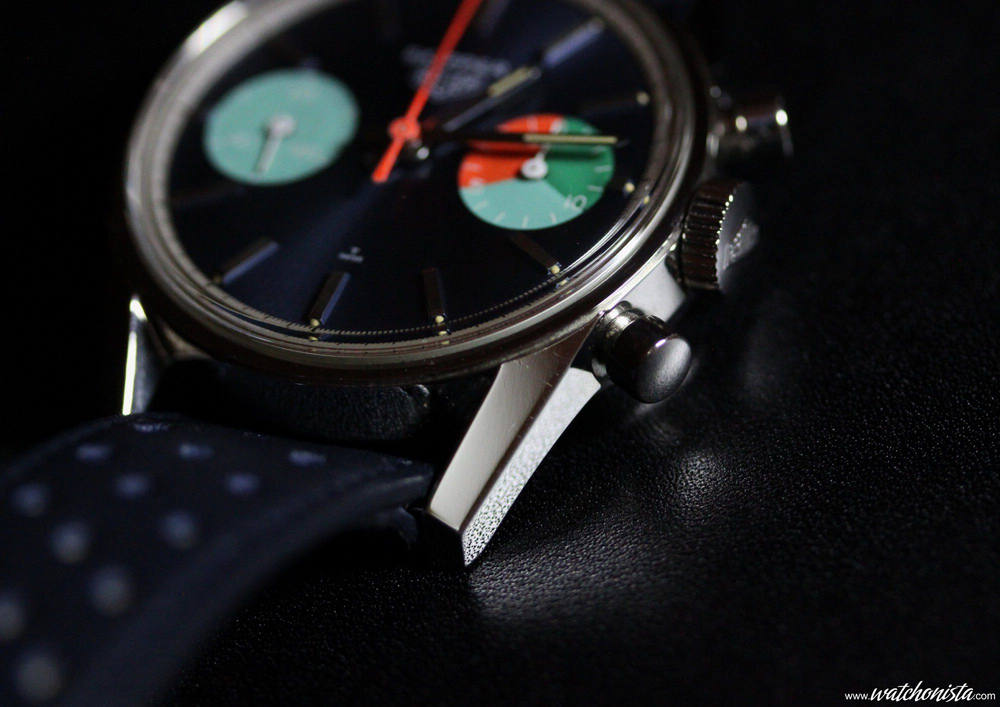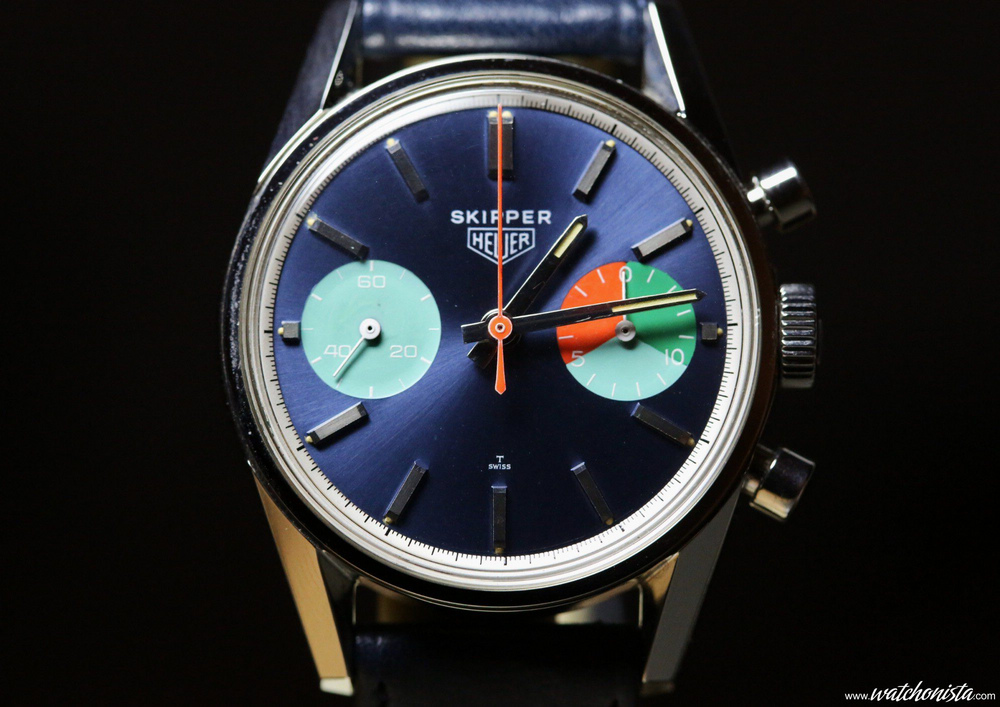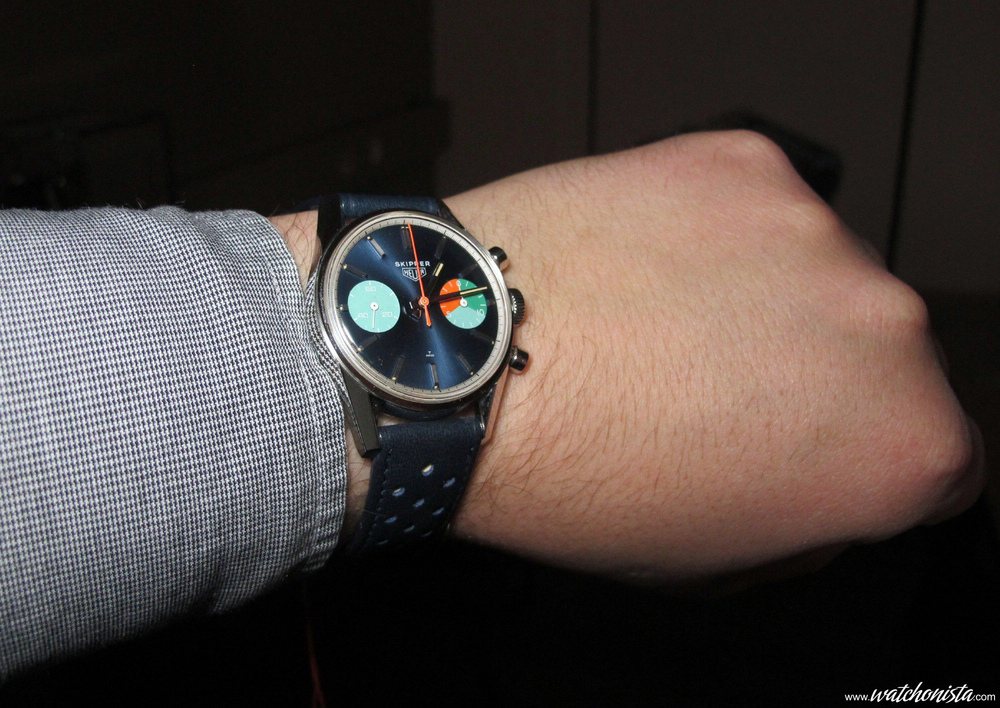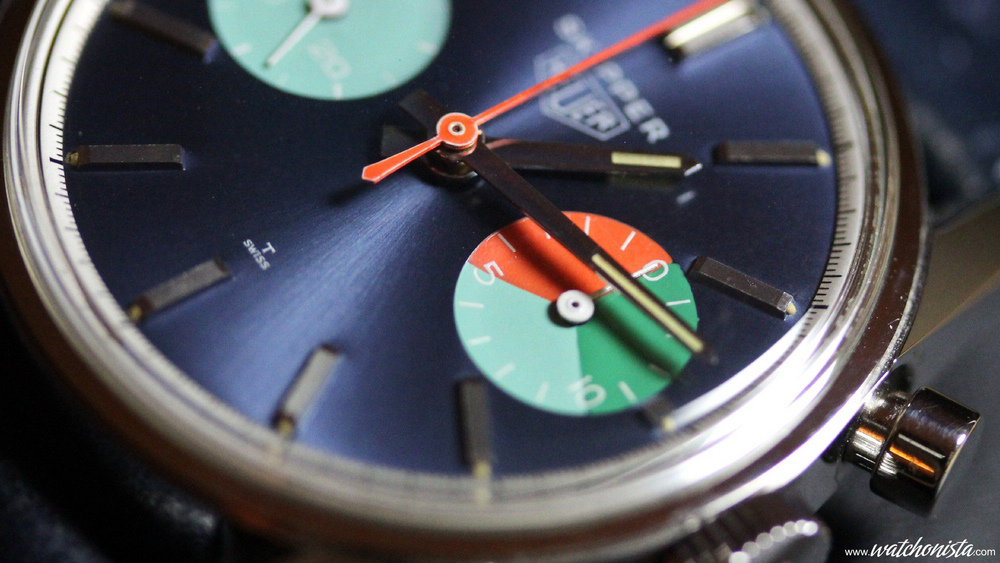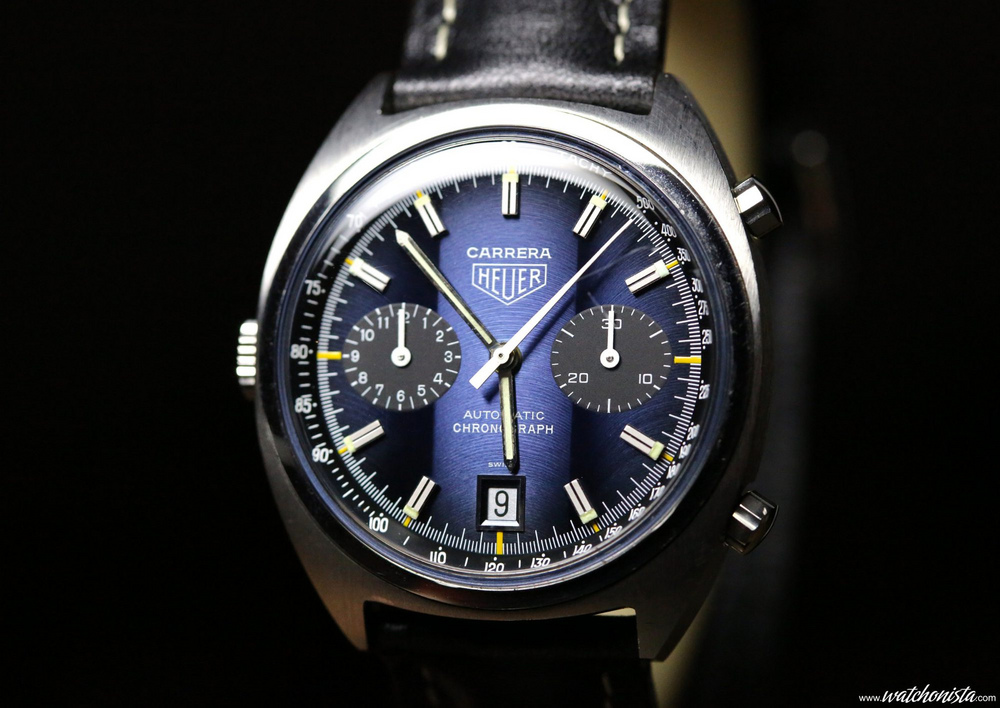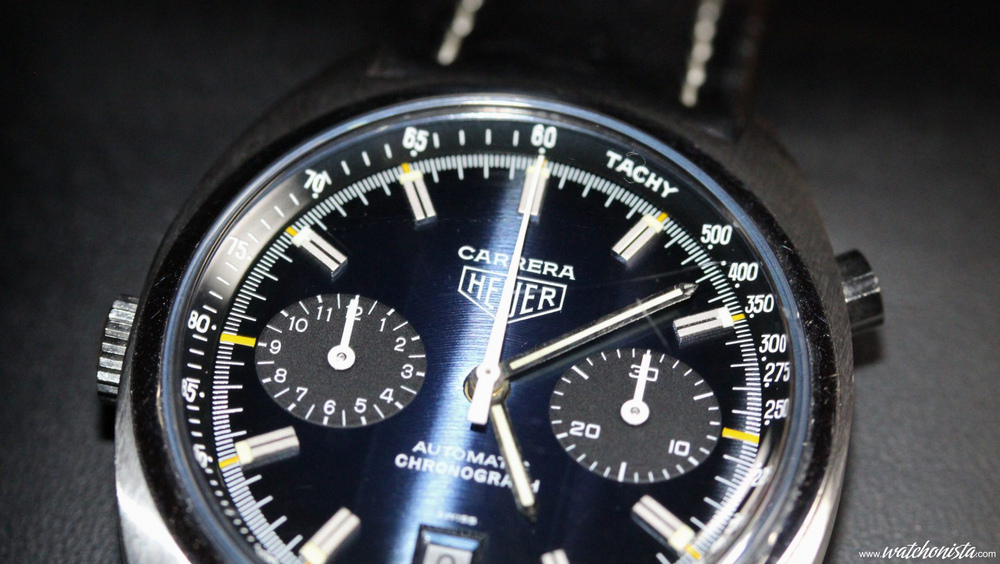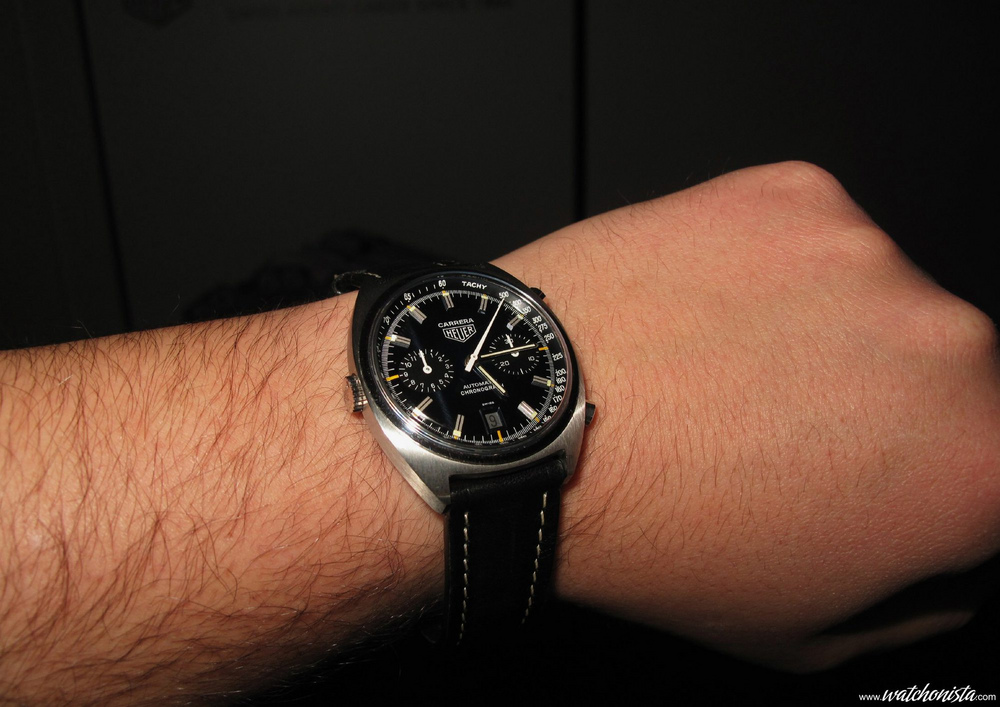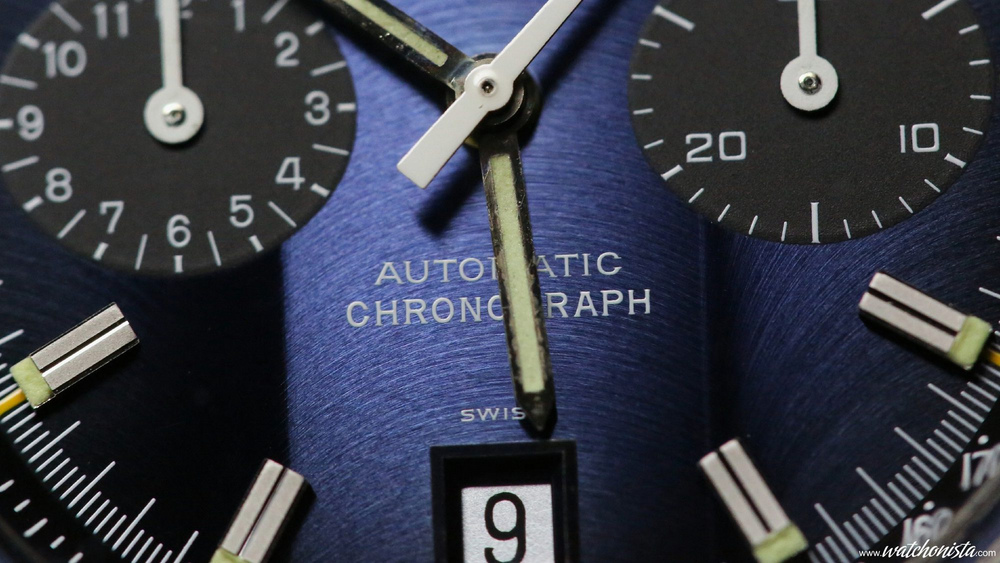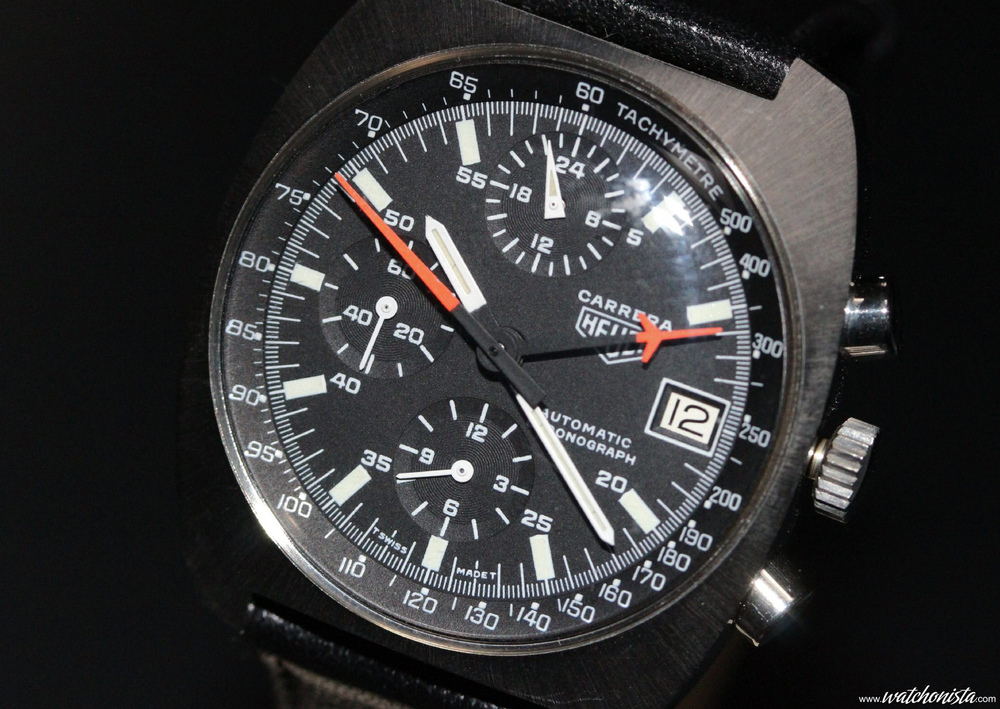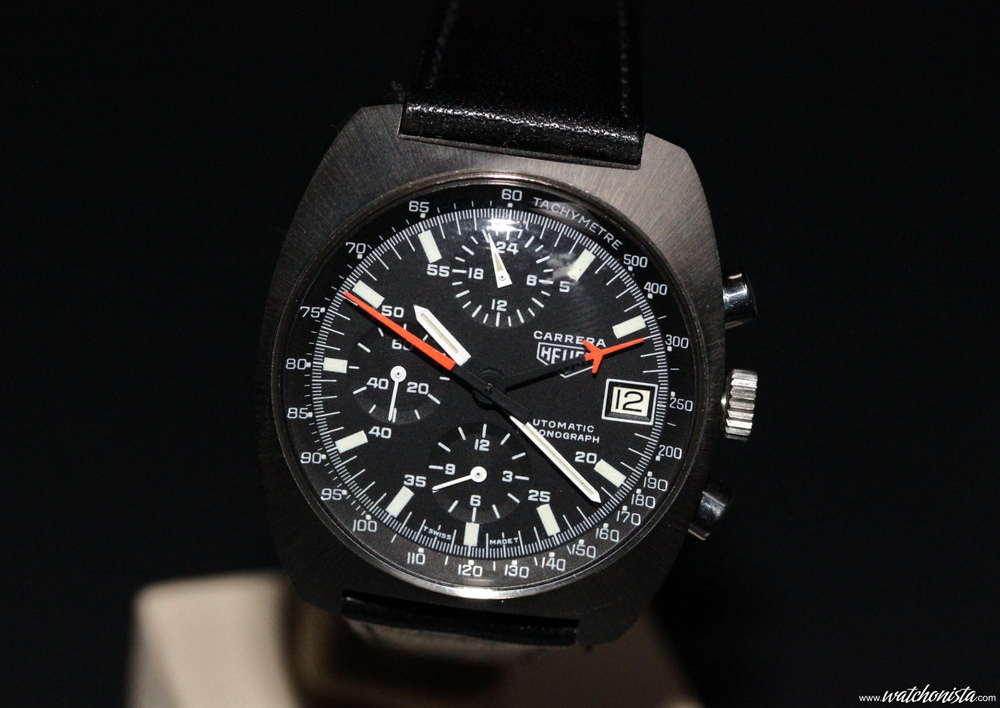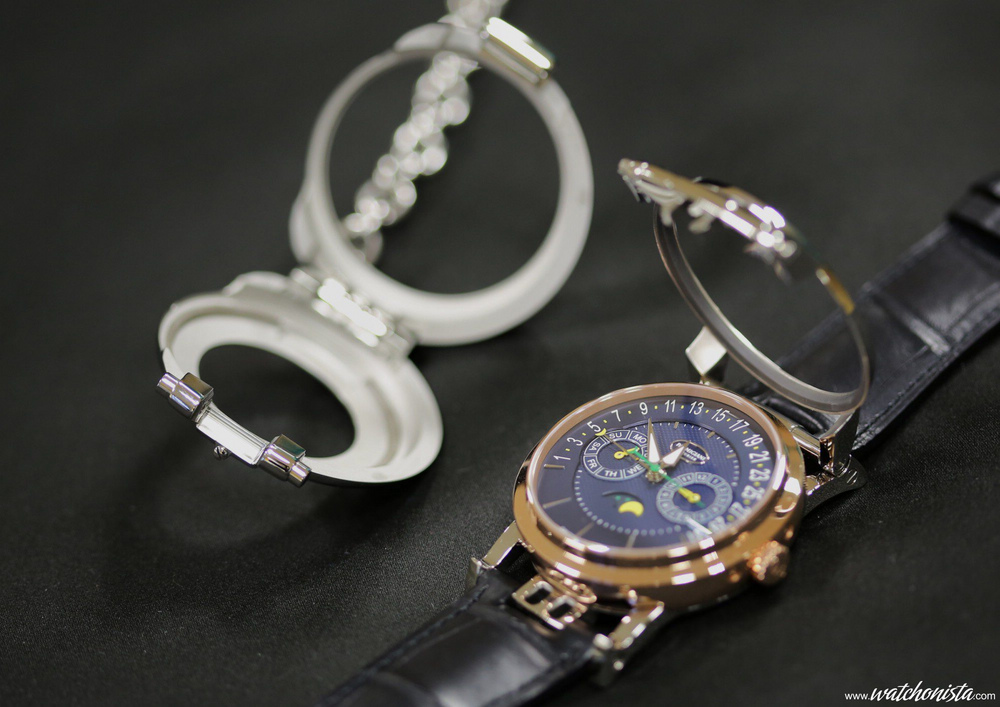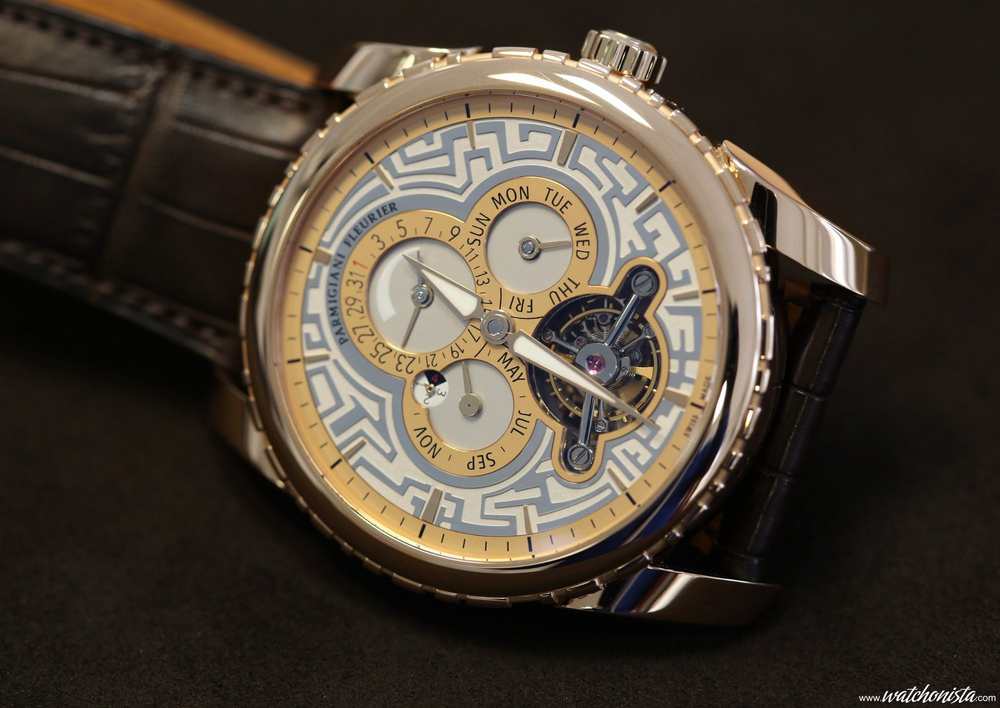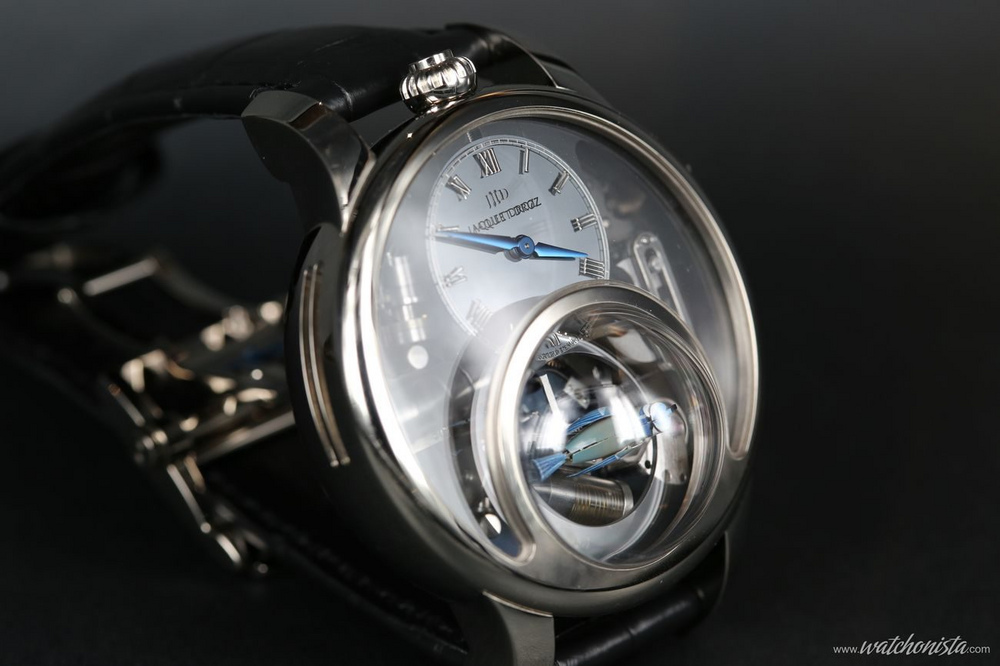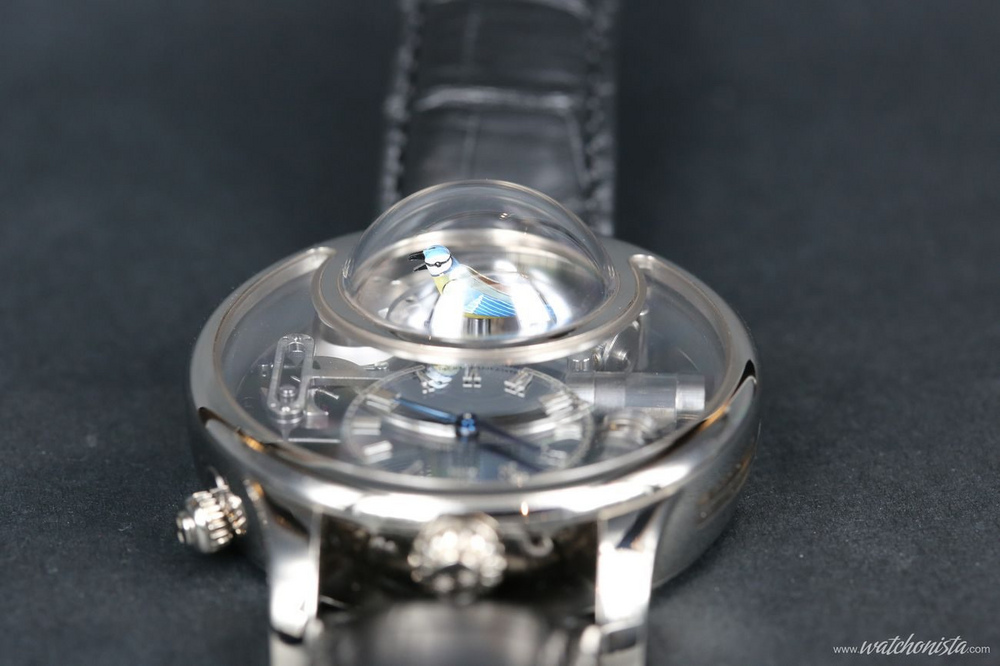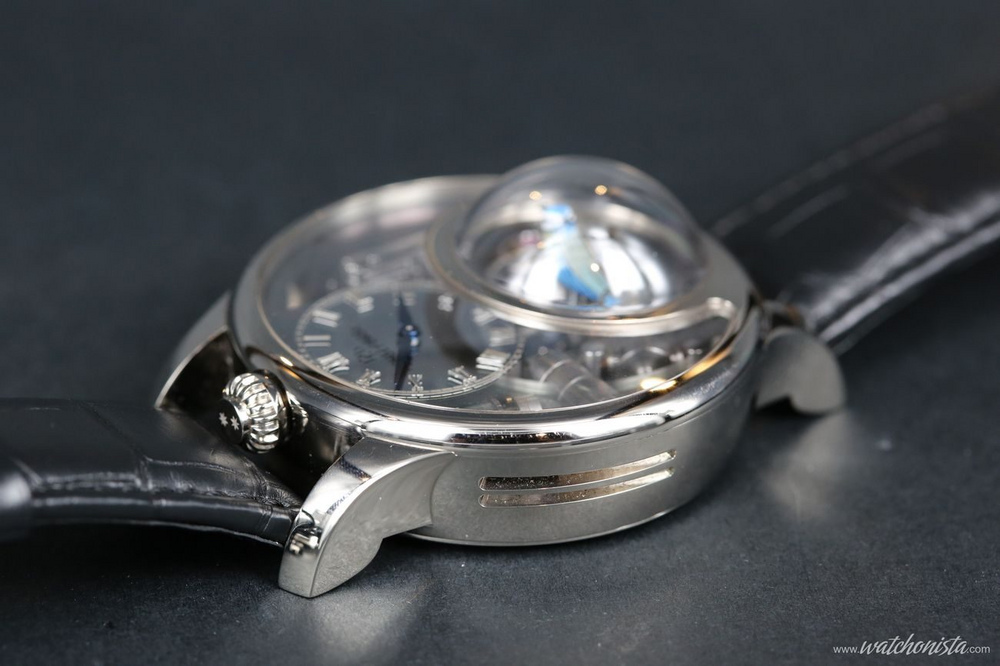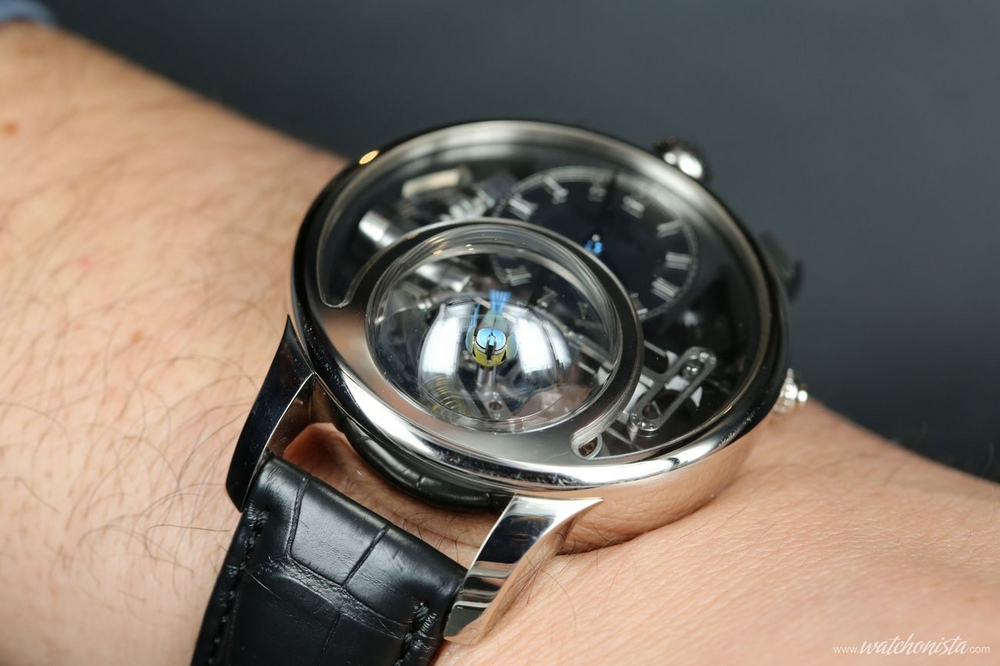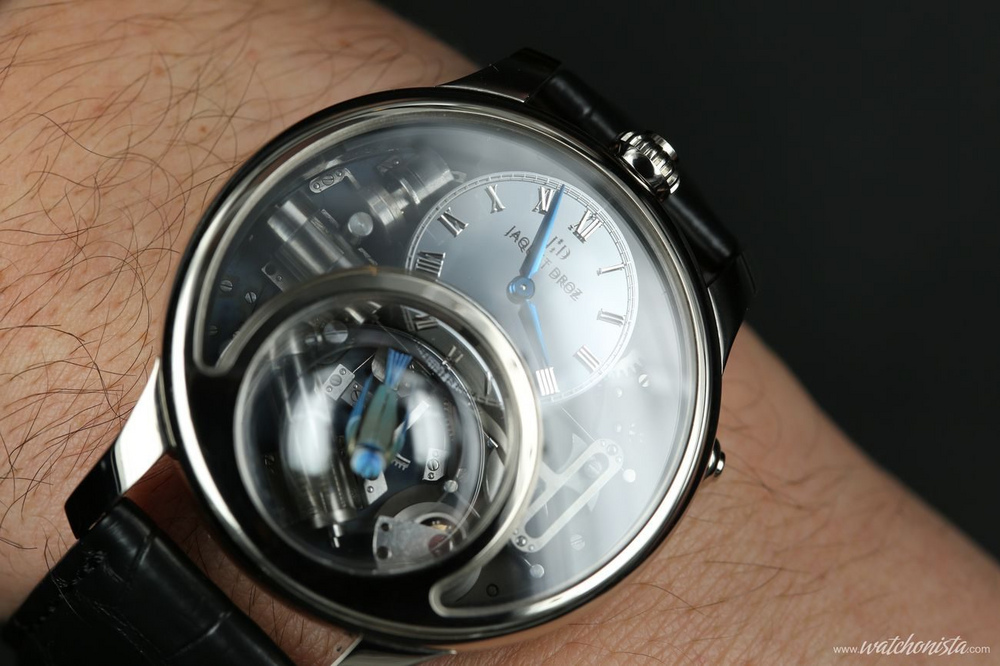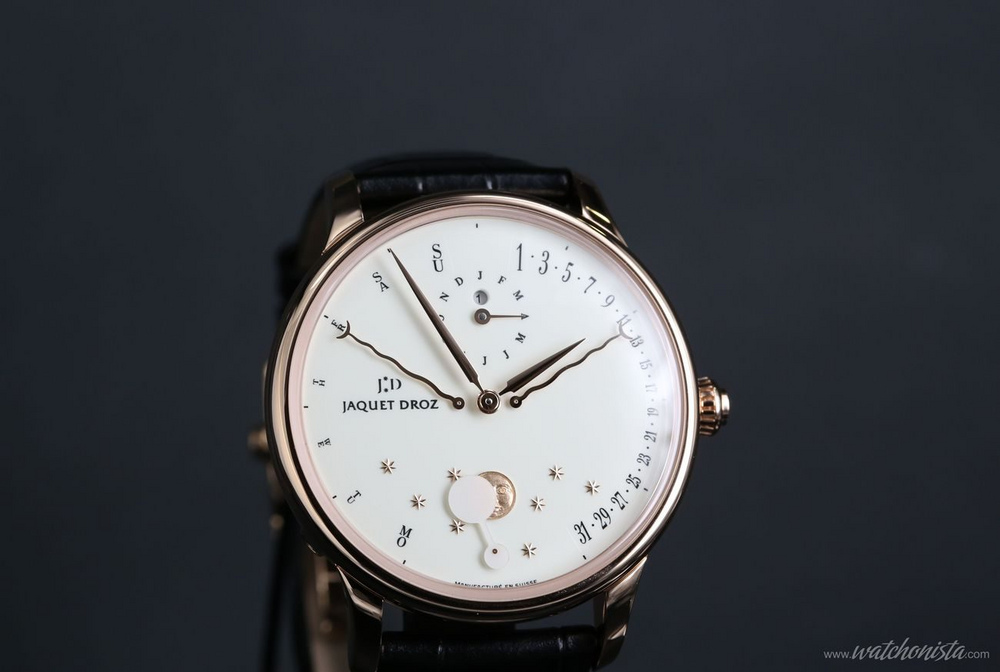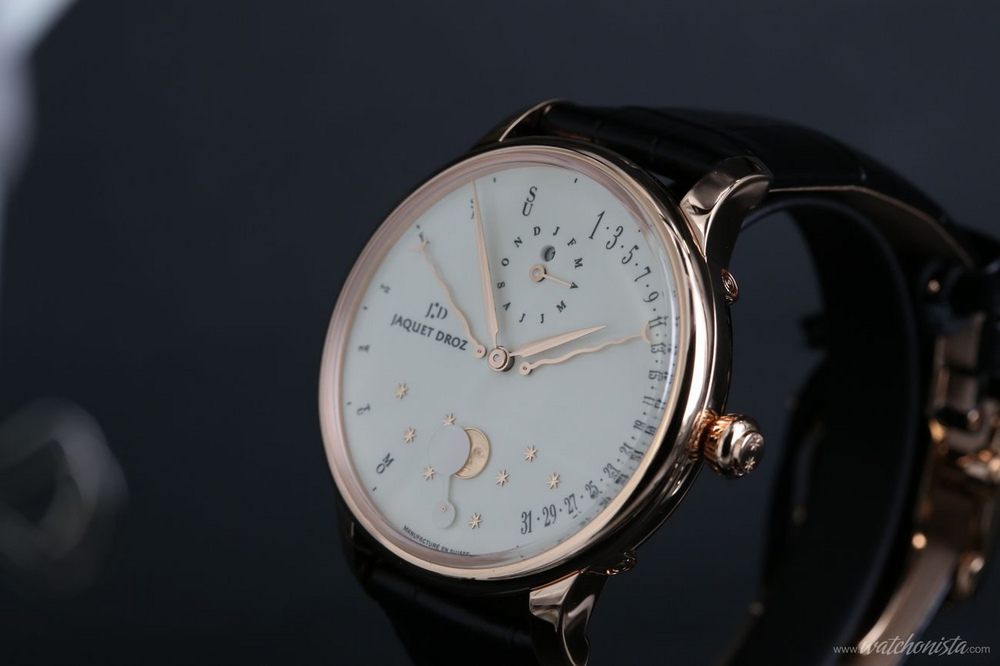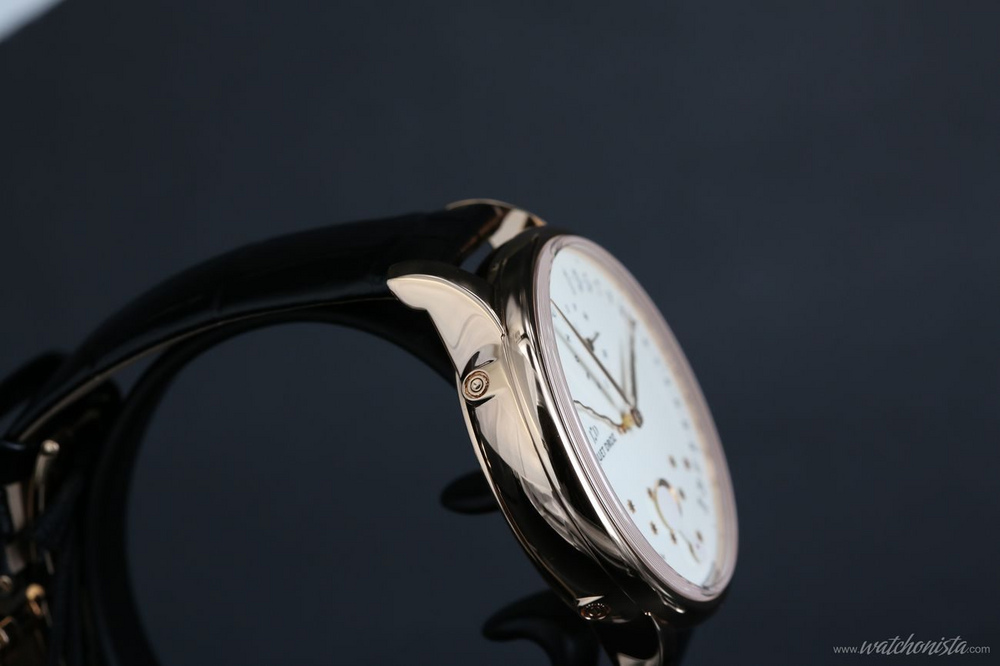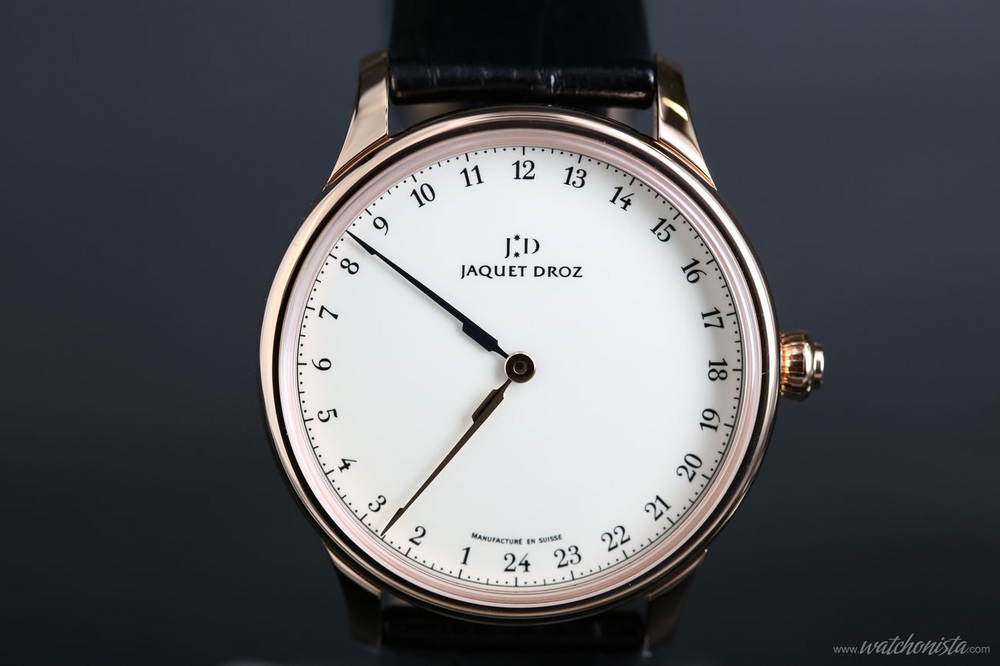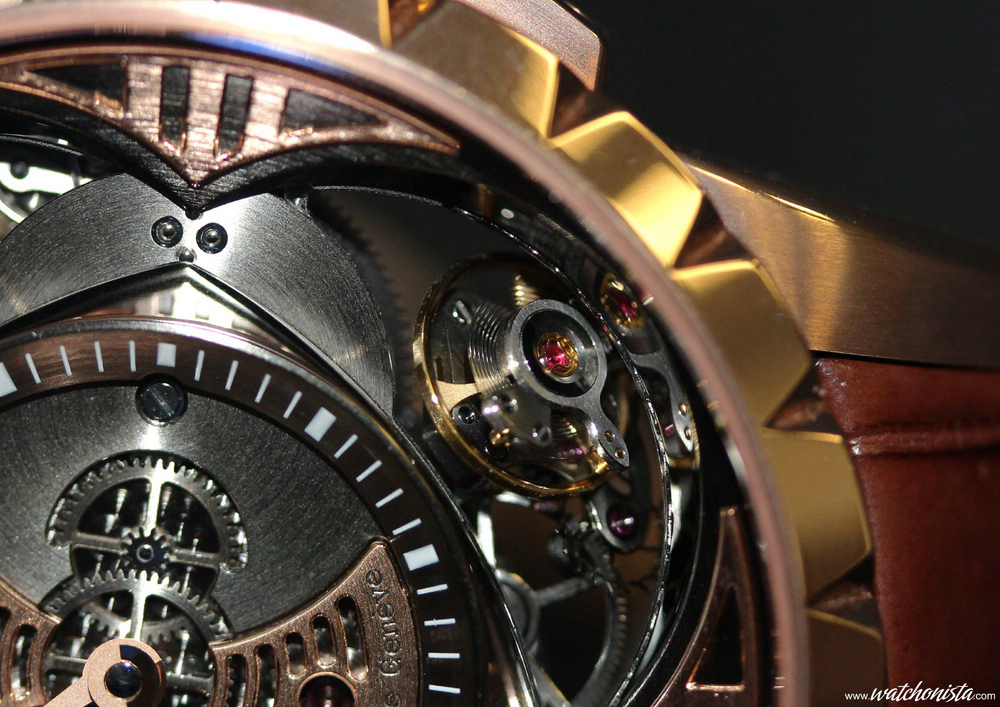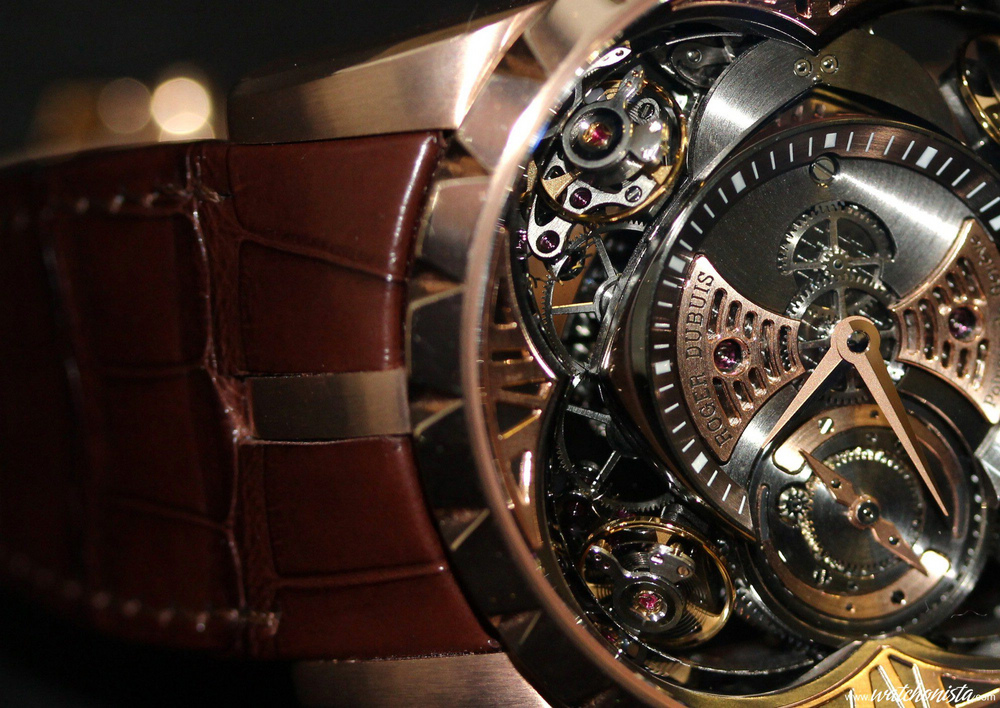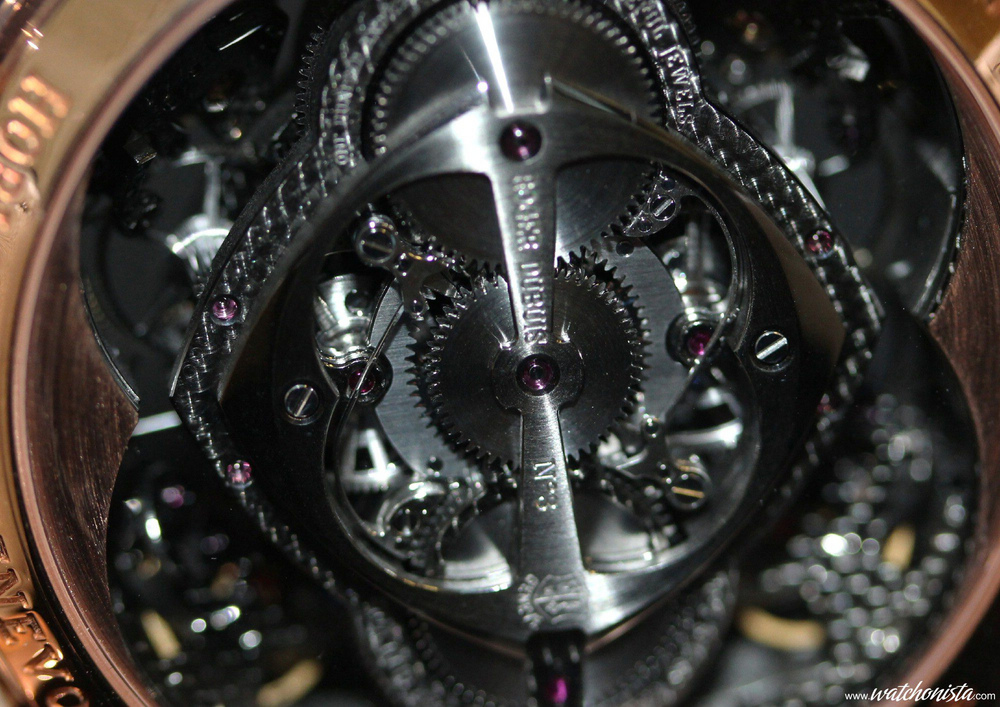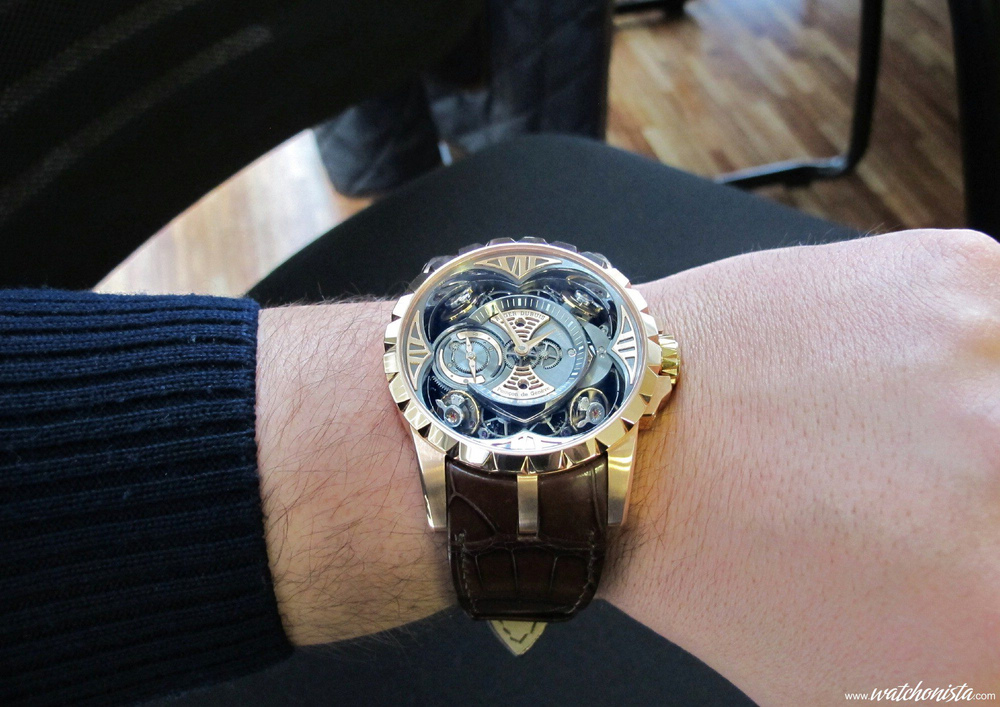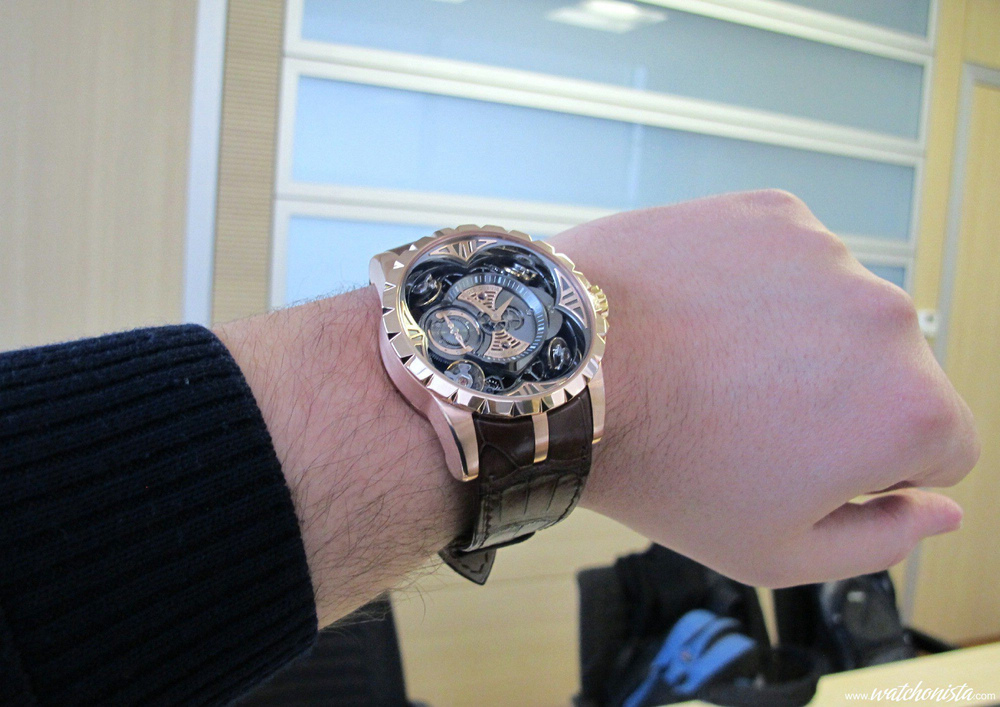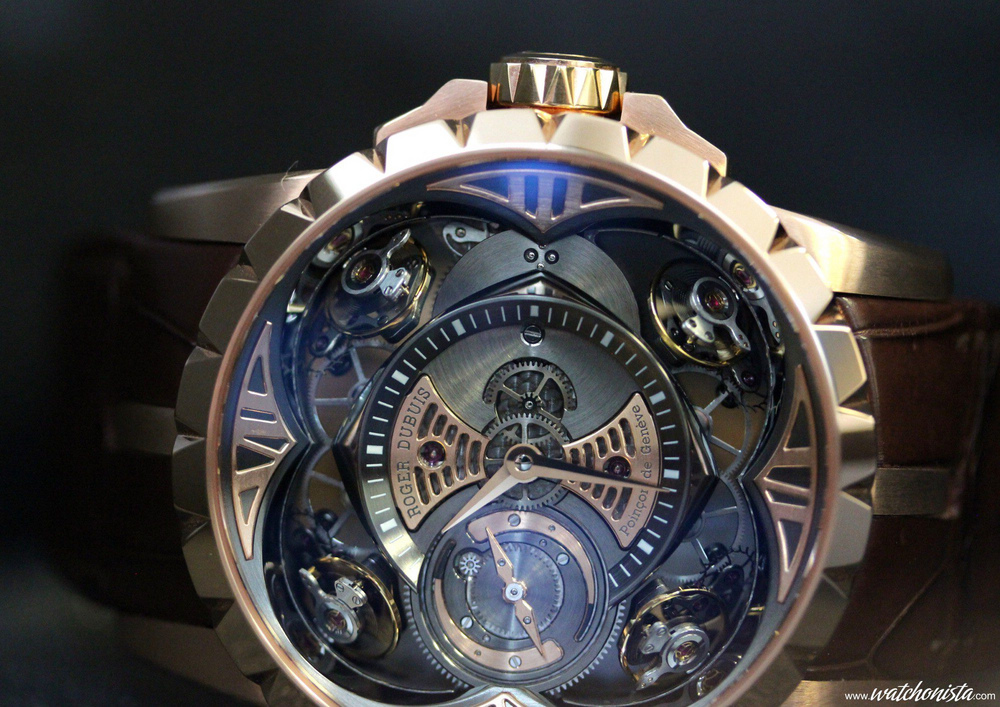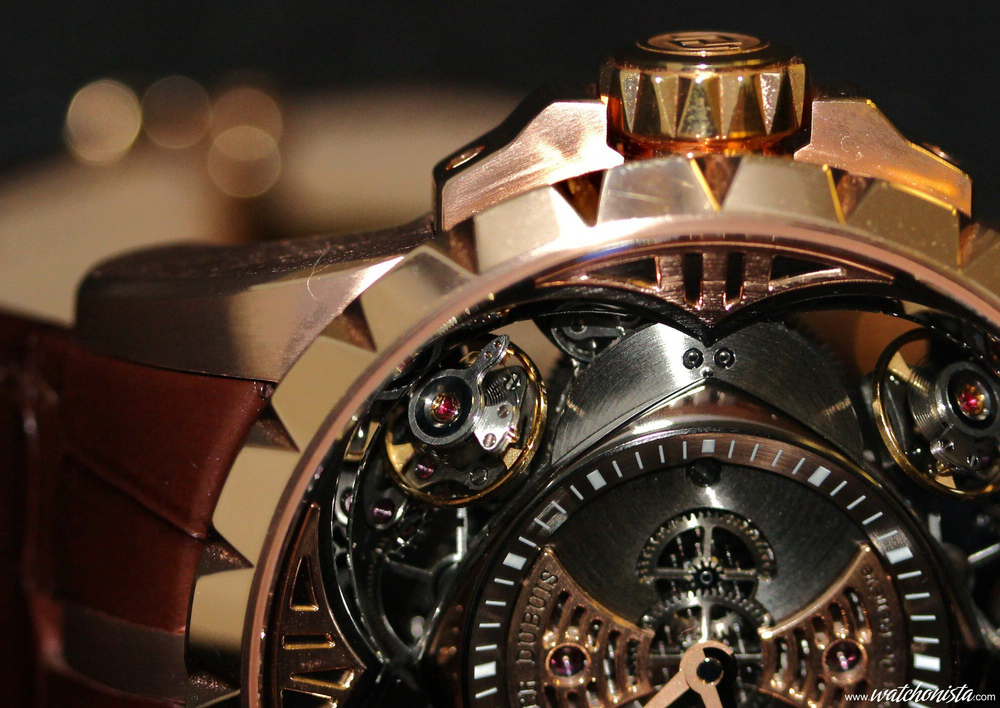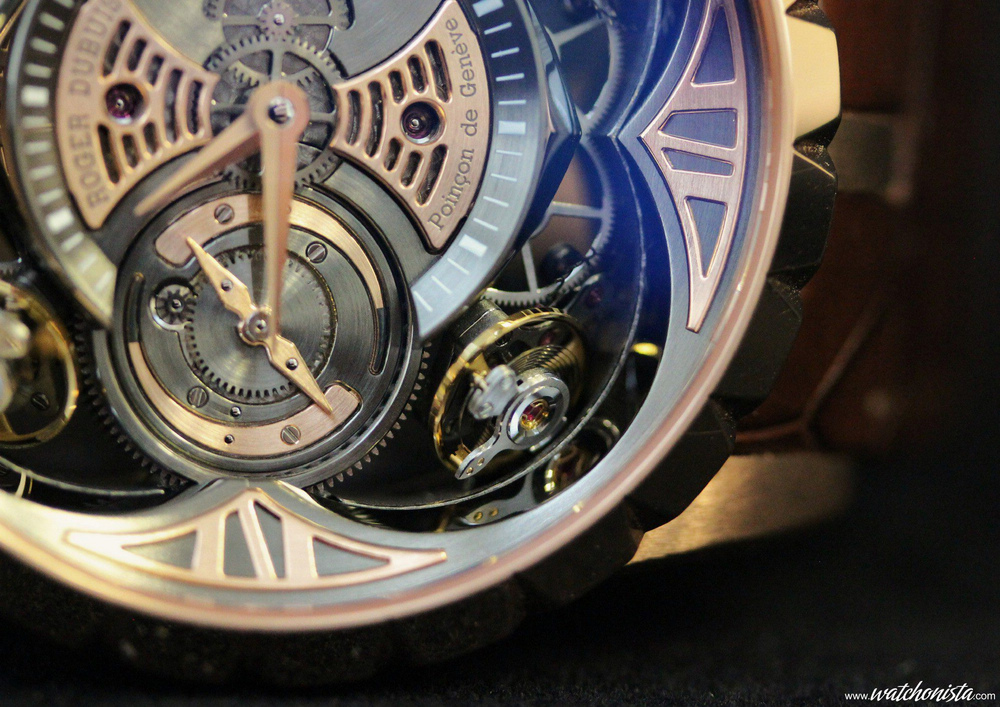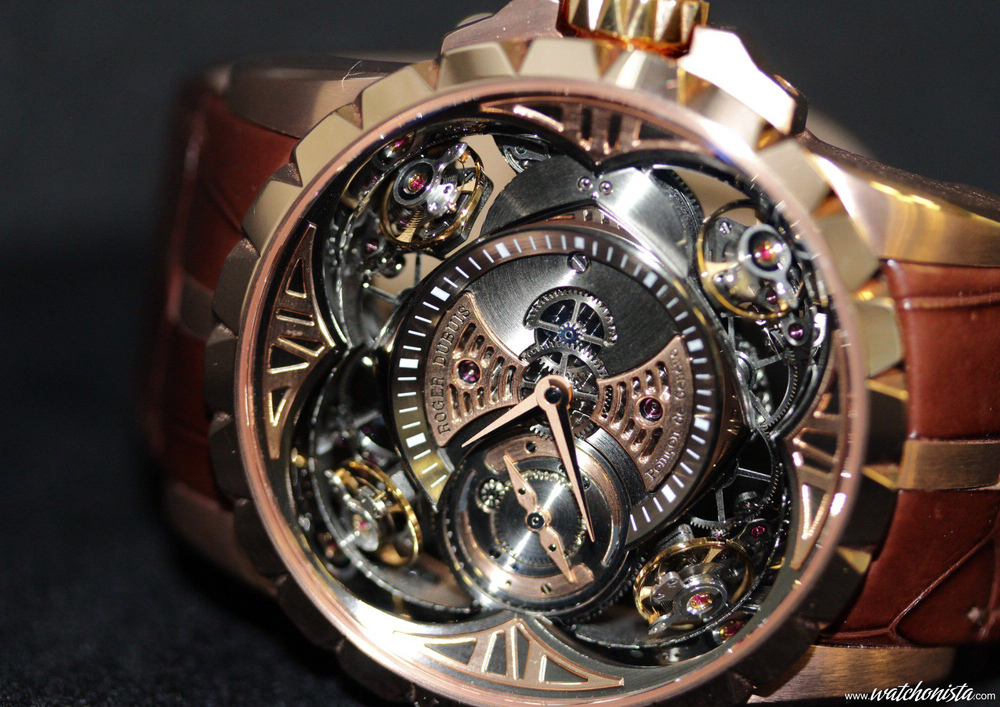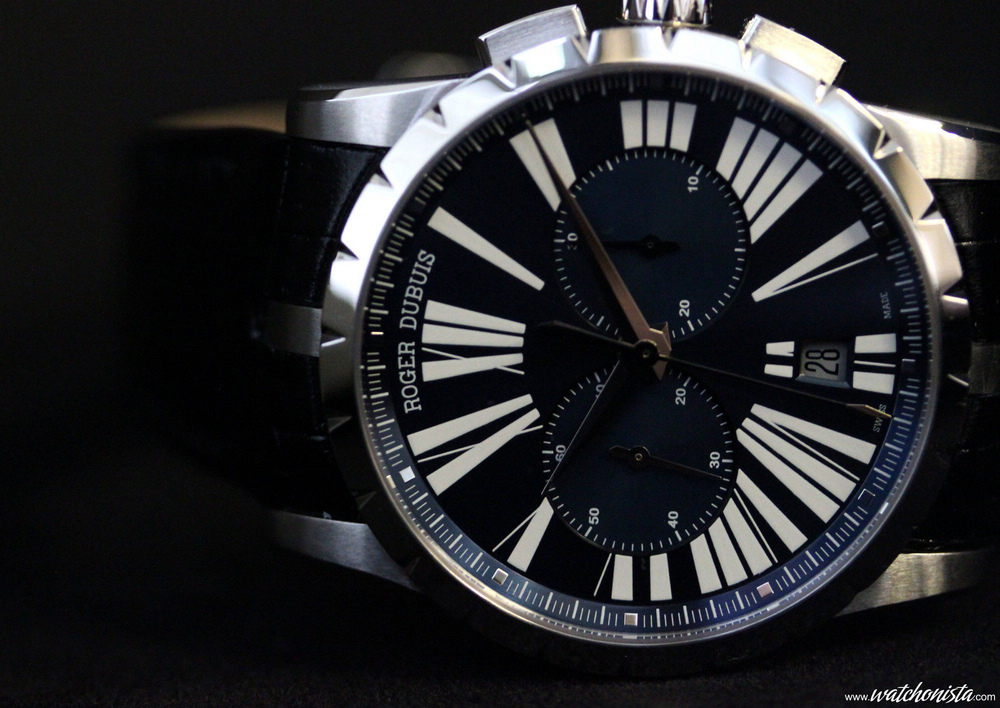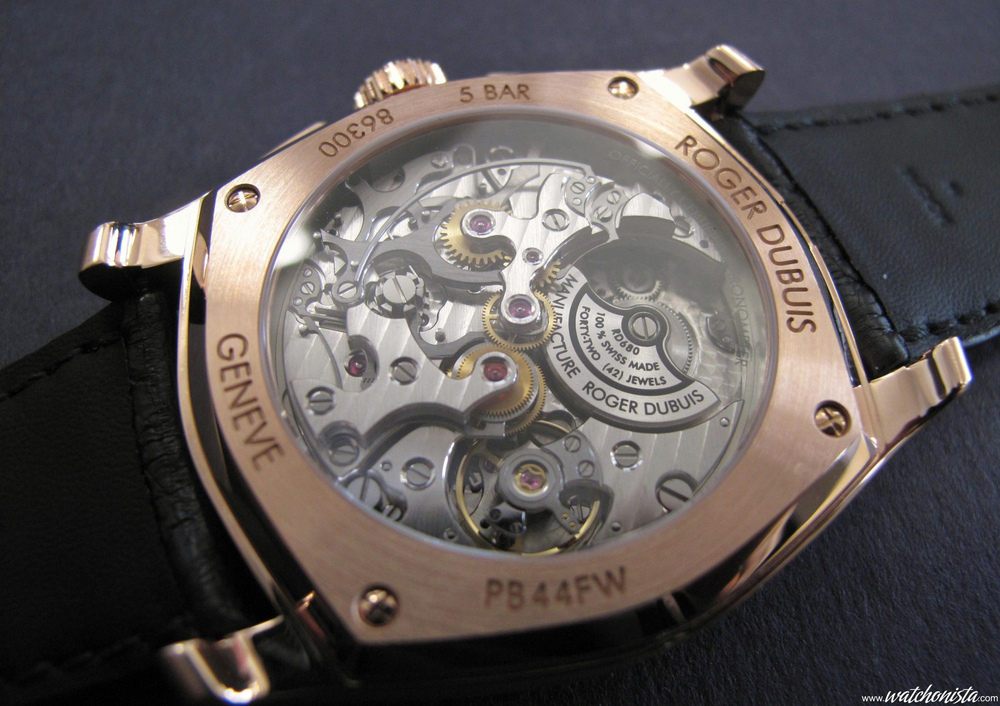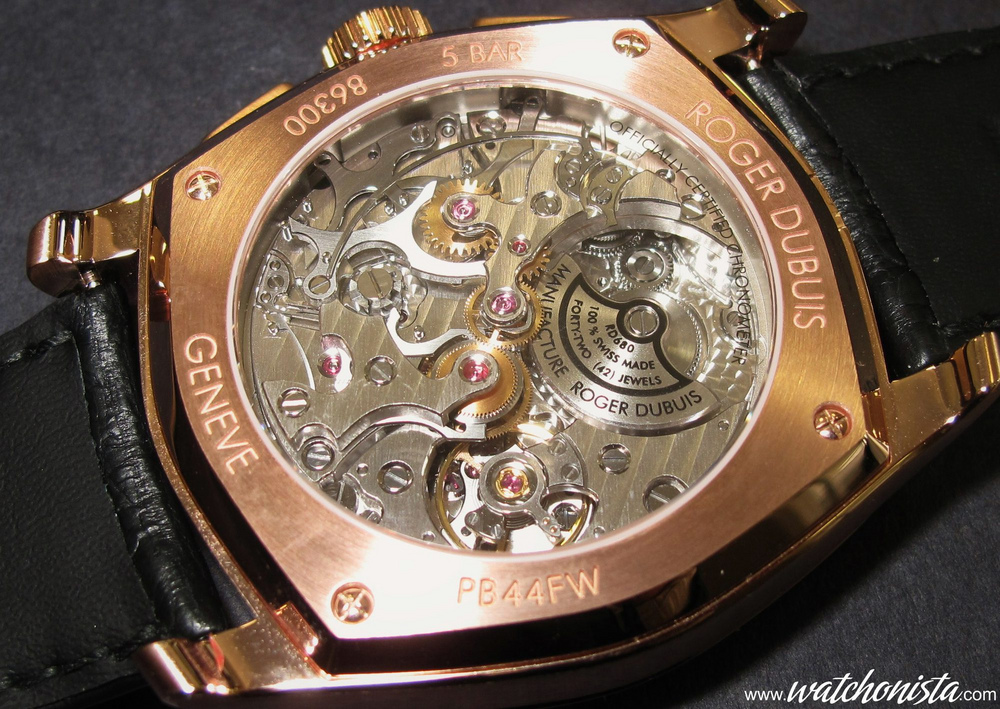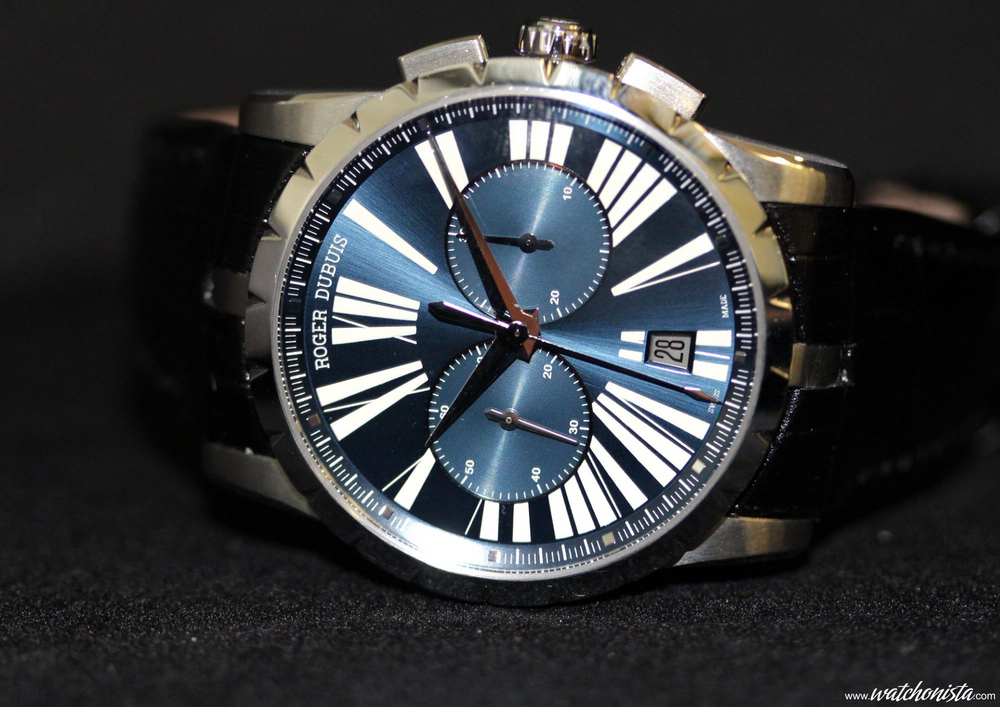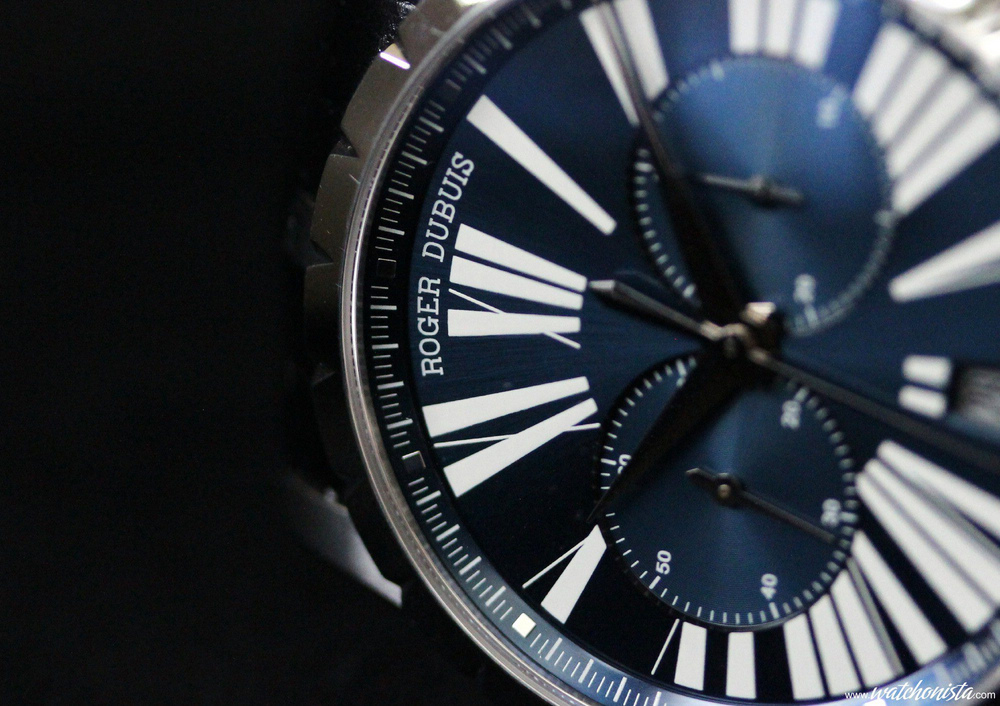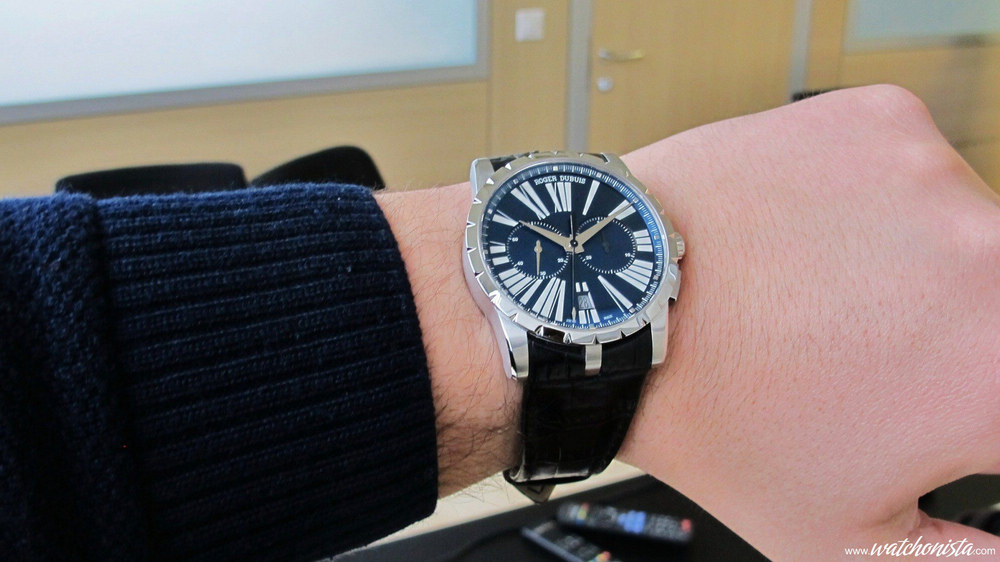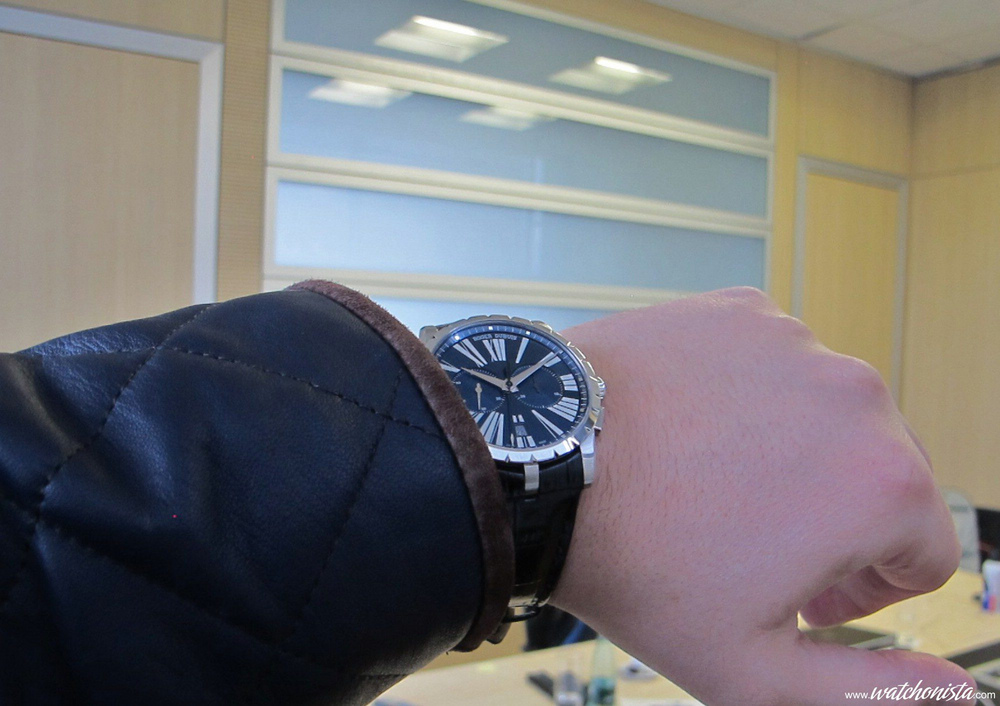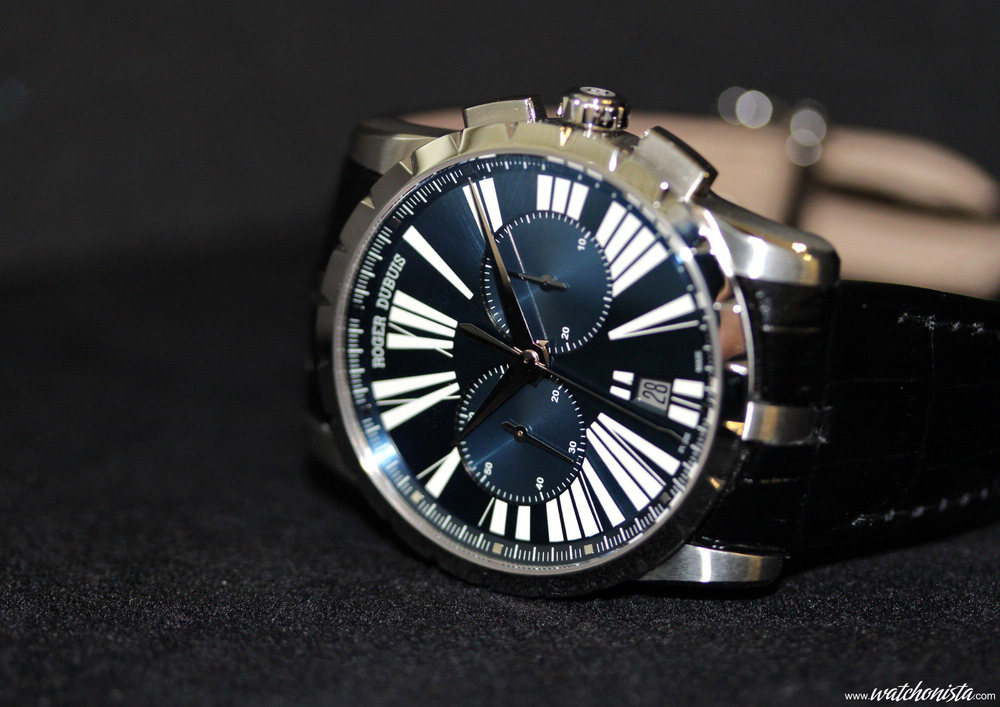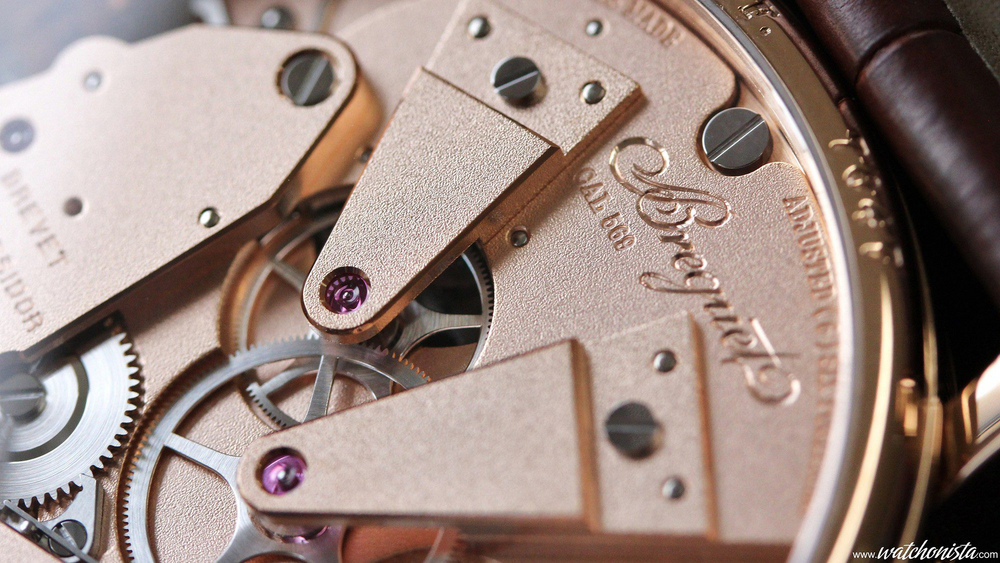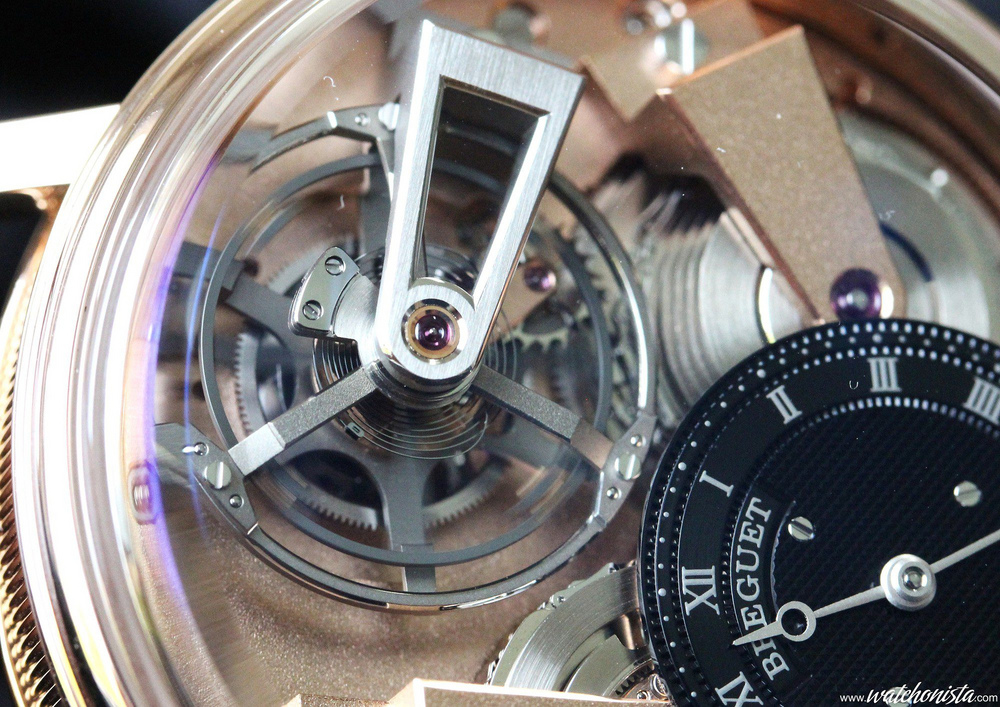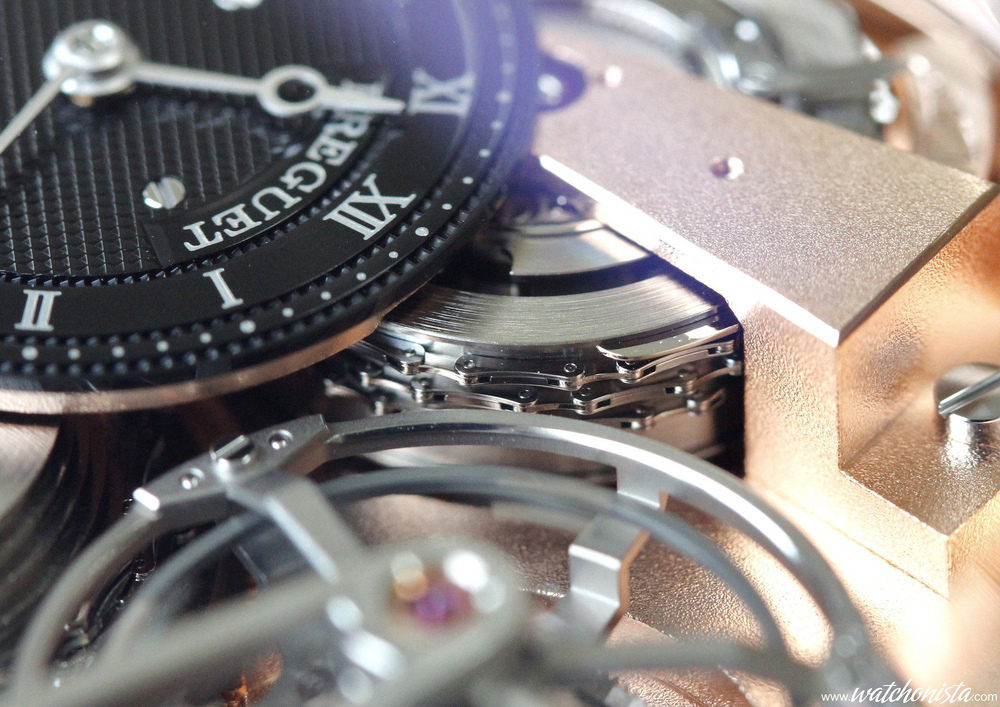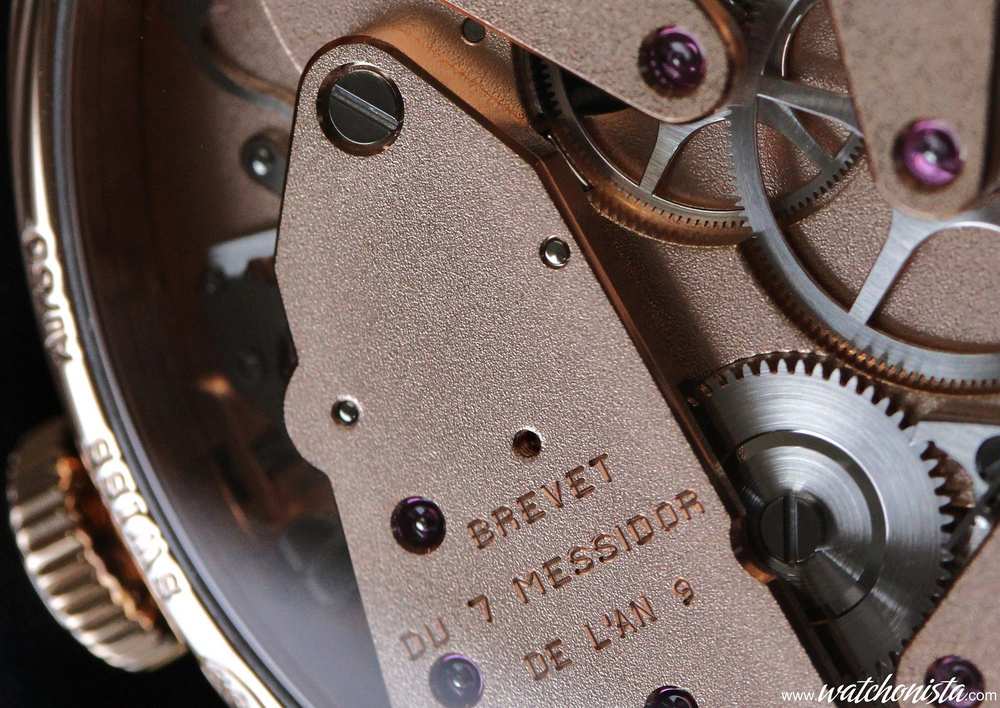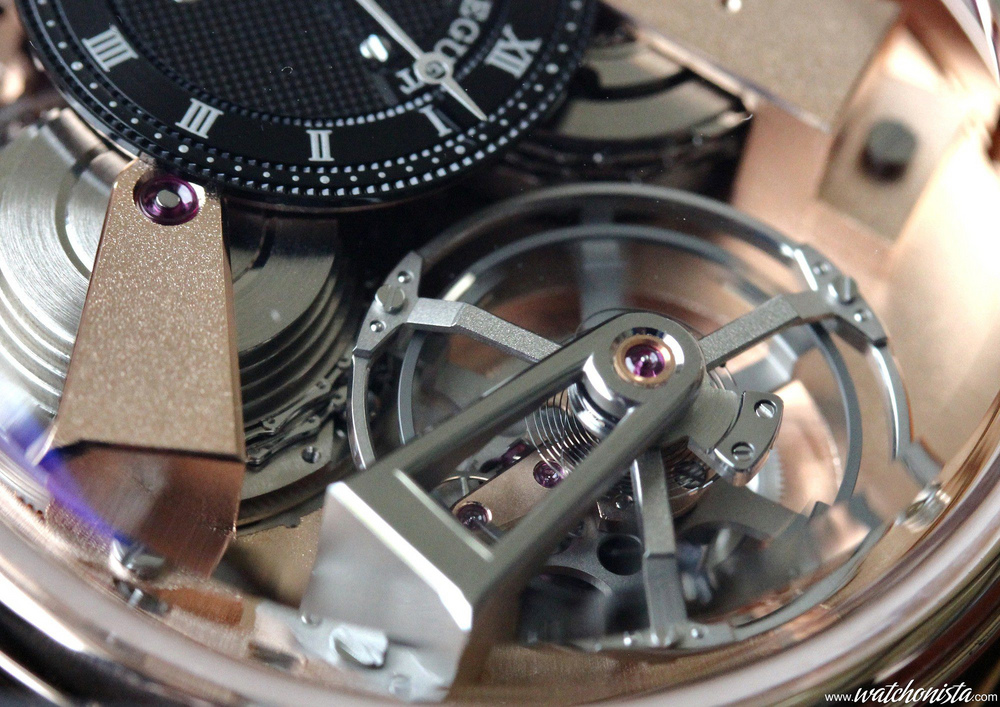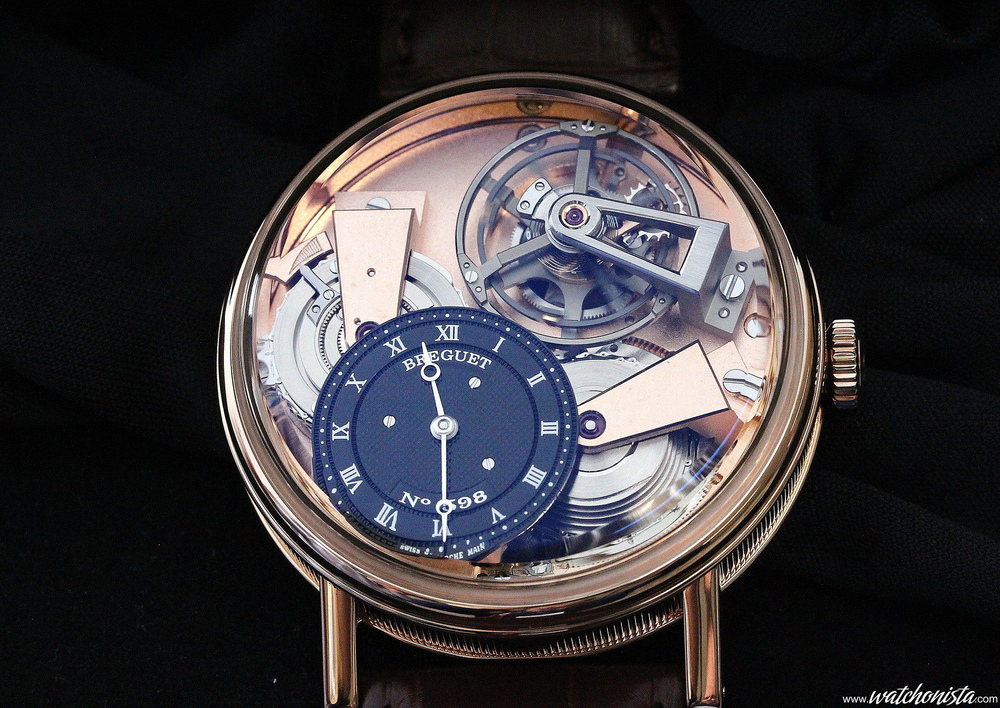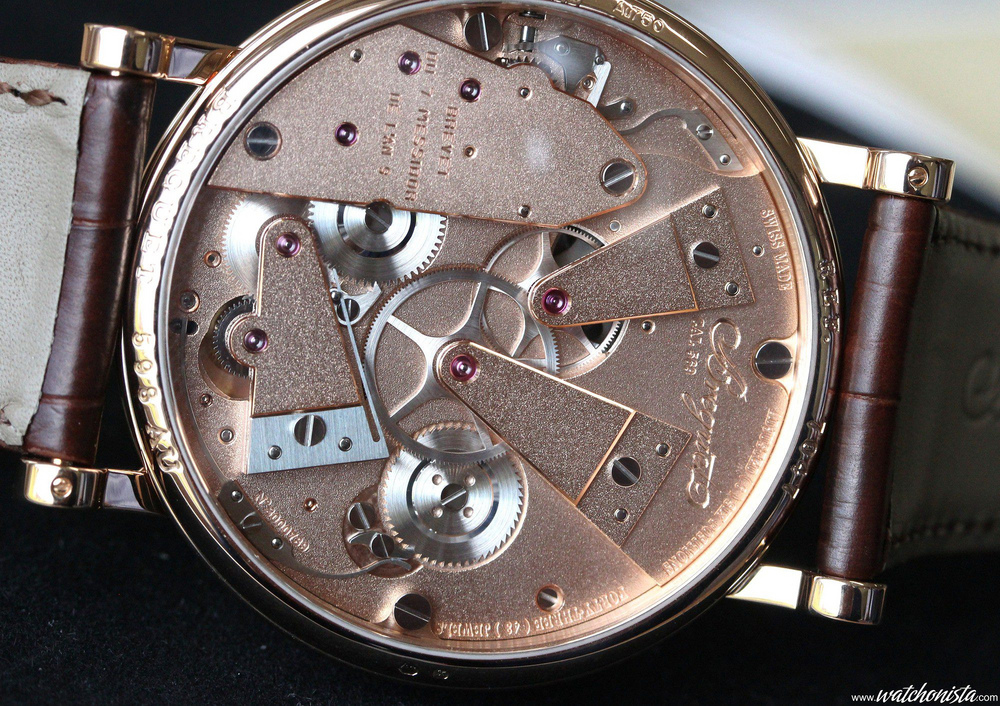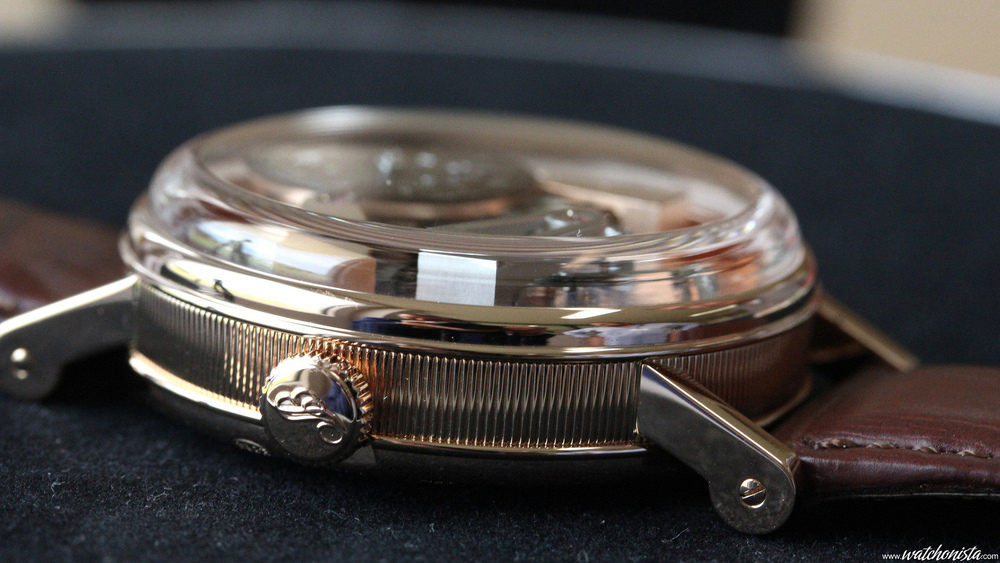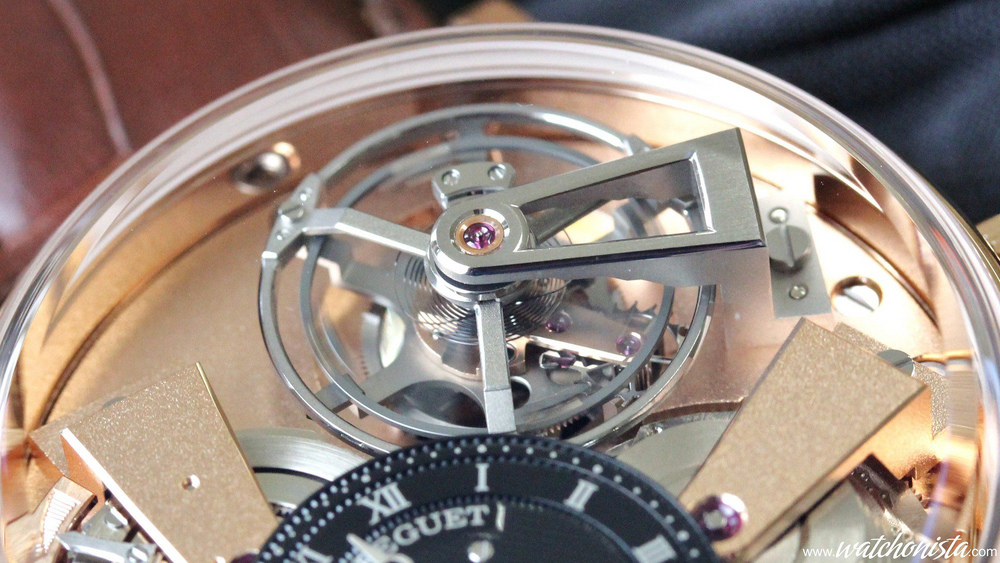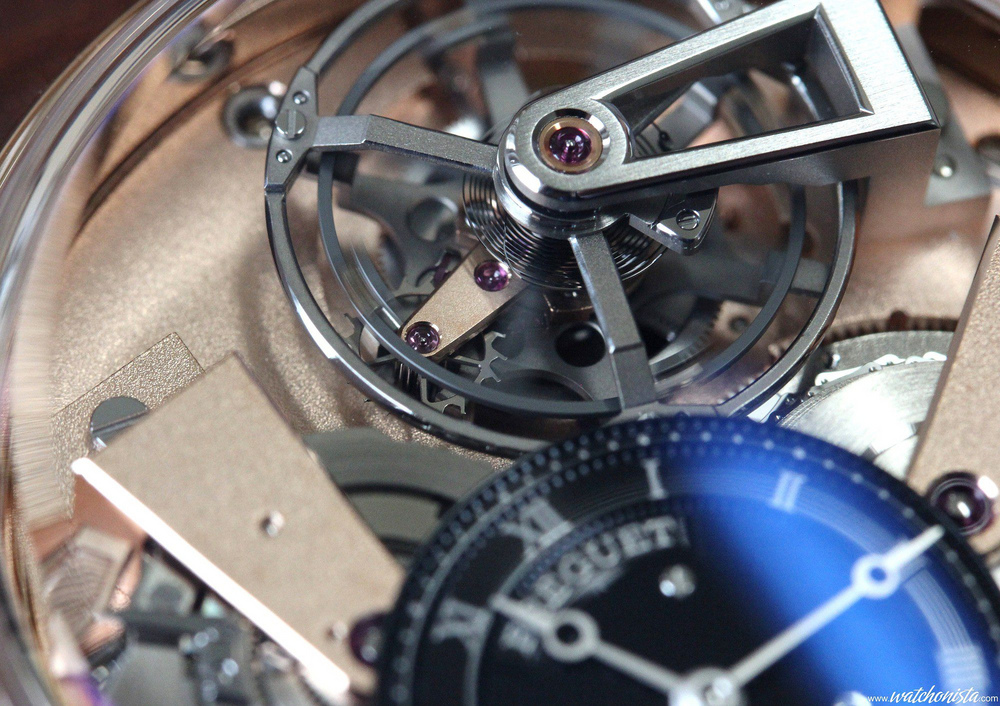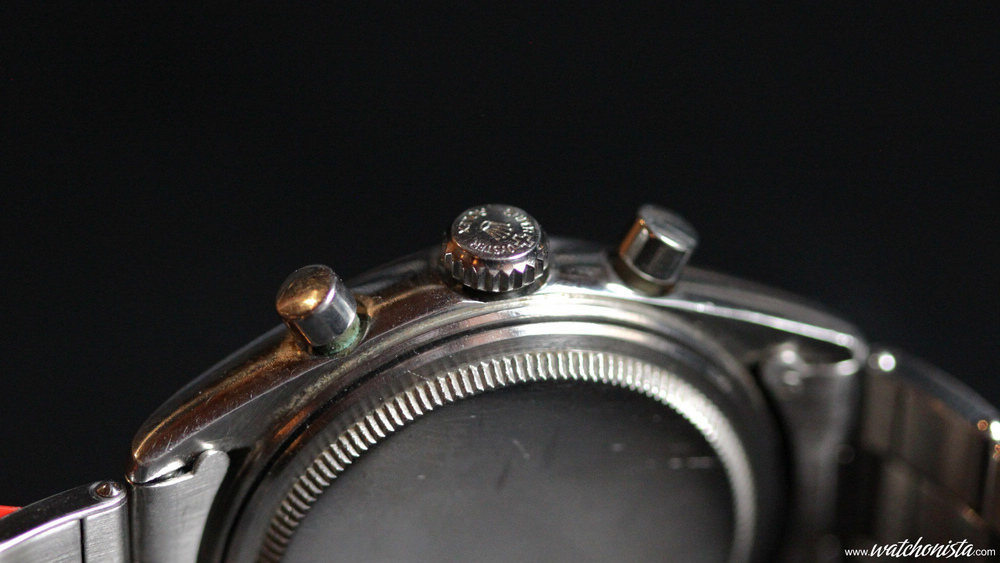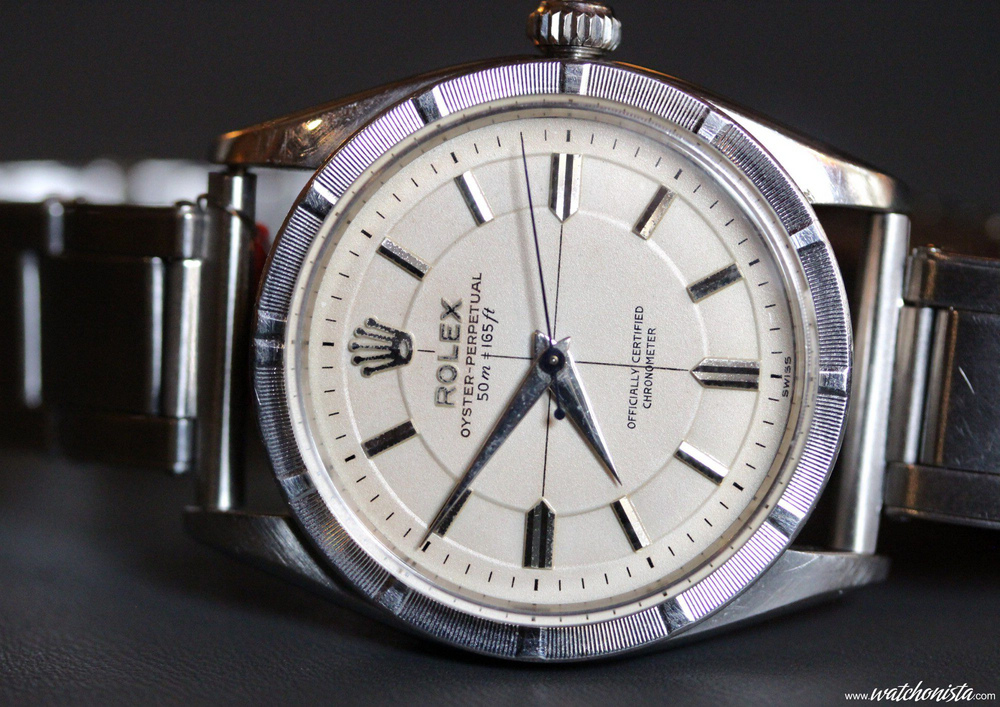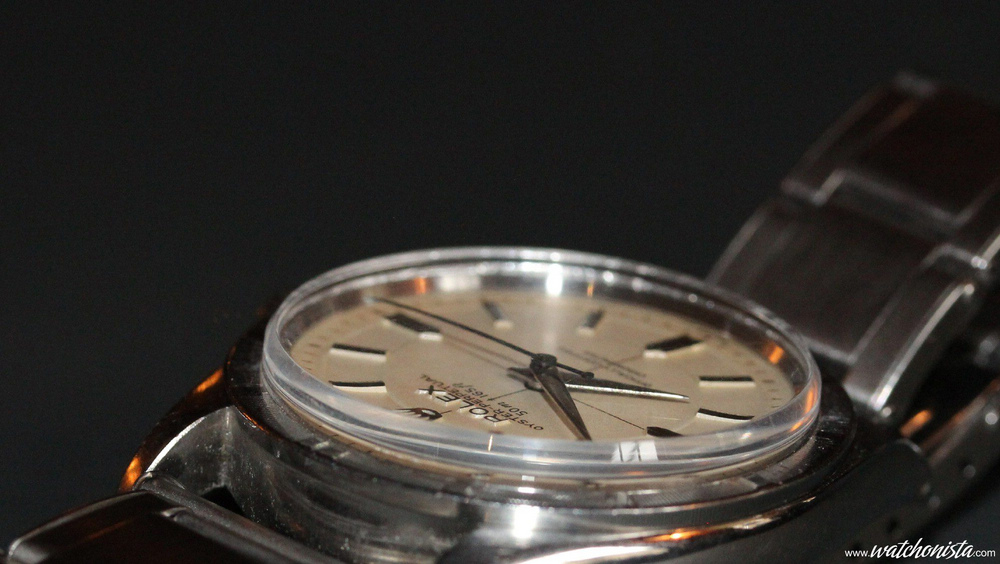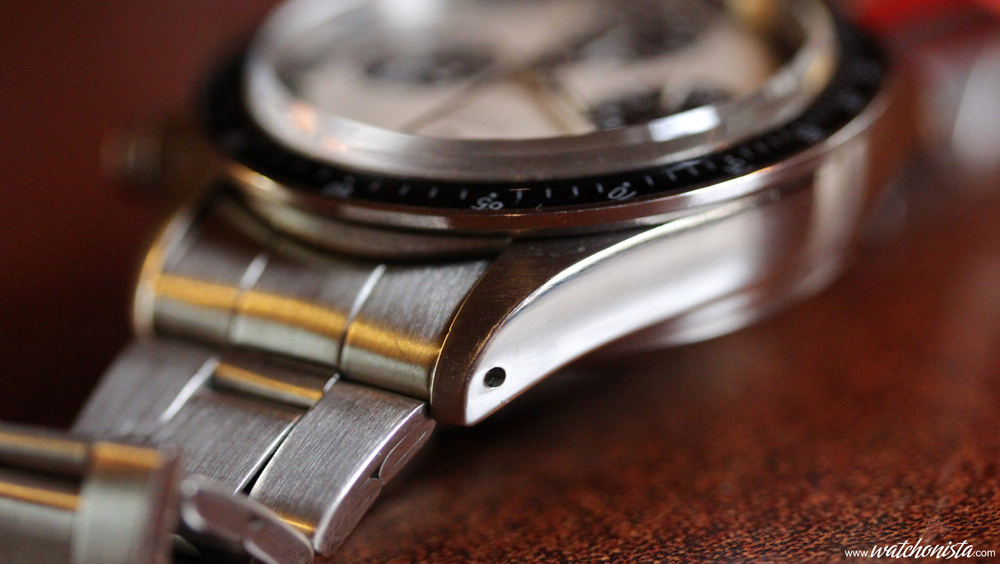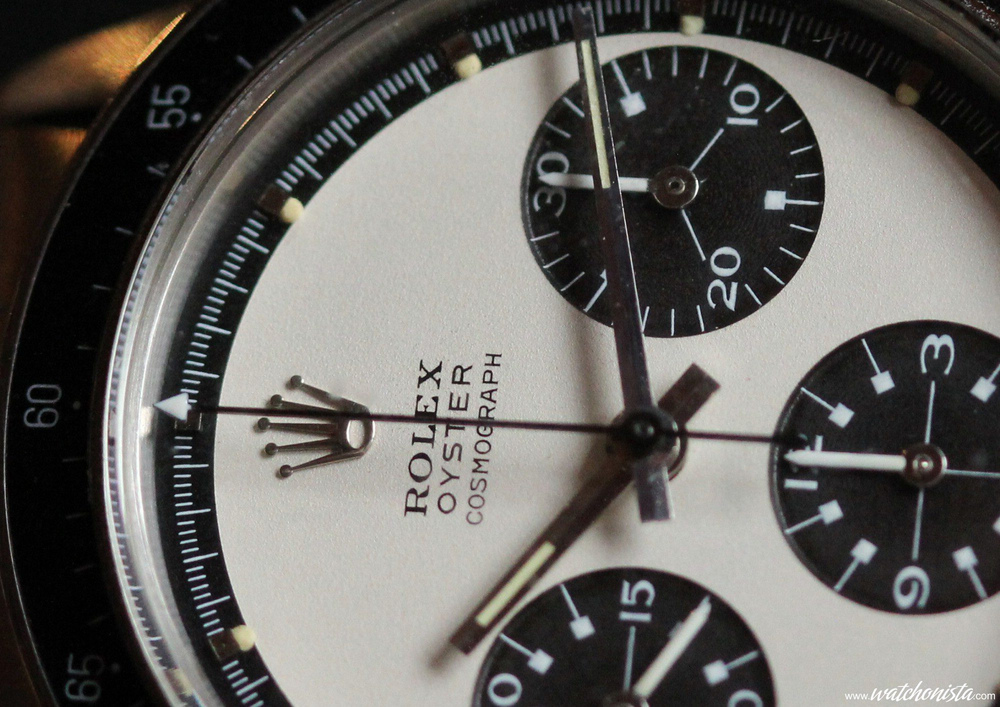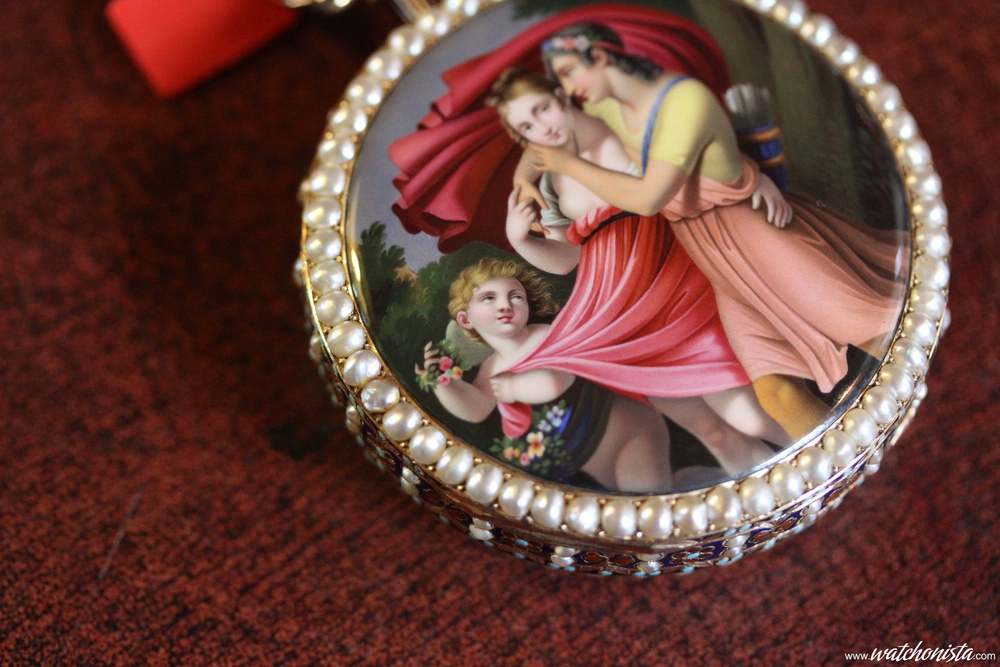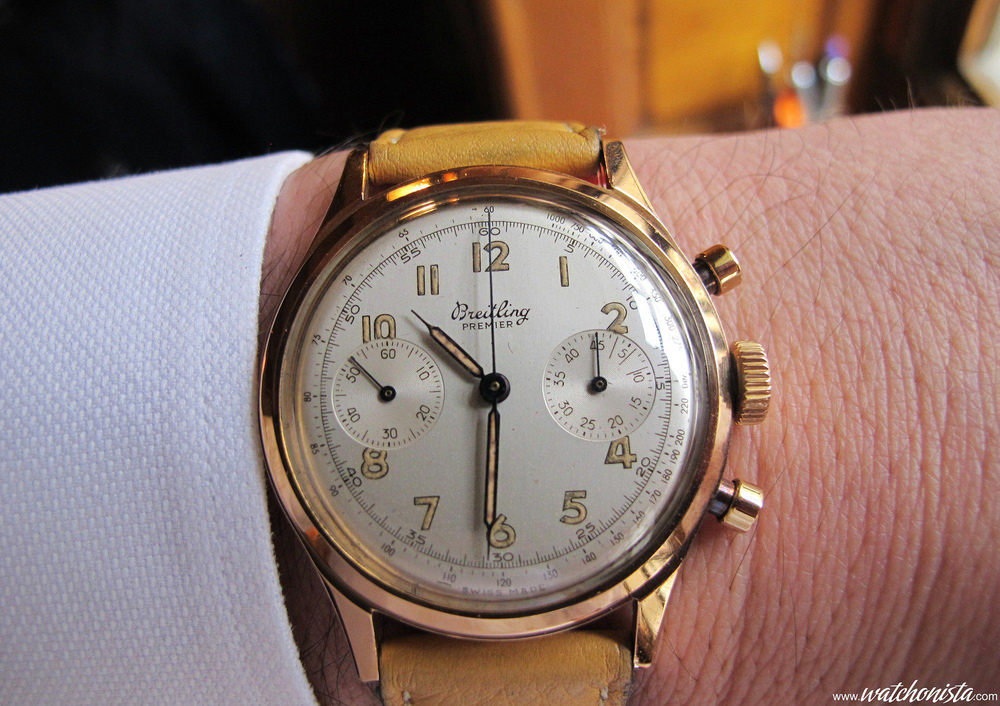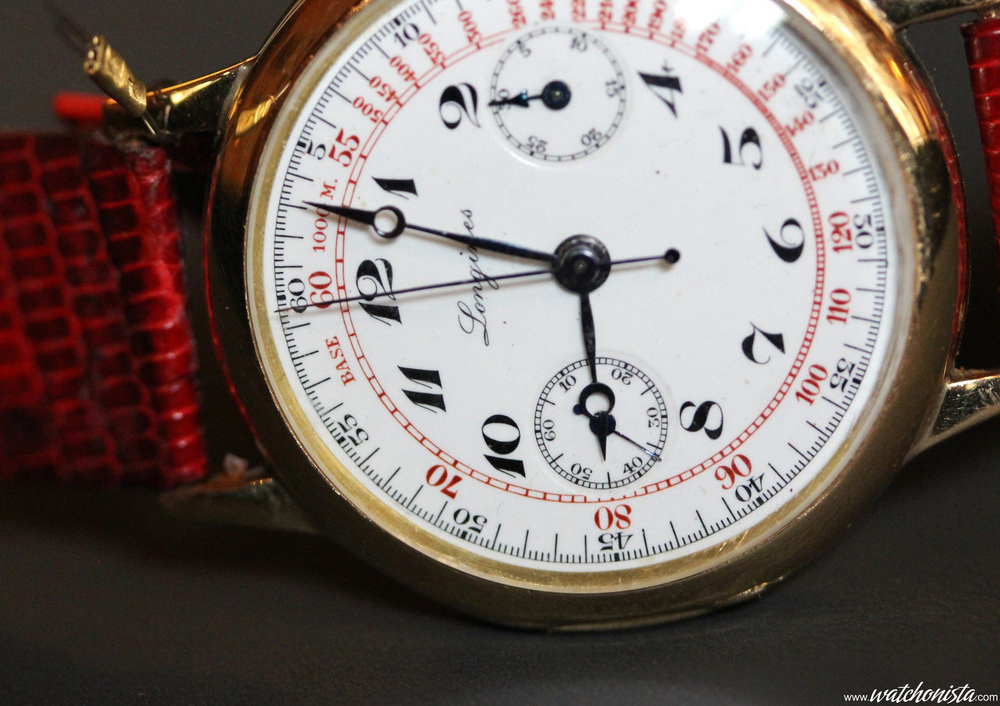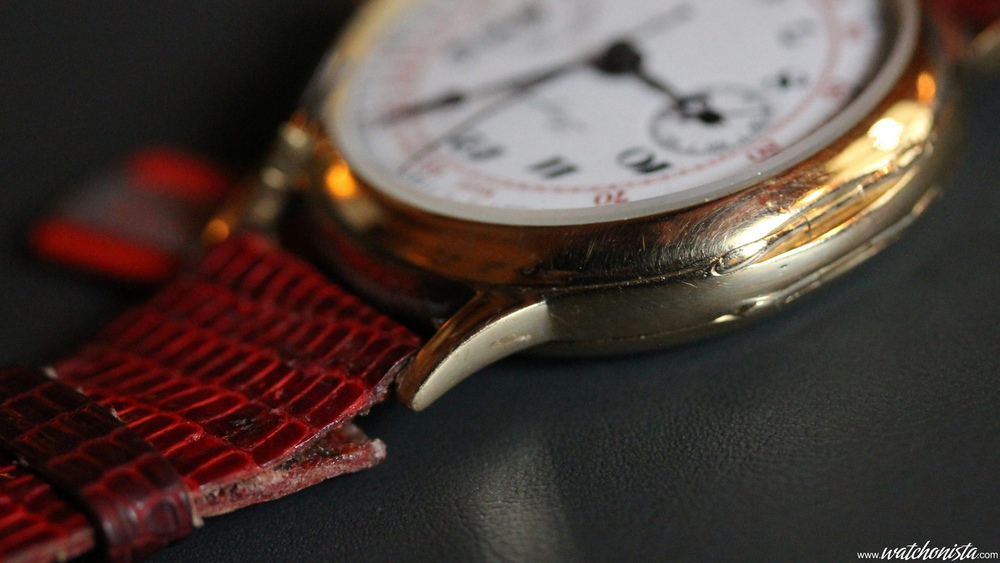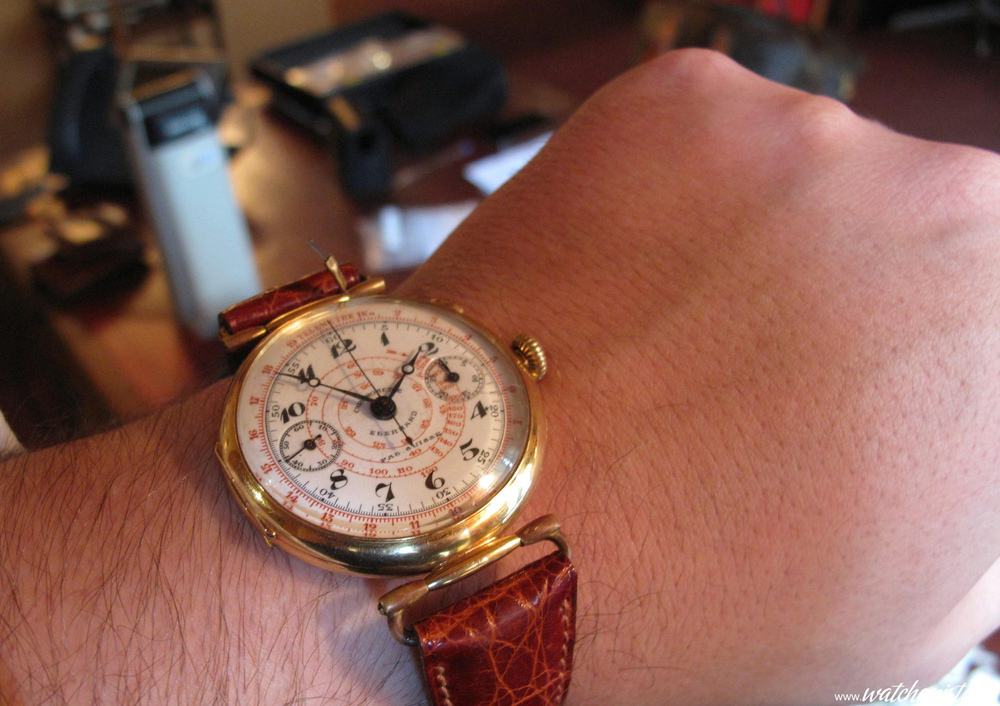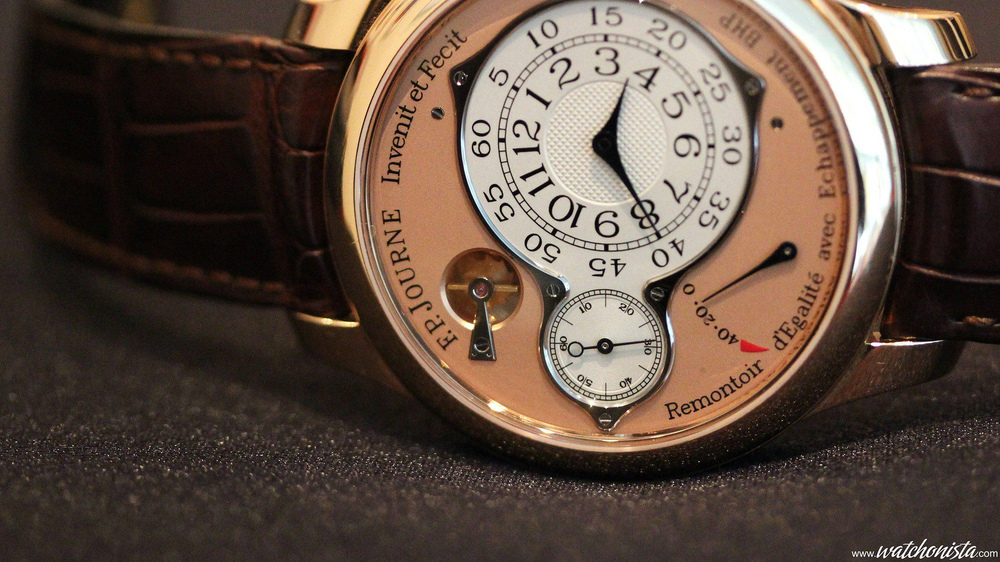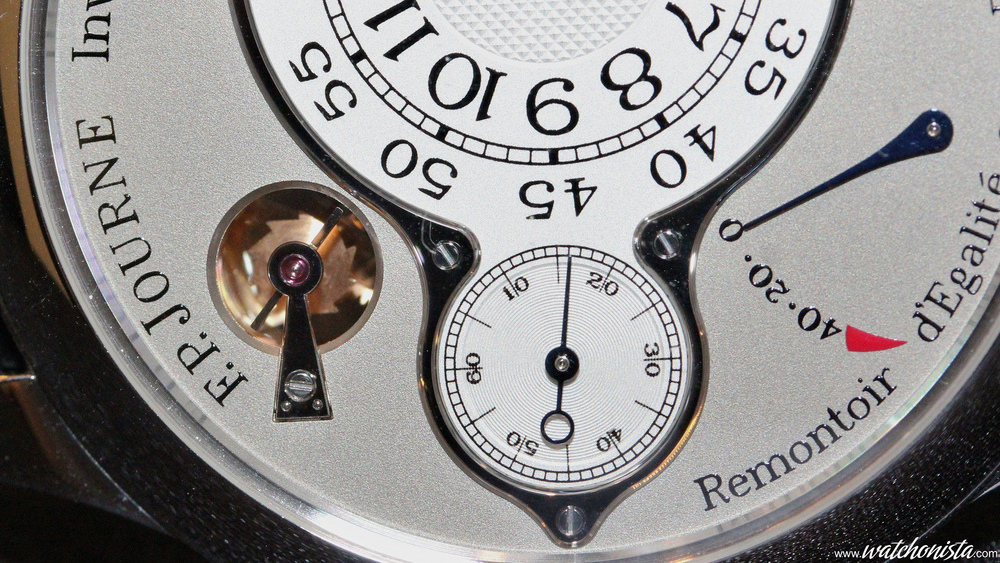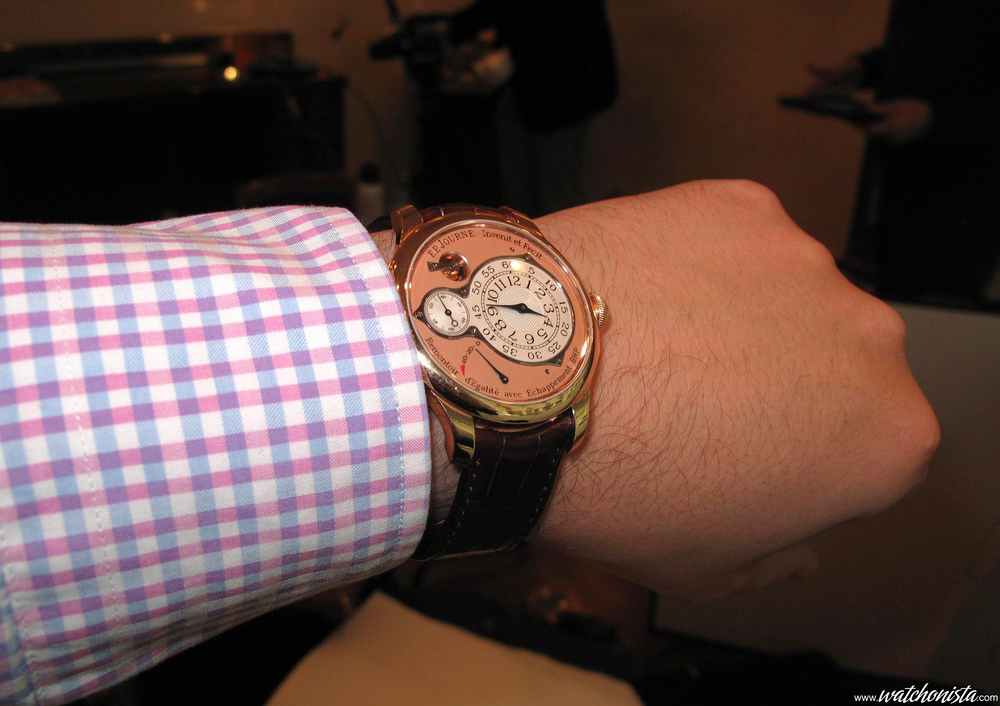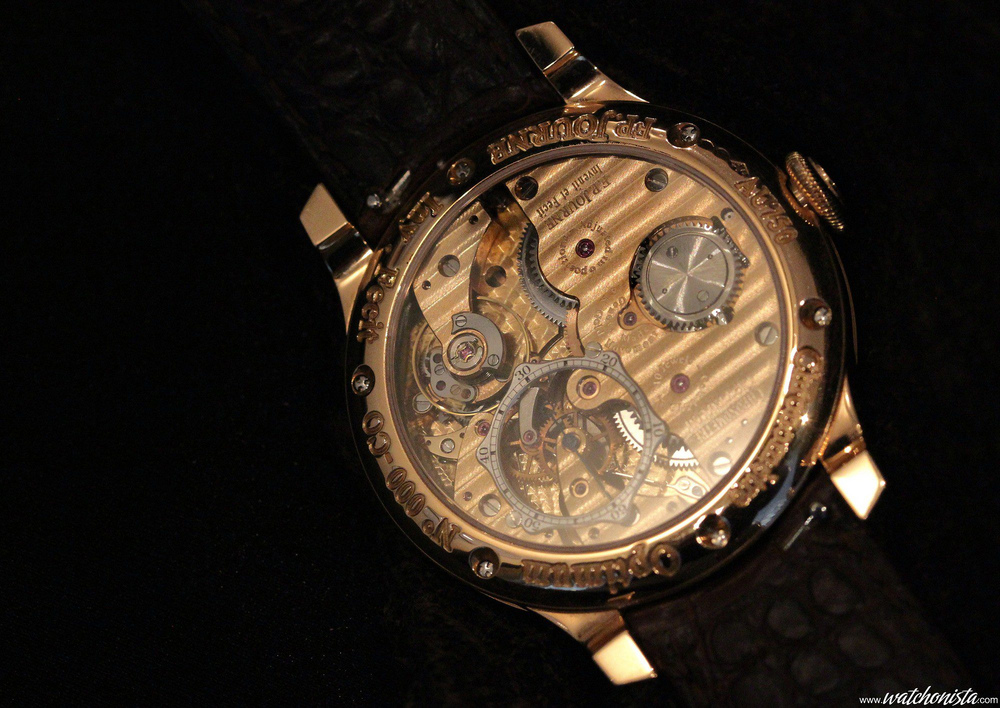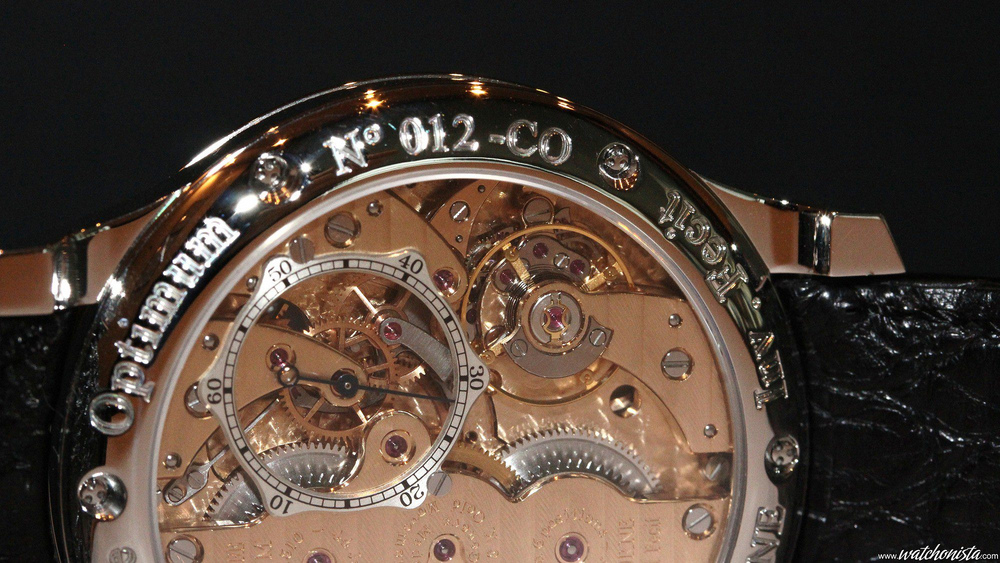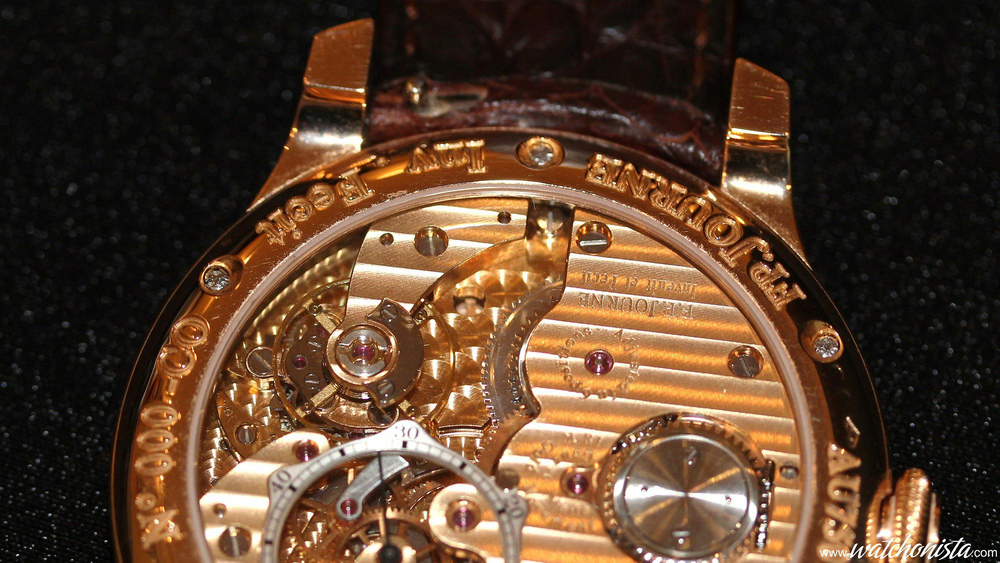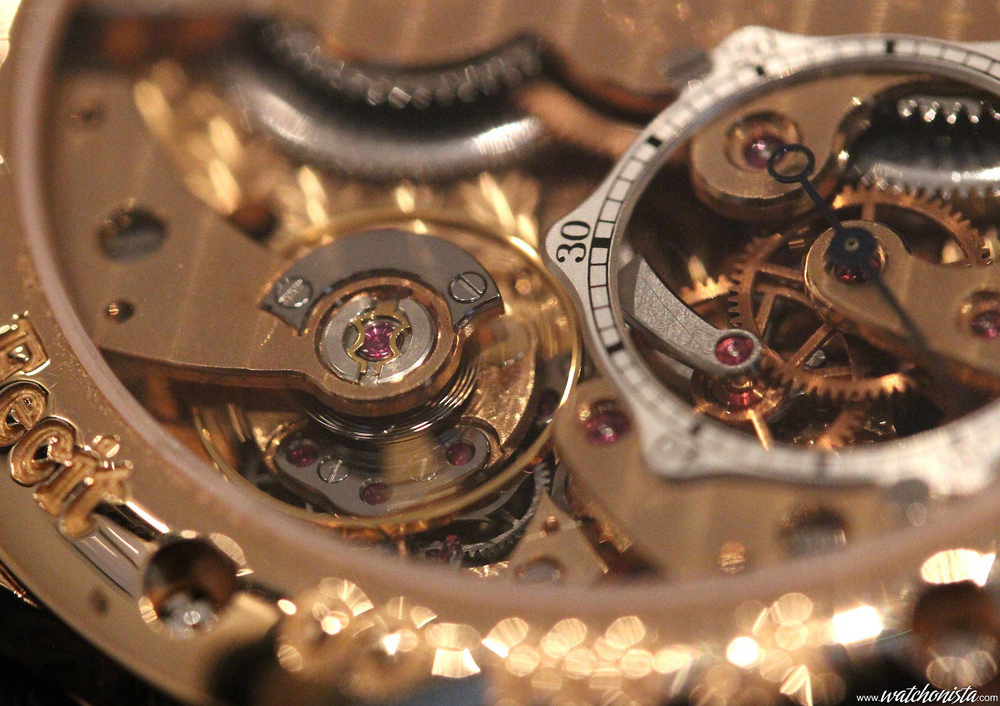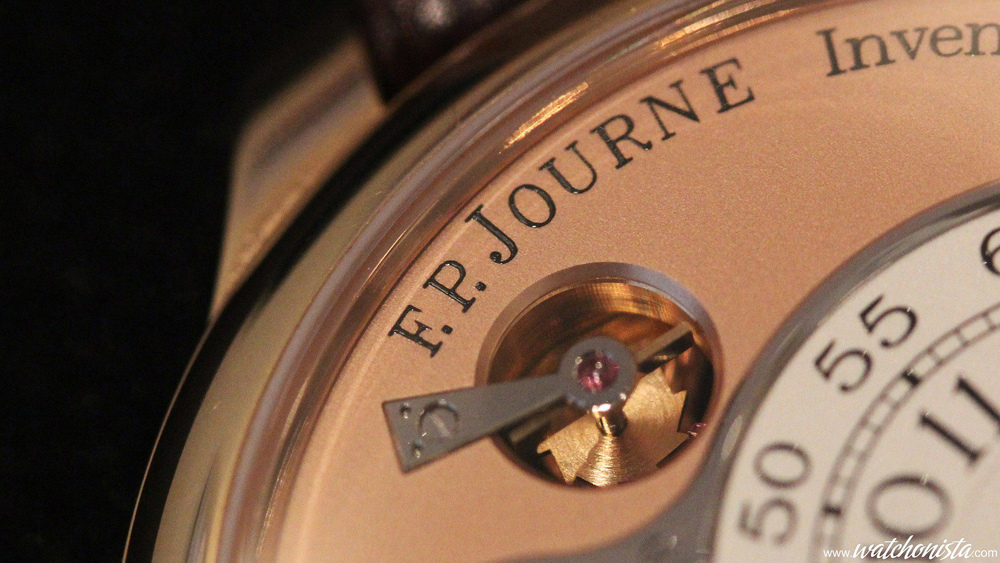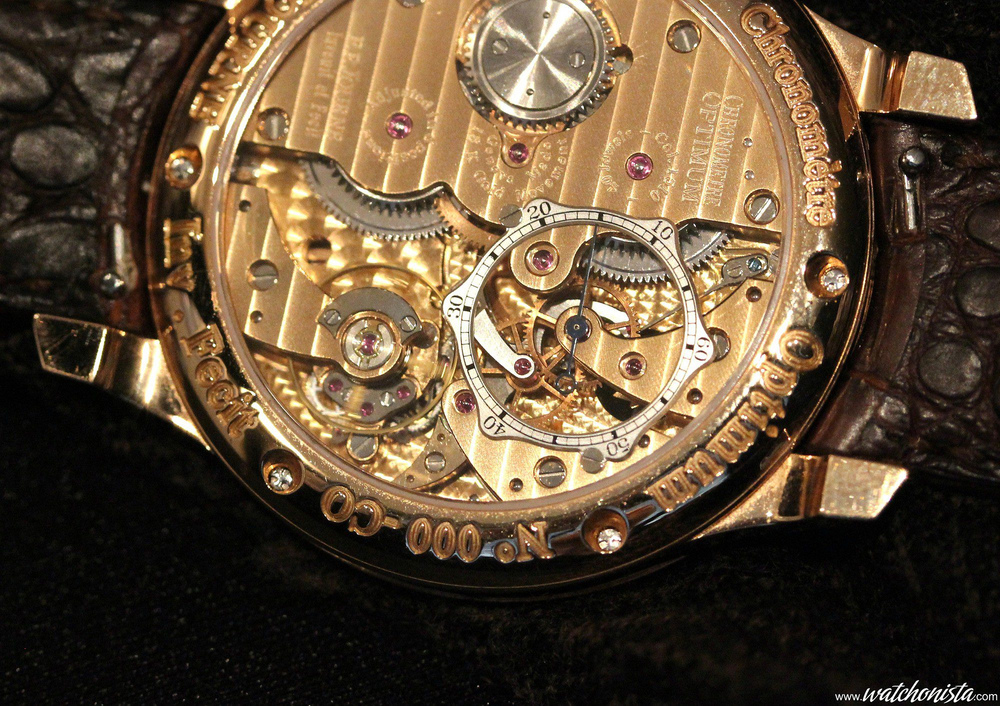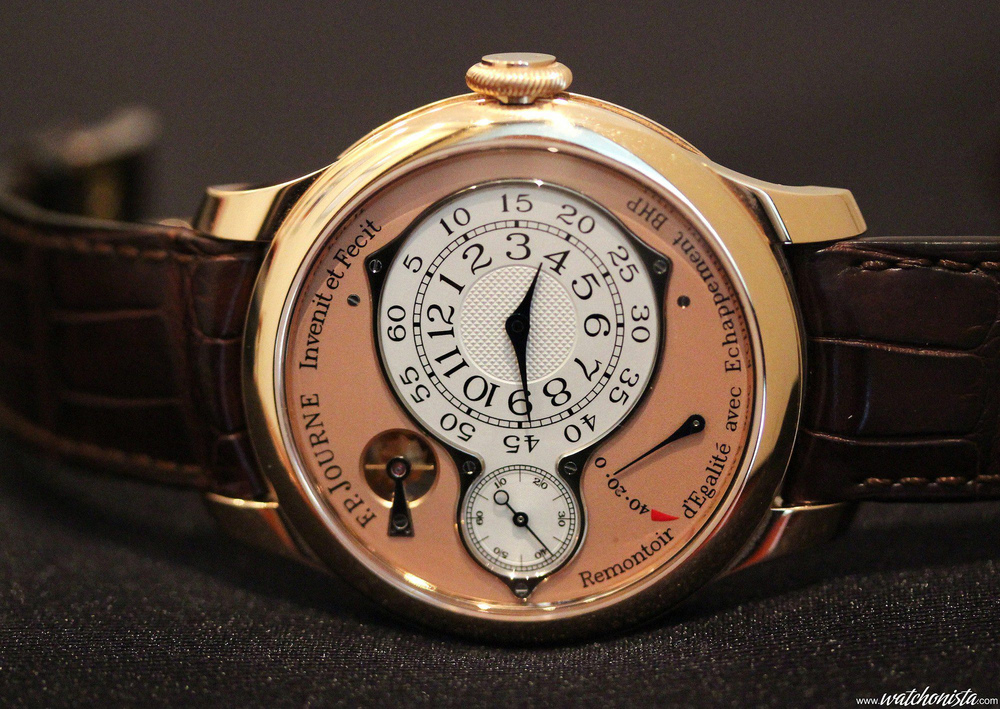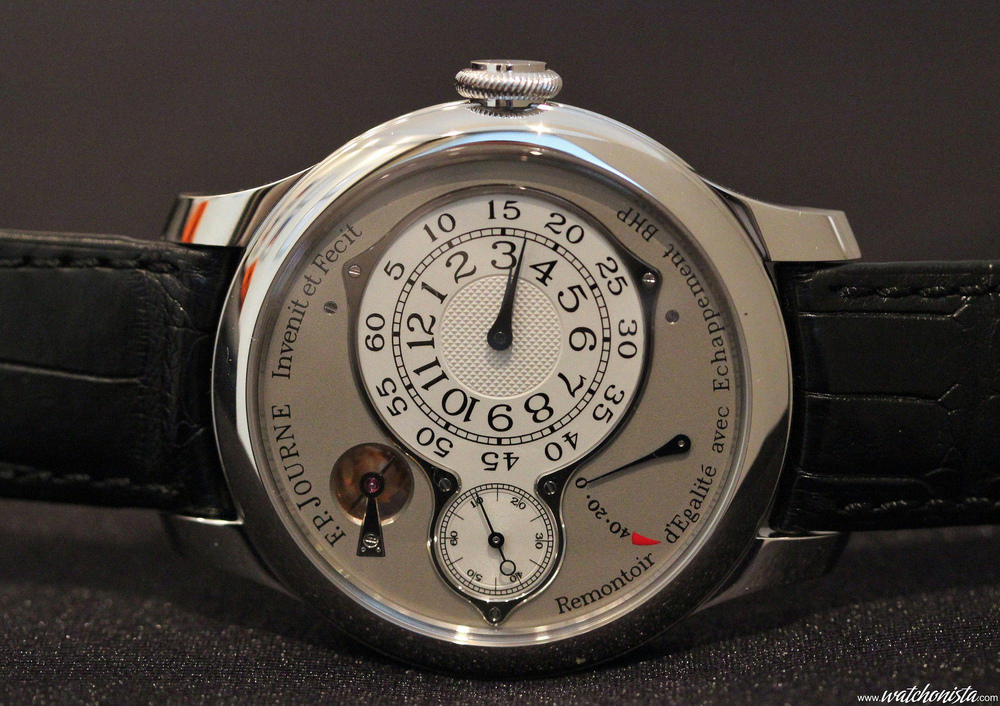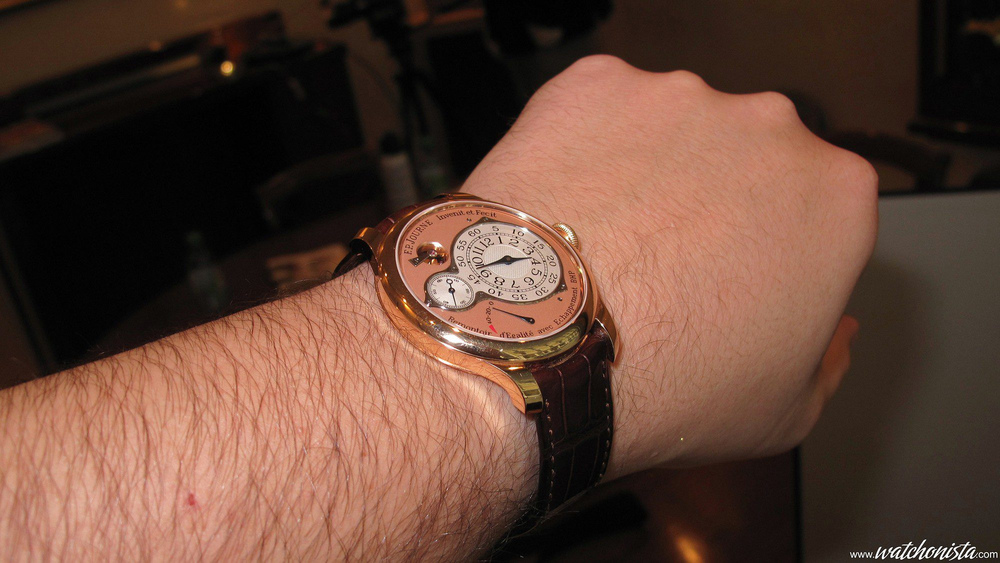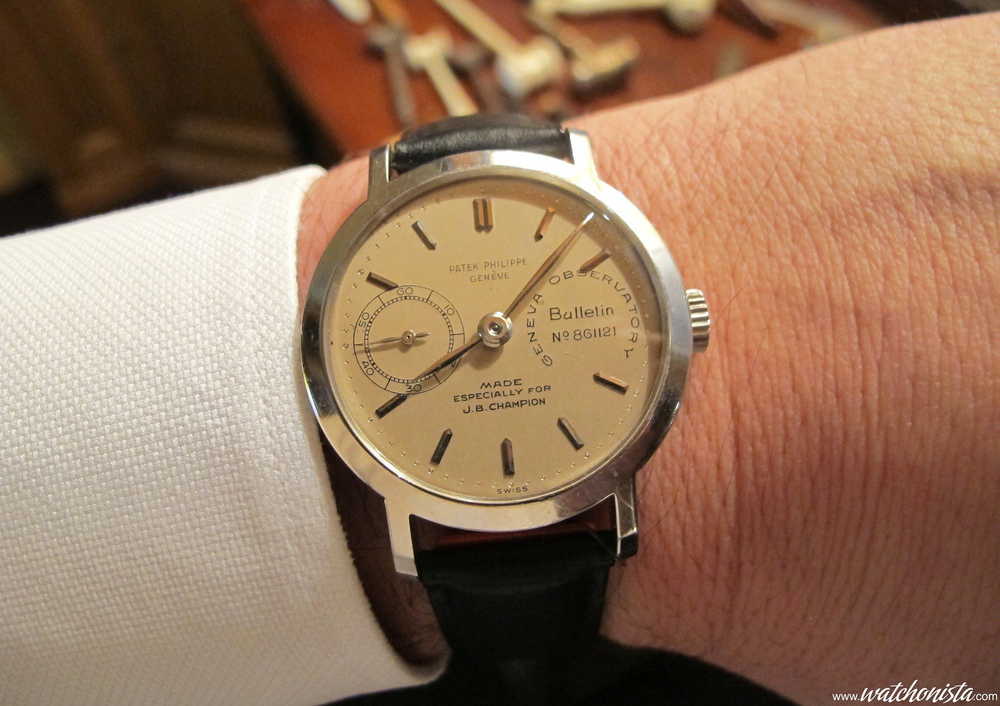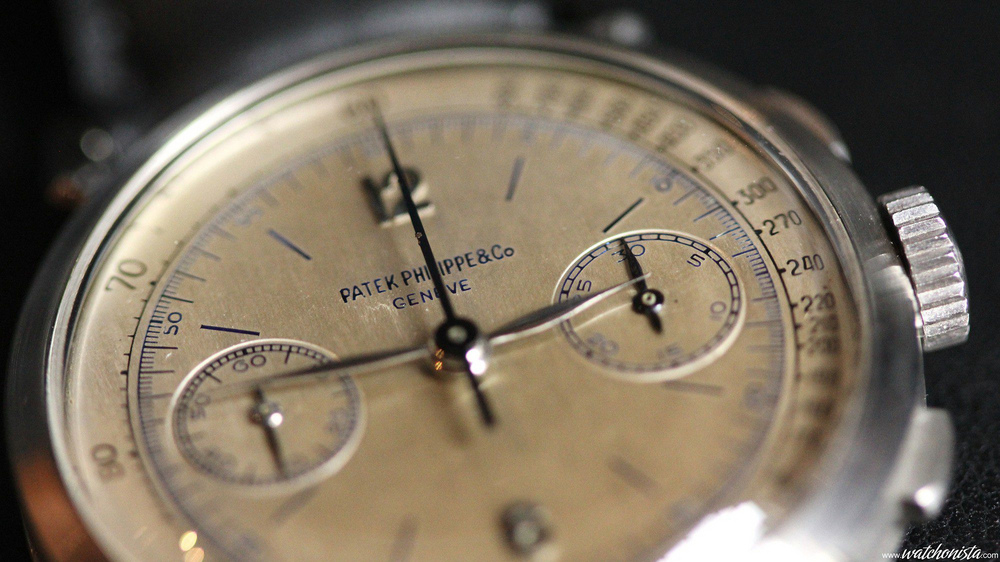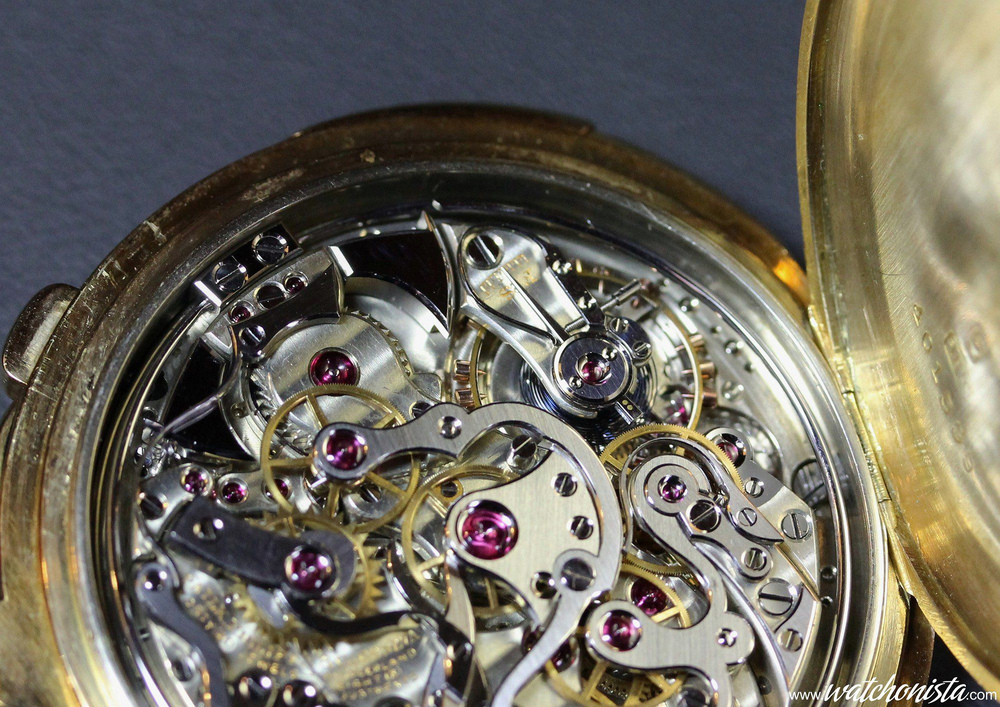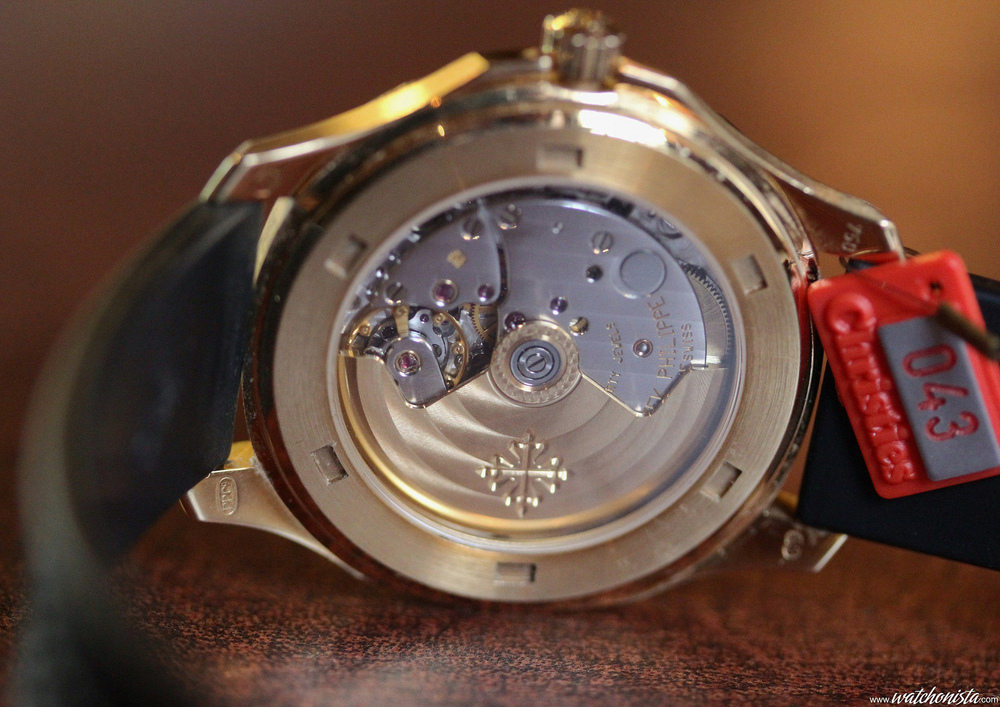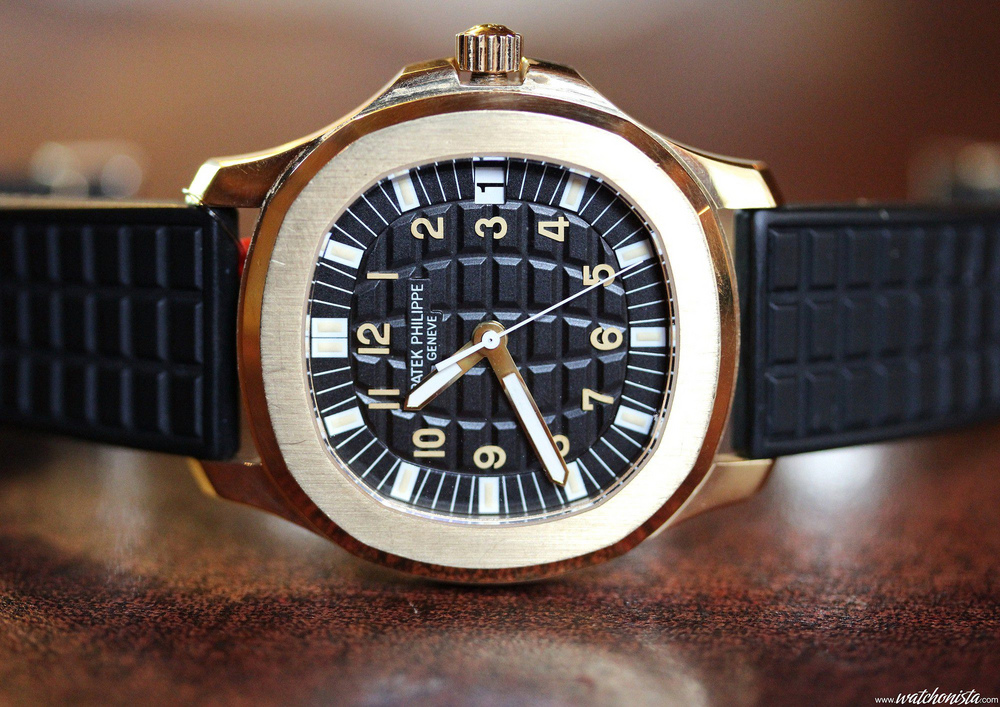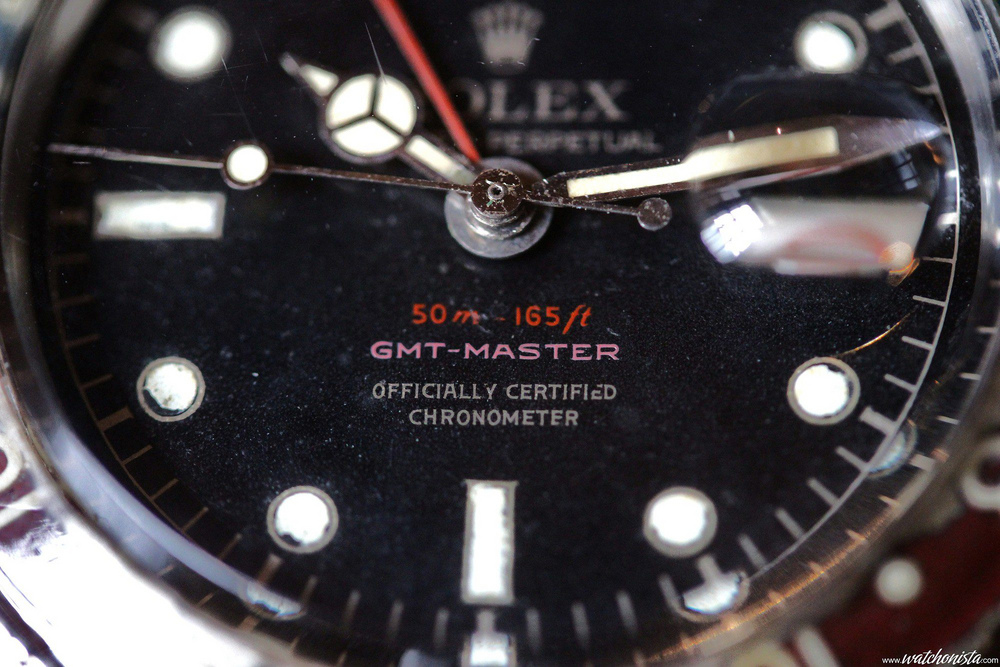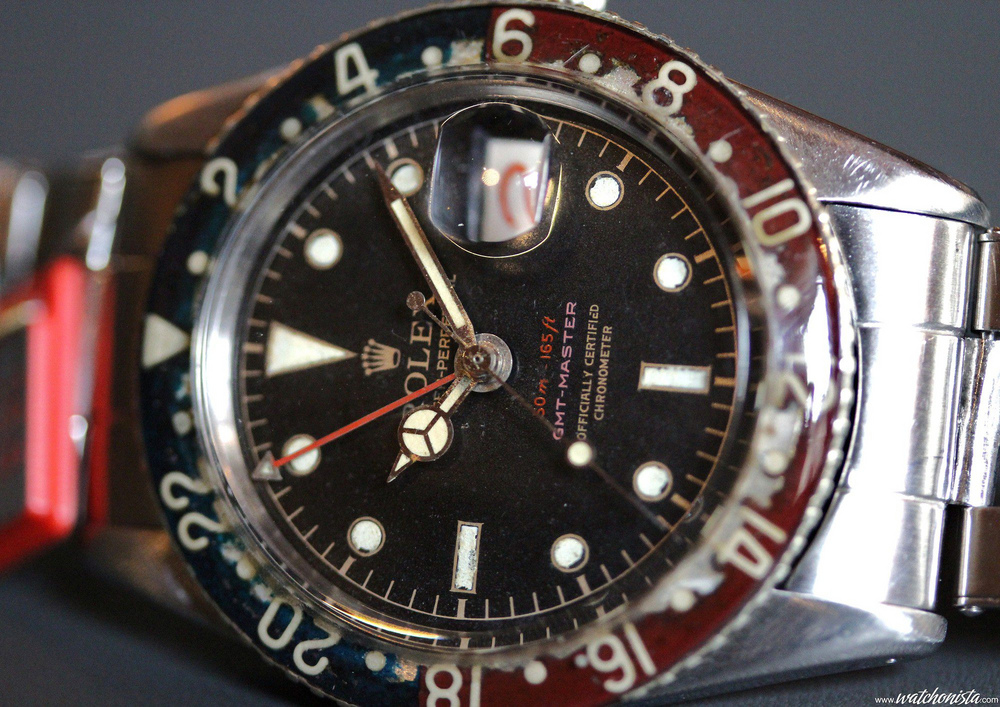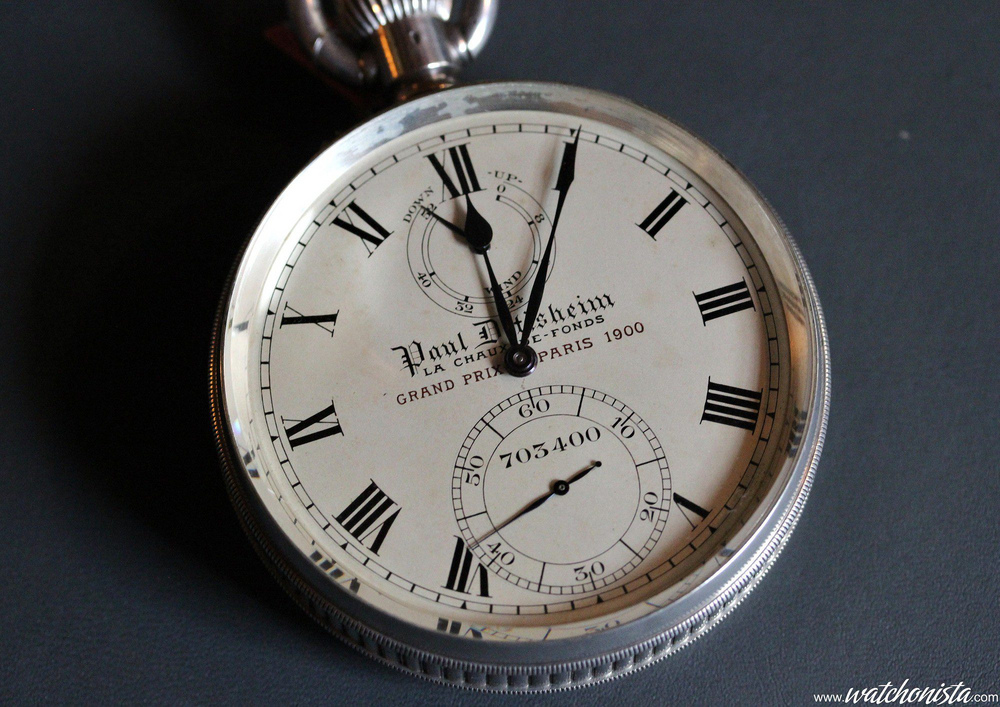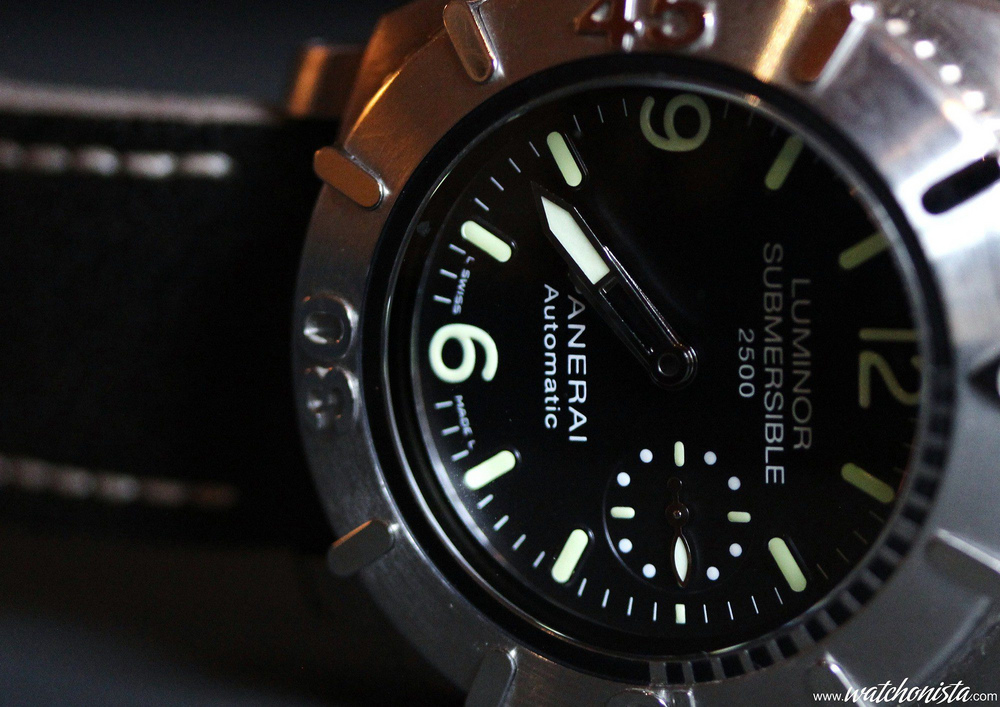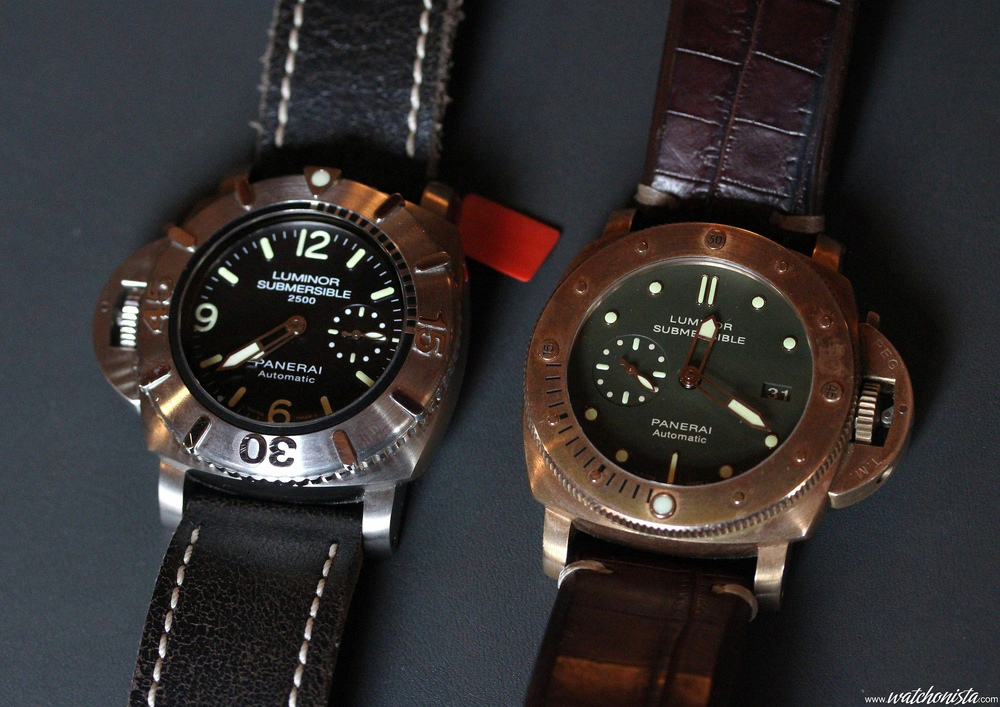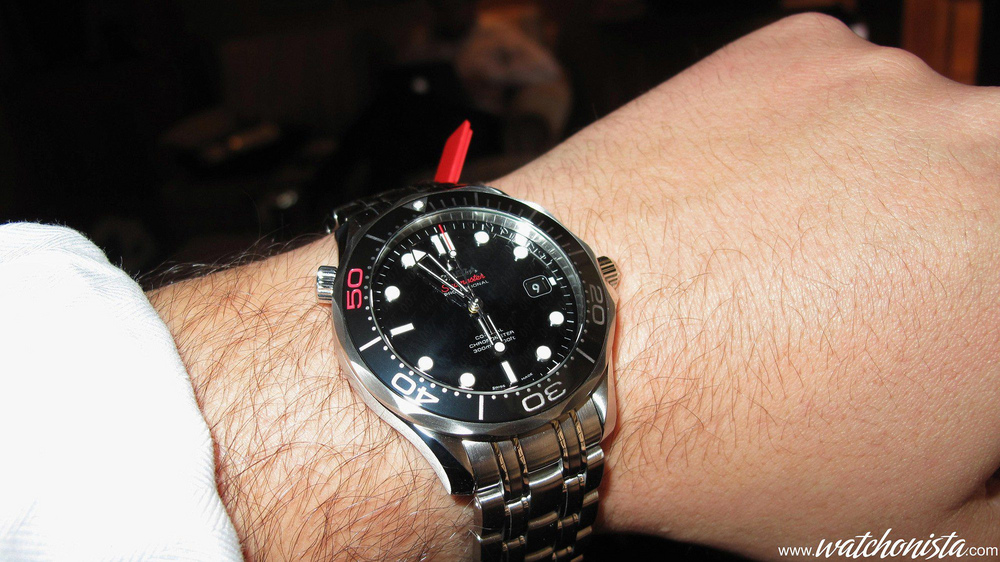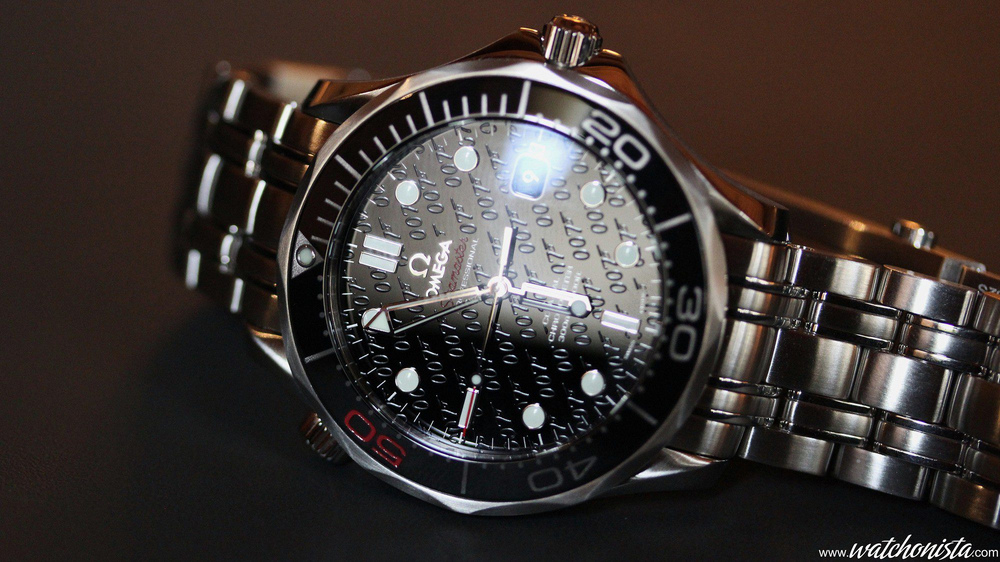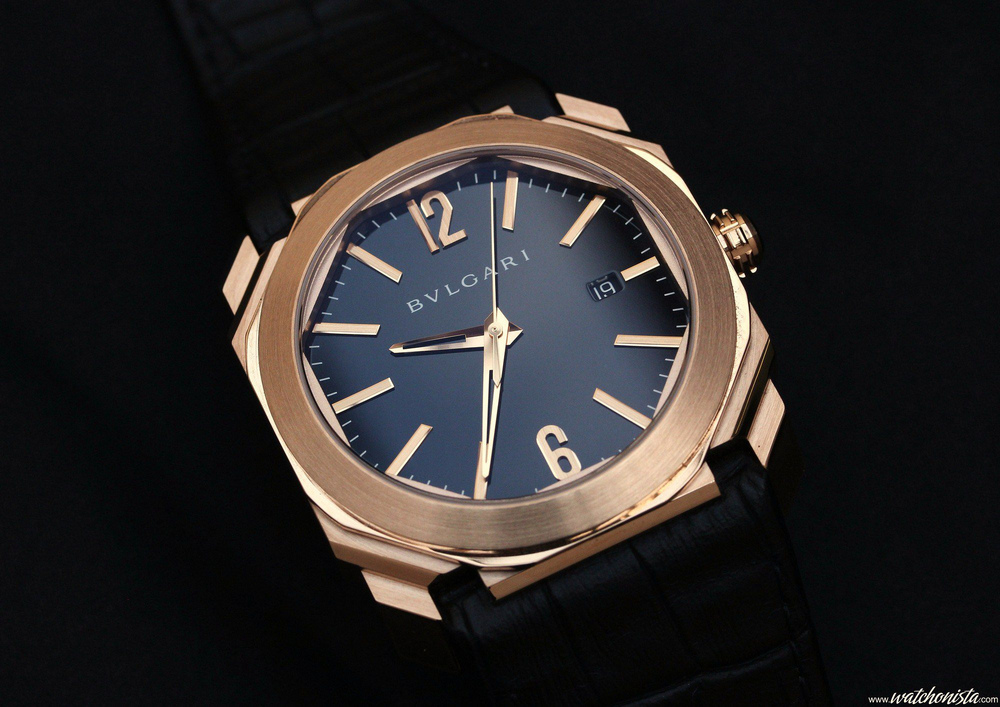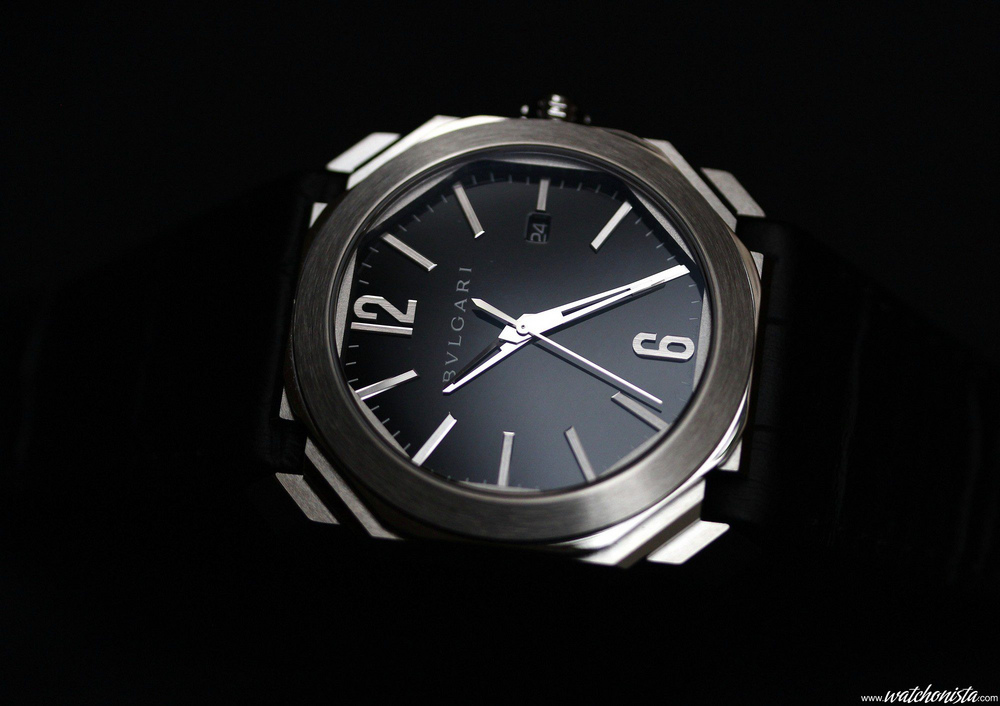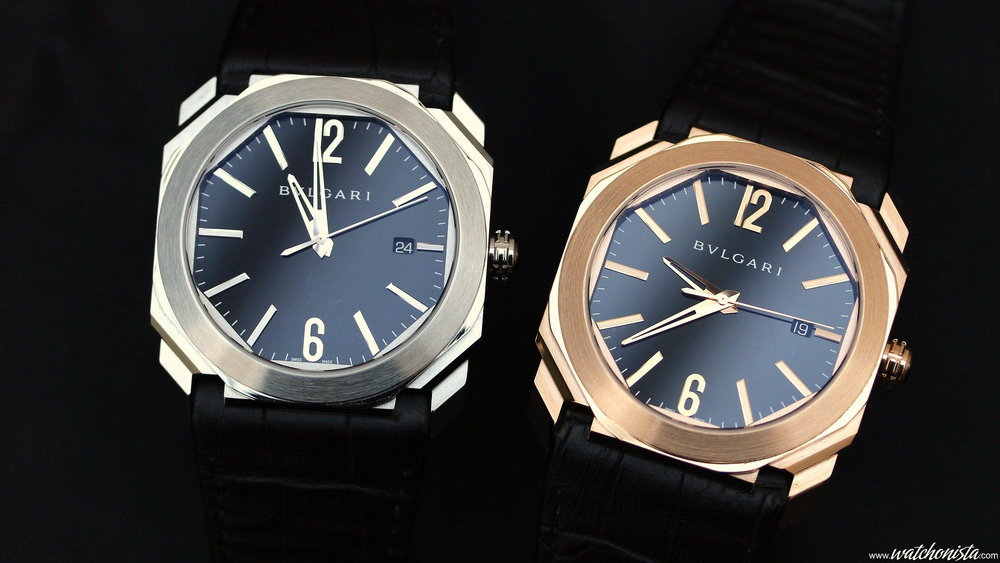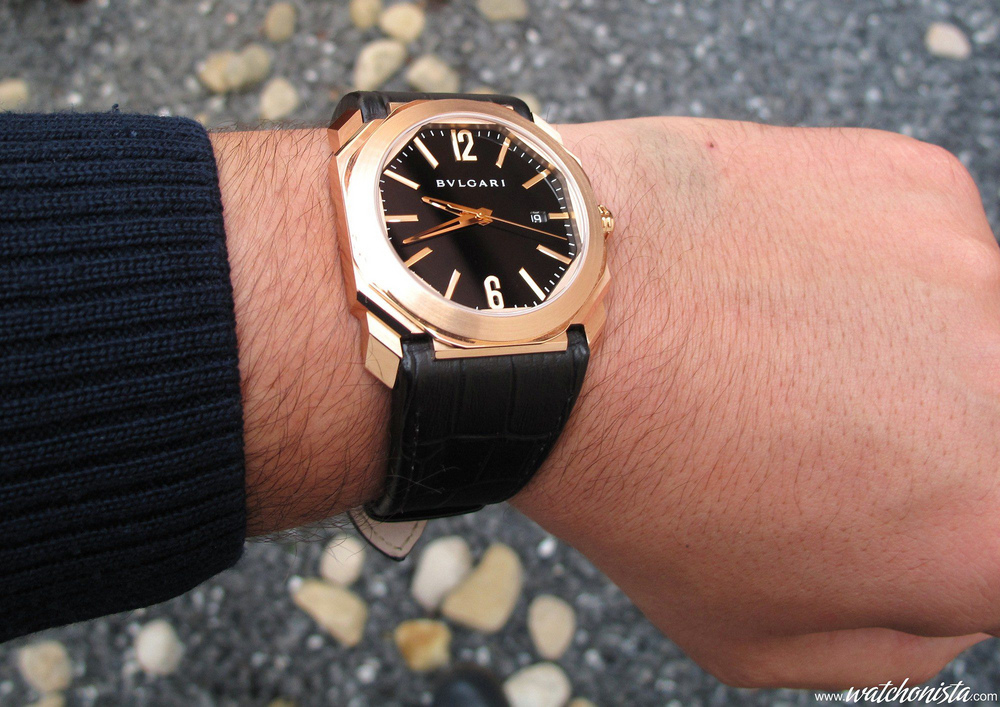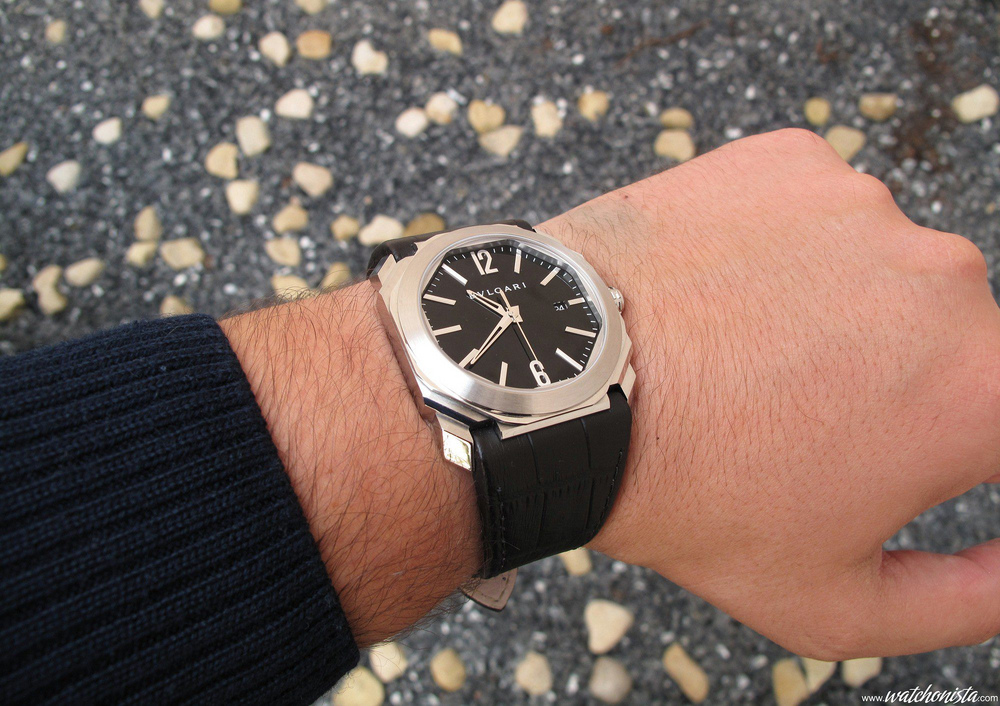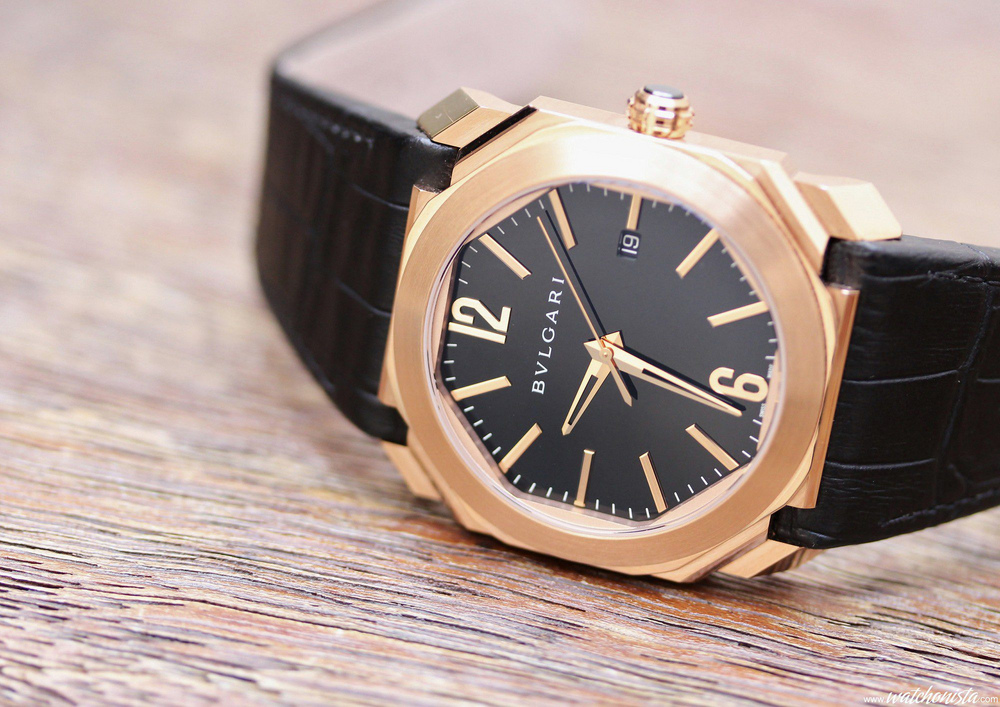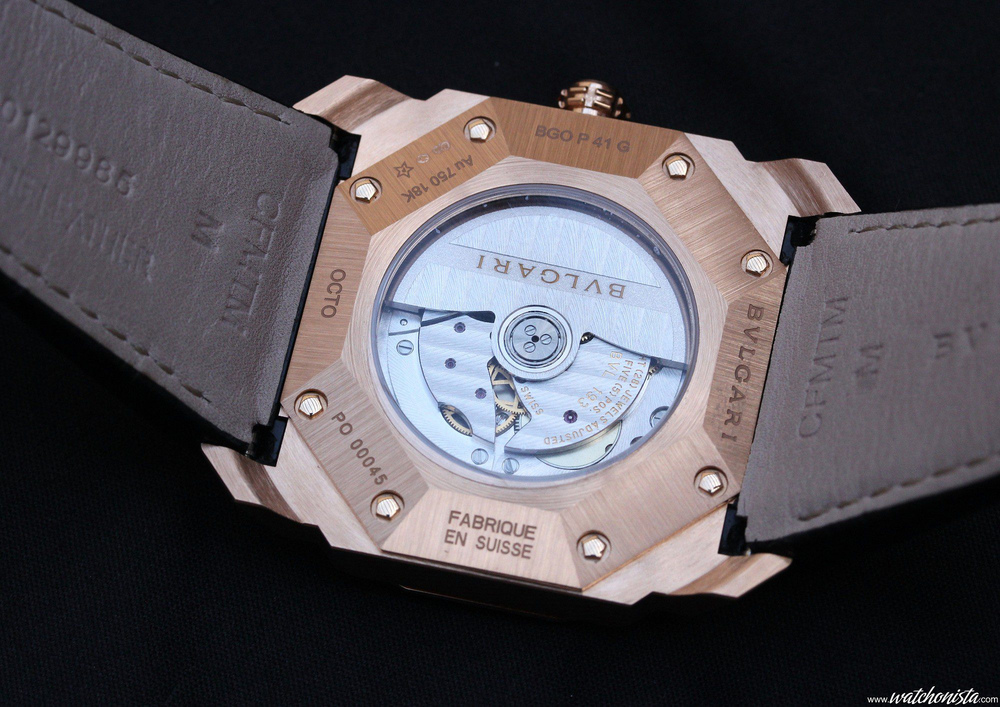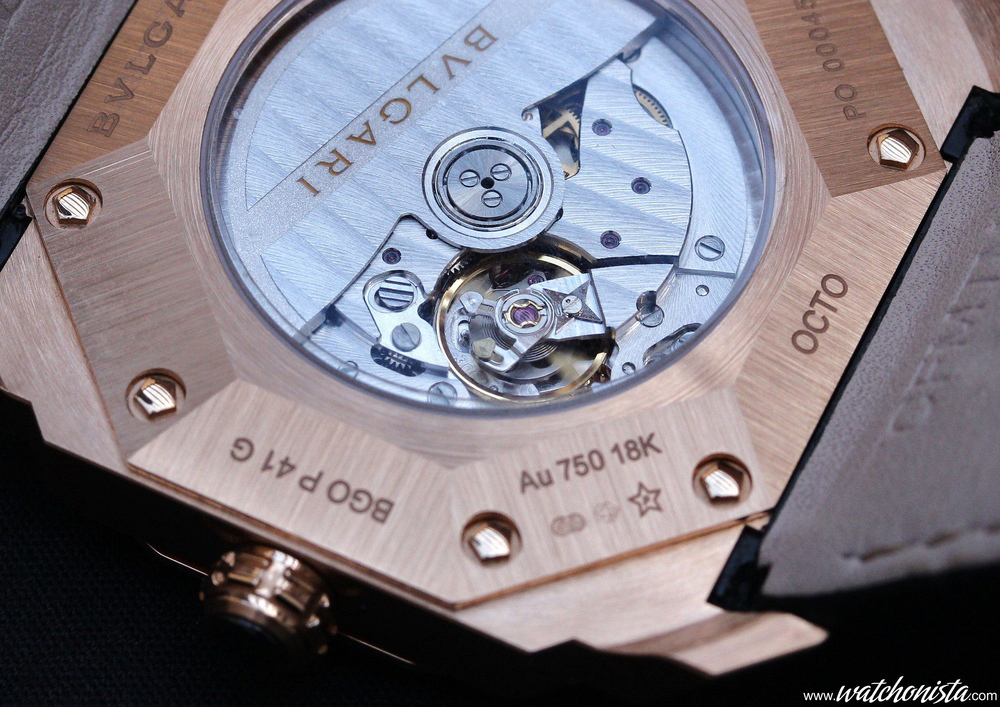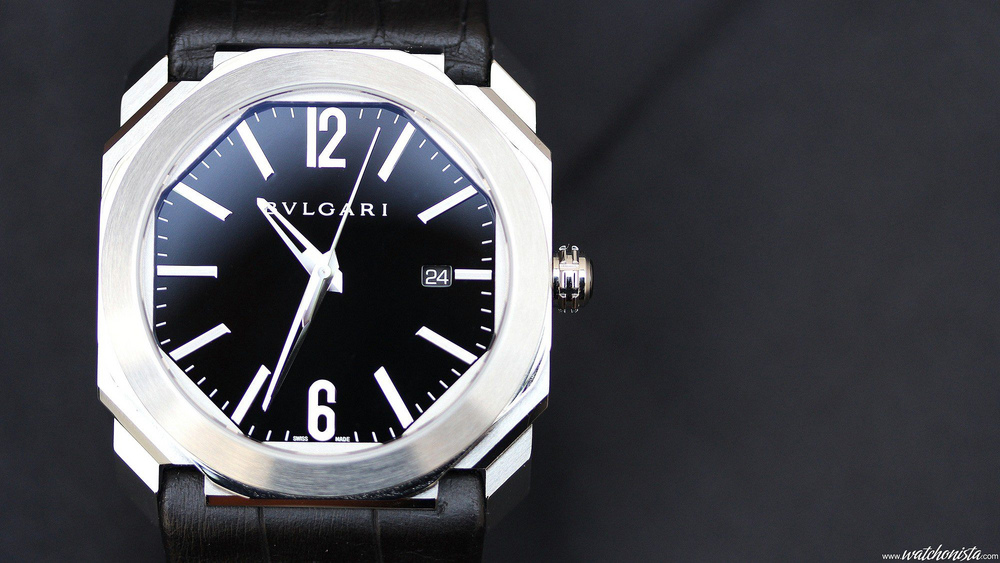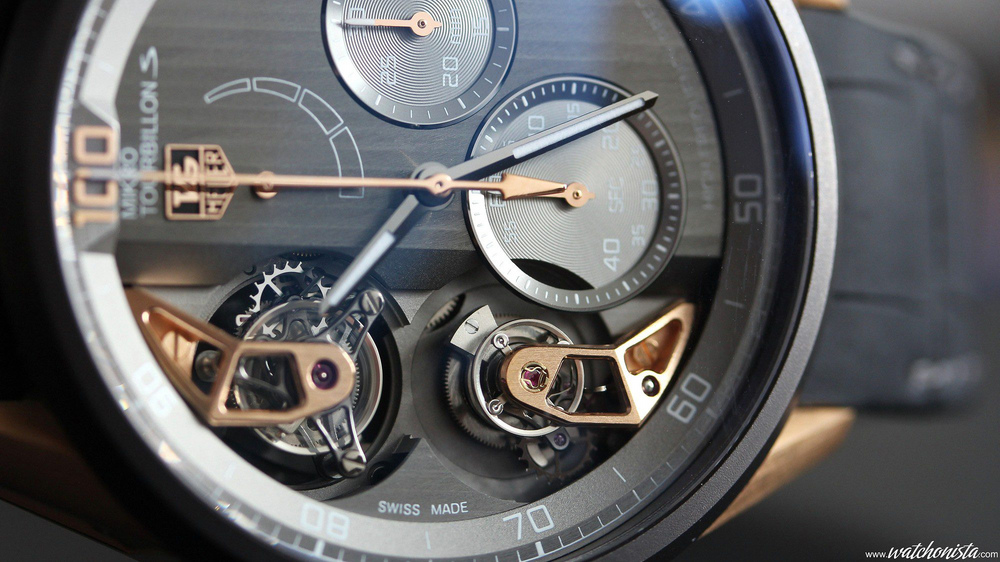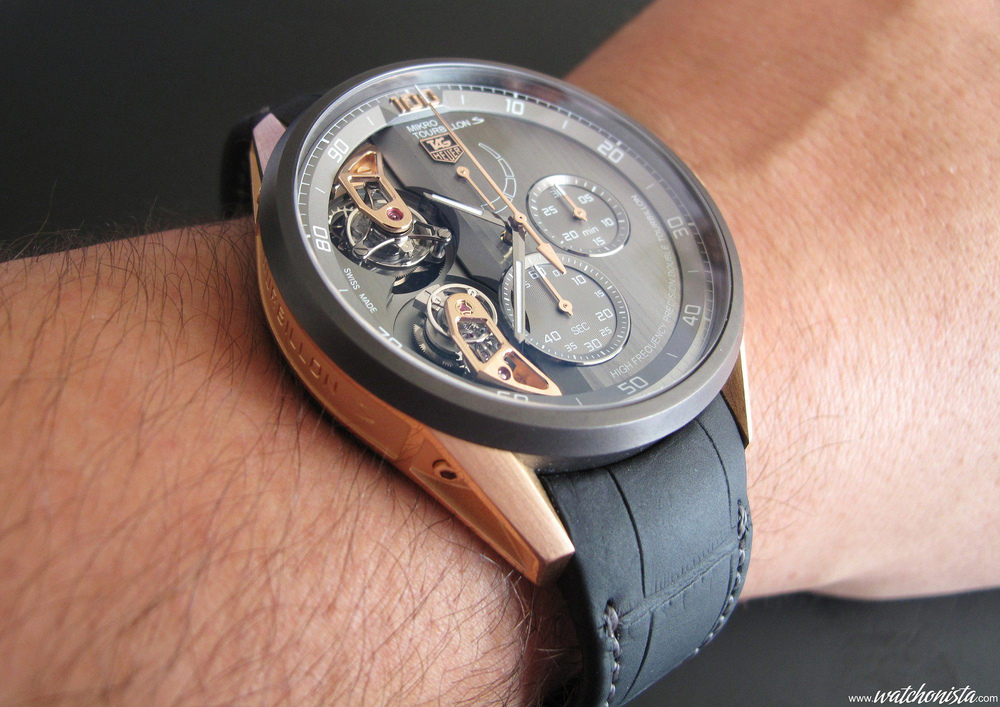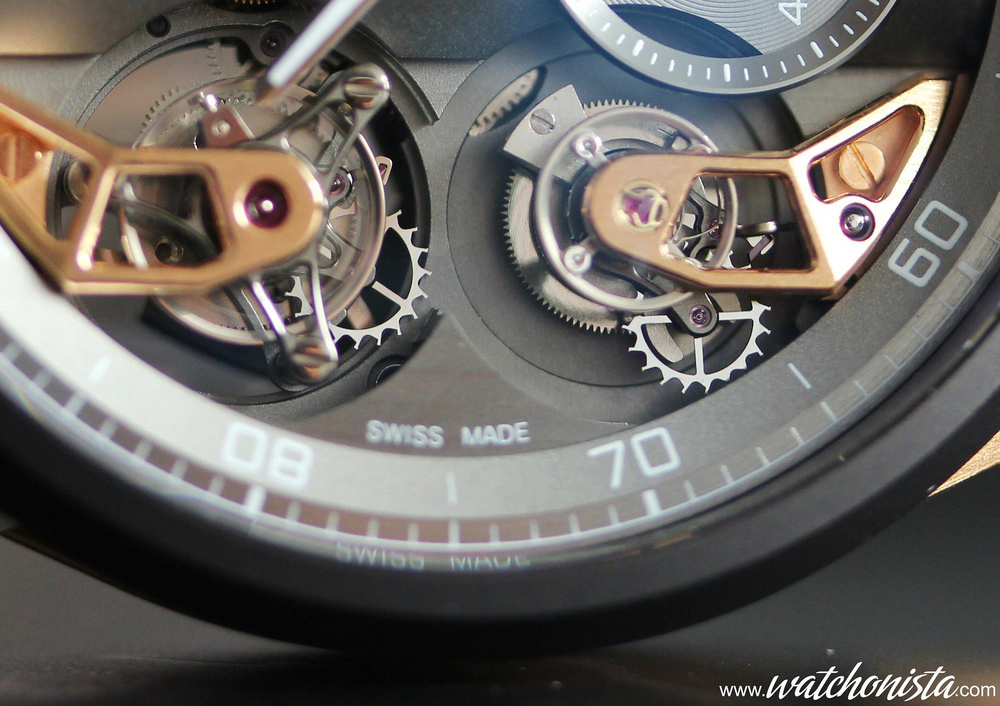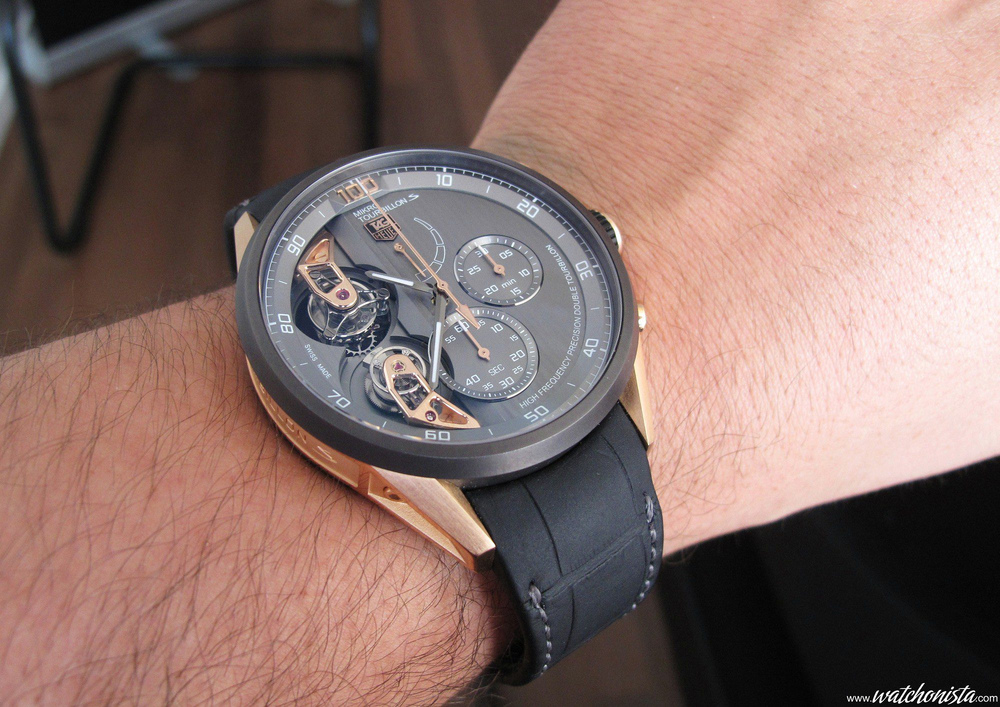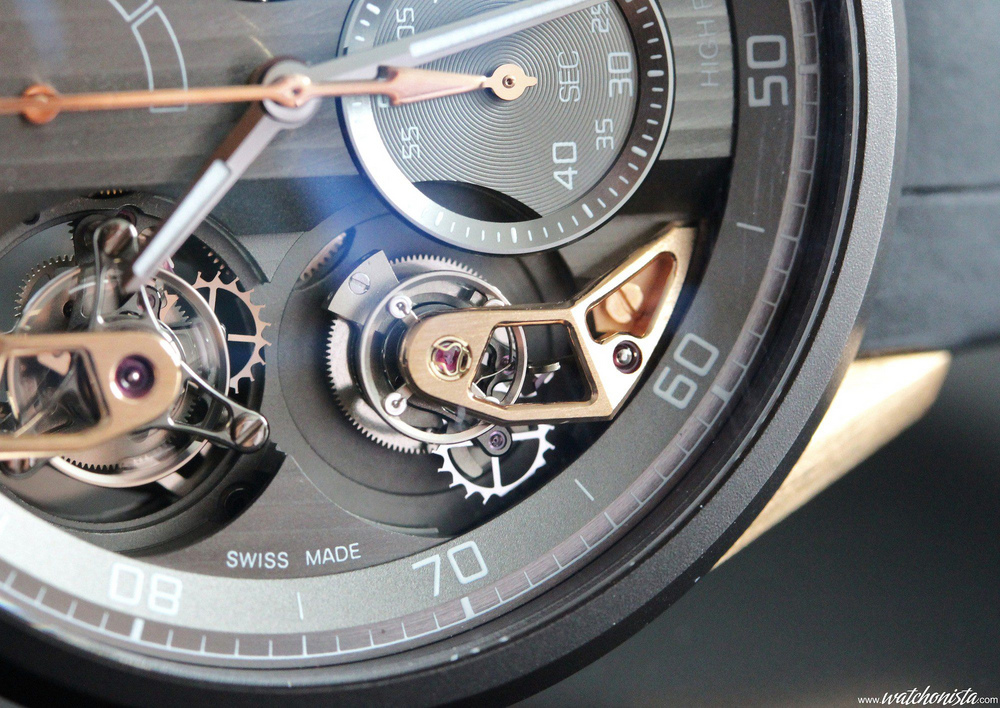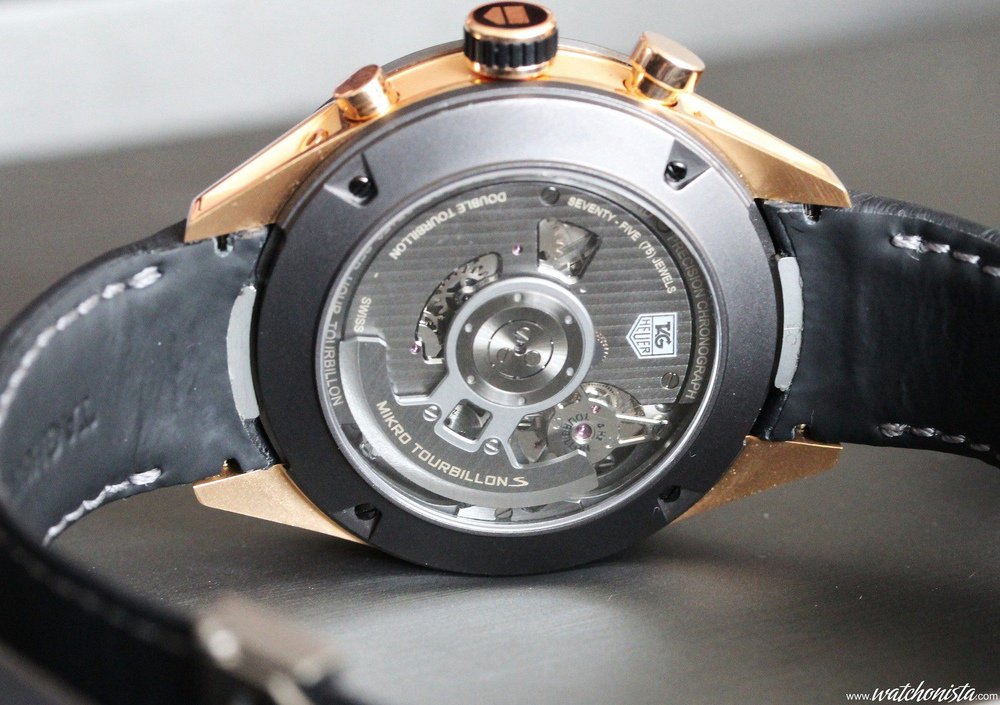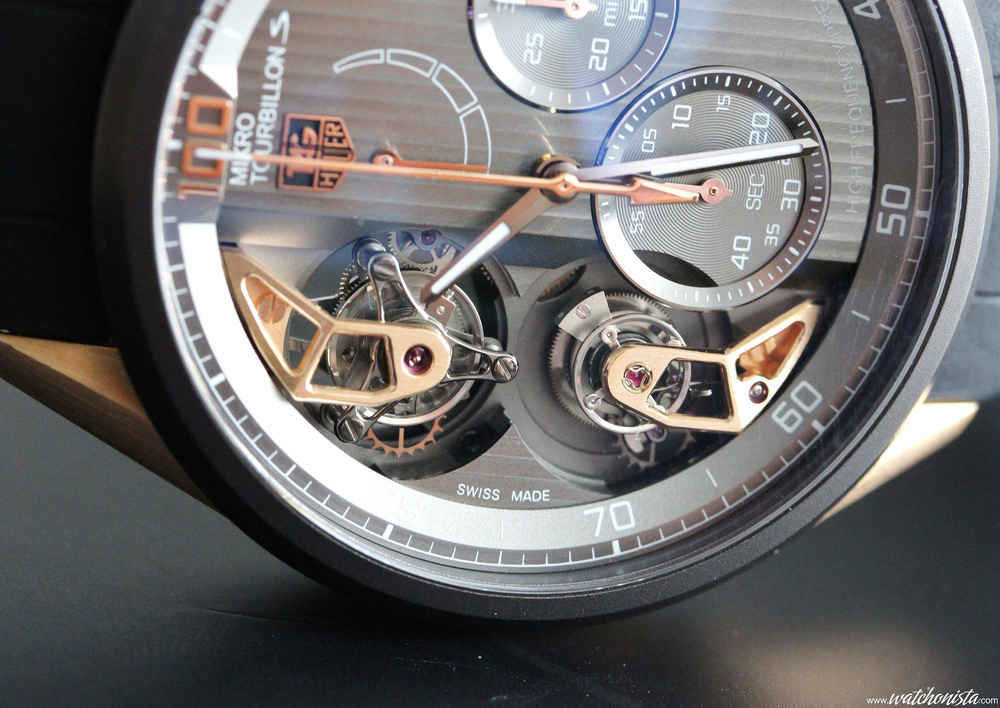1
Novità Orologi / David Rutten Streamline: meteorite watch from outer space
« il: Aprile 26, 2019, 21:15:06 pm »Hello friends ,
I turned 40 on May 10th, 2018. Tradition has it that you offer yourself a watch. As watchmaking addicts, the question we should be asking ourselves is, how to go beyond the simple act of buying ?
I’ve been blogging for about ten years, worked for Greubel Forsey, created the most disruptive media in watchmaking history. By elimination, what other aspect of the business did I still need to explore?
The answer was to design a watch, to travel to the end of watchmaking. But I’m not a designer, that’s rotten luck, isn’t it? The big question of watchmaking is design, as demonstrated by the success of The Royal Oak, the Nautilus, the Luminor and so on.
When you are blogger, you are regularly contacted by young creators wishing to test their concept.
Three years ago, some Belgian guy called David Rutten came to me to ask my opinion about his watch. The man just blew the roof off! He presented me the most groundbreaking and accomplished project I had seen in ages. The design was pure and radical. It was an impactful project, a meteorite blowing the Gulf of Mexico into stardust.
Rutten is simply the new Genta.

At this very moment, I felt like De Niro in Analyze This.
https://www.youtube.com/watch?v=218iXiKhKlg
In this bloody life, you just can’t miss out this kind of chance, because you might never get it again…
It is a dark time the business is tracking fashion trends like cars or clothes. All it takes is a brand to come up with a weak idea and everyone else… The XXL watches fashion, then neo vintages, blue dials, white dials for the Chinese, etc., all of them are good examples of that.
It takes more than a pleasant or well-priced product - see this excellent article : https://imgur.com/a/6CNO8 - to start a new brand.
What you need is a heavy concept, a flawless pitch and a fucking radical design.
The very second when David Rutten started to tell me about “Meteorite”, he pronounced the word that drives you mad. A few weeks earlier I had seen the De Bethune’s Dream Watch 5, crafted from a meteorite block. One of the most powerful pieces I’ve ever held in my hands (LINK Foudroyante album DB). 450.000 euros. Ouch… Thus, this extraordinary piece suffered from the endemic disease of watchmaking prices.
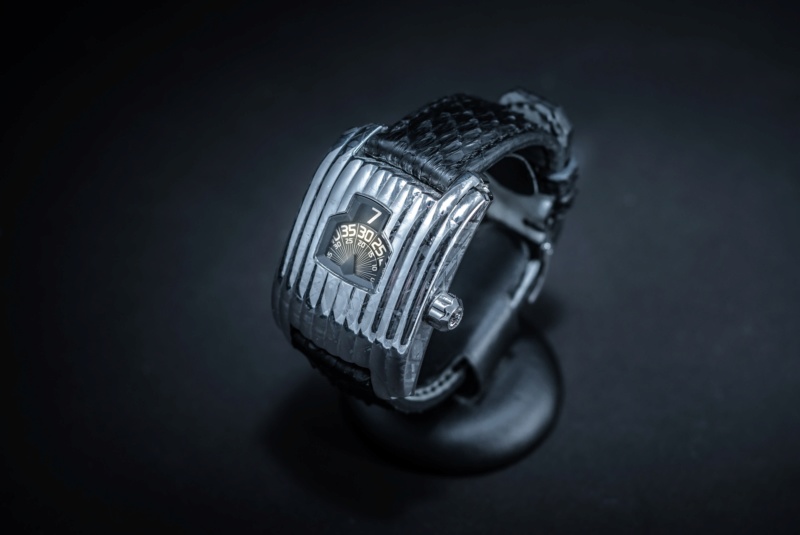
Instead our decision is to base the production of the project on the meteorite, in order to make this unique metal affordable.
As it randomly falls from space from the asteroid belt, between Mars and Jupiter, lies 320 million kilometers away. We must look at the creation of the universe to understand the value of this metal.
13.8 billion years ago, in the middle of an abyssal darkness of an infinite density and a deafening silence: BANG.
The two primal atoms, hydrogen and helium, came into being, forming the stars. Then, in their wake, the nucleosynthesis generated the elements. Over the course of cyclopean stellar detonations, some atoms spread out, agglomerated and ended up forming planets, or for the less fortunate, asteroids…
The cores of the asteroids are made of iron and nickel. Unlike planets, asteroids went extinct veeery slowly… Without thermal conduction and at the mercy of collisions. The solidification process experienced an enthalpy of approximately 1C° every million year, which led to the fact that the most massive bodies took more than a billion years to solidify .
This considerable delay combined with zero gravity brought forth a phenomenon that’s impossible to replicate on earth the typical alloy of iron and nickel organised according to an eight-sided crystal structure called Widmanstätten pattern.
But before cutting the octahedrite and find out whether its pattern is exploitable, we need to get our hands on it. In the best-case scenario, there about 3 tons a year of exploitable metal meteorite falling on earth to compared with the 3000 tons of gold mined every year.
Between : private collectors, research, museums, all of them own most of it, and there’s only a small amount of octahedrite available on the market every year, which imparts exclusivity. Even if we could, commercially speaking, we would still be forced to limit our production to just a few hundred pieces per year.
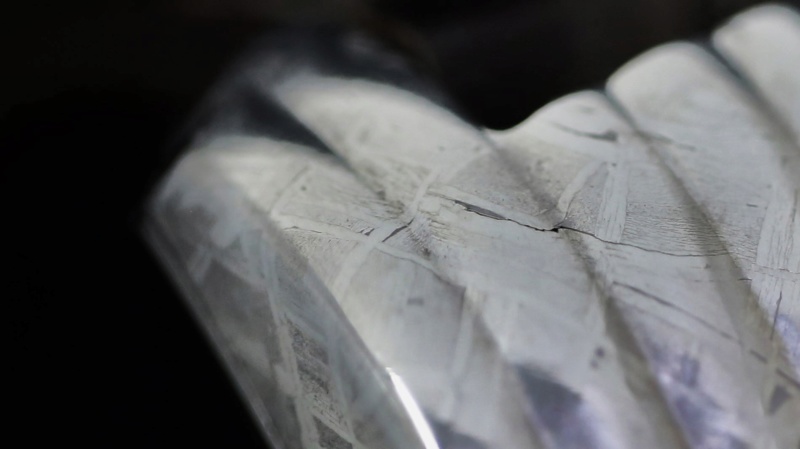
Since octahedrite has been central in this project, David radically chose an guichet watch to maximize the space for the raw material. An additional bonus of this design is an immersion into the 30’s to the 60’s, at a time when watch design was at its pinnacle. Today as in the past, watchmakers worthy of the name swear by art deco. Guichet watches with analog discs emerged in the 20’s-30’s. The Roaring twenties, following WW1, witnessed the massification of the first wristwatches, designed to coordinate charges into the trenches. Wristwatches also meant new problem of glass breakage. This need to decrease the exposed surface of glass combined with art deco inspired a new style of sport watch. Reverso on the one hand, and guichet watches on the other hand… Along with the cushion cases before the emergence of Panerai, this shape is among those who have been left out of contemporary design. David was able to feel the mysterious power of guichet watches laying low under the casing when he set his eyes on them. This required the eye of the designer, trained at La Cambre® (THE best design school in Belgium, which means the best in the world - David told me about the teaching: a blend of the Dirty Dozen’s training and Ikki’s from Knights of the Zodiac).
The three main ideas that were behind the creation of the Streamline were: retro science fiction, especially the Space Opera from the 40-50’s, all chrome-plated and curved. Unfortunately government money ran out, and David had to settle for a telescope and a meteorite collection to satisfy his passion for space, grounded by the Earth looking at its feet… While wandering into the cosmos may not be realistic, he wanted to spread his appreciation of the extraterrian metal, providing watches exclusively made out of meteorite.
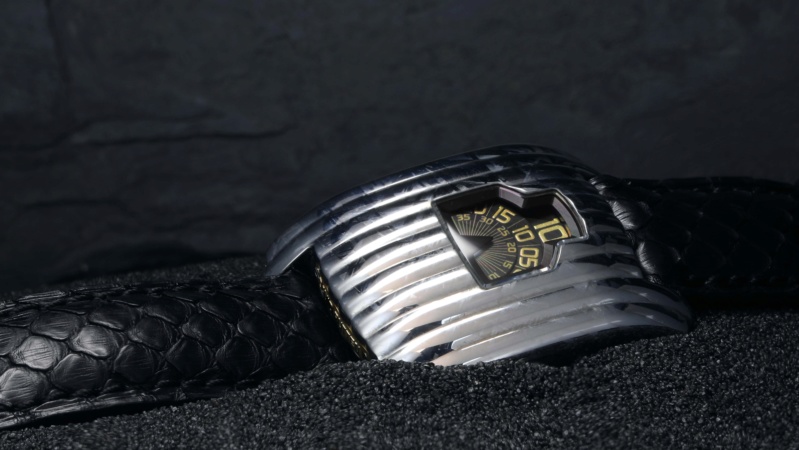
In order to enhance this retro design, David provided the DR01 with vertical gadroons in line with the streamline spirit, this art deco sub-genre, indissociable from the golden age of the American dream. We still have in mind the gorgeous trains and buses, the creation of which was partly made by the French man Raymond Loewy… This design and its retro SF look remains the swansong of modernism, and the allegory of the American way of life.
I know a little bit about design, and I am a sensitive connoisseur of watchmaking, so the moment David introduced this work to me, I knew I was dealing with a genius designer, and that I no choice but to get involved in the project. I don’t want to be telling my grandchildren that I let the Union Pacific M-10004 go by. To conduct this project, David needed a watchmaking expertise, a guide in this brass-teeth shark tank.

Our first challenge was to find a movement. We’re providing a genuine watch, that means that this piece is built around its movement. More specifically, the size of the discs of jumping-hour complication was the condition for the opening of the aperture, as well as the size of the case and ultimately the design details like the number of gadroons...
At this stage, we were not expecting to waste 18 months of our precious time on this step. We sought most market players (with the notable exception of Swatch Group), going from failure to frustration. As surprising as it may seem, only Vincent Calabrese and our supplier truly master this the in-line jumping hour. Most of jumping-hours on the market are in parallel, and therefore suitable for round cases. We had to turn a quite reasonable offer from Vincent Calabrese down because he wanted to work on a 2892 base. Indeed, the overall cost of raw material and the complex machining of the meteorite (both hard and inhomogeneous)approaches the cost of a machined gold case. Knowing this, there was no way we could board on this costly case a Valjoux.
Our calibre had to be good-looking, of a large diameter, easy to handle, featuring a plate with discs in line, as well as an affordable and a customised cut of the bridges… that’s squaring the circle. We knocked countless doors, I racked up the kilometers drifting through Jura mountains. Nothing, going just empty-handed. Always the same old highwayman conditions.
And then I got an enigmatic message from David, claiming he might have found something about a far-fetched jumping-hour watch. I found it a few clicks later, in German-speaking Switzerland. We quickly found out that, in addition, he owned the caliber we needed. Finally some fluidity! FTL, at last! Now we could travel right across the watchmaking galaxy !!
So, that caliber, what about it? A few years ago, I noted that mid-size calibers between the 7750 (30mm 13 ½ lines) and the Unitas (36.6mm, 16 ½ lines) were nowhere to be found on the market.
That was before the DR01 caliber with jumping-hours : round caliber, measuring 33.3mm, or 14 ¾ lines, about 8mm thick with its discs. The frequency is 28800 bph (4hz), with a 120-hours power reserve, which is a working week without having to wind it up.
David Rutten has opted for a sober “octahedron” decoration and a “Ruttenium” bridge treatment. You’ll notice that the Geneva waves are flush with the gadroons, in order to preserve a visual coherence between front and back. Of course, the decoration remains semi-industrial. Our objective is to provide an independant, watchmaking experience for the price of a nice standard diving watch.
Amongst the great pleasures of running a project like this one, discovering the new calibers holds a top position. I started to play with the crown until the hour jump : “Clack”, nice and clean, flawless. A rebel torpedo fired right in the heart of the Death star. The conception of jumping-hour system is relatively new. The jump takes place without preliminary coupling of the hour-disc. There’s no perceptible shaking or oscillations. And above all, you can still hear it jumping even when cased up, which is an additional sound complication.
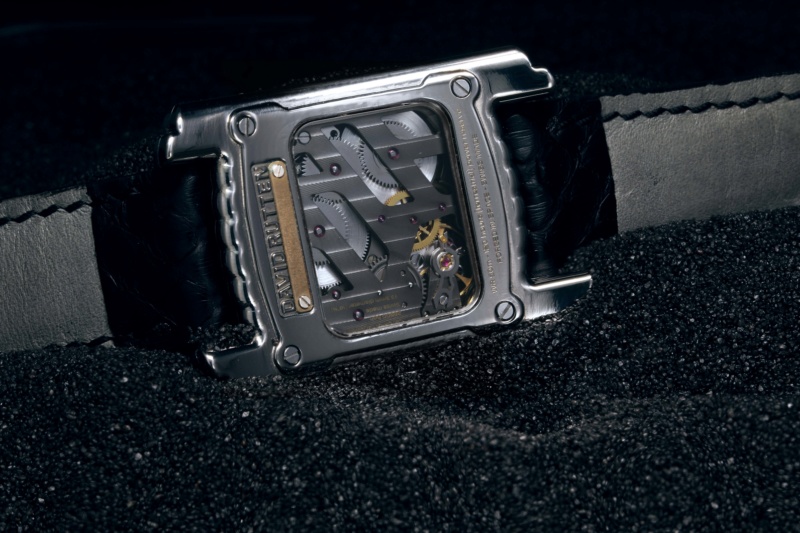
Once the dimensions of the caliber were known, we could finally begin the machining of the case. At first, David wanted the dimensions to be thinner with a case of about 33-34mm, but that was problematic on two levels. First of all, easy-reading was made difficult because the dimensions of the aperture were too narrow. Then, according to me, this size was too “art deco jewel” connoted, and not enough “space instrument”for space marines on punishment mission… The 14 ½ lines movement was our justice of the peace. With a 33mm movement, leaving just 2mm on each side, the watch would measure 37mm, with a caliber cased up with a shoehorn, as in the blessed time of serious watchmaking industry...
Once the sized known, we had to face the great unknown: was it only possible to machine the meteorite with the necessary level of accuracy

The discussion I had had with Denis Flageollet about the De Bethune’s Dream Watch 5 wasn’t very comforting because it seemed almost unrealizable.
As is often the case with David Rutten, he adopted a tireless optimism.
Well, it was no easy business, but achievable, and the series-production was possible.
That may not seem like much but in ten years of watch blogging, I’ve seen lots of projects wallow on the finish line. Machining sizing issues, incorrect settings or conception of complications, and whatnot.
Well, no, it IS. First slap in the face: it looked much larger than the model version and the synthetic image. Coming to life had given it extra energy.
The second good news was that the proportions we had empirically defined were correct. The guichet was at the right place, sufficiently open to enable an easy-reading, but not too much so it kept the mystery and power of the watch. This last feature was the real surprise for me.
Now I realise that a good old steroid treatment and a proper facelift can be necessary to enhance a drawing. This piece genuinely rocks. It looks like some extraterrian beast, some biomechanical insect curled up in the space vacuum stoically waiting for its lunch.
My personal watch, with a cobalt inclusion on the left side.
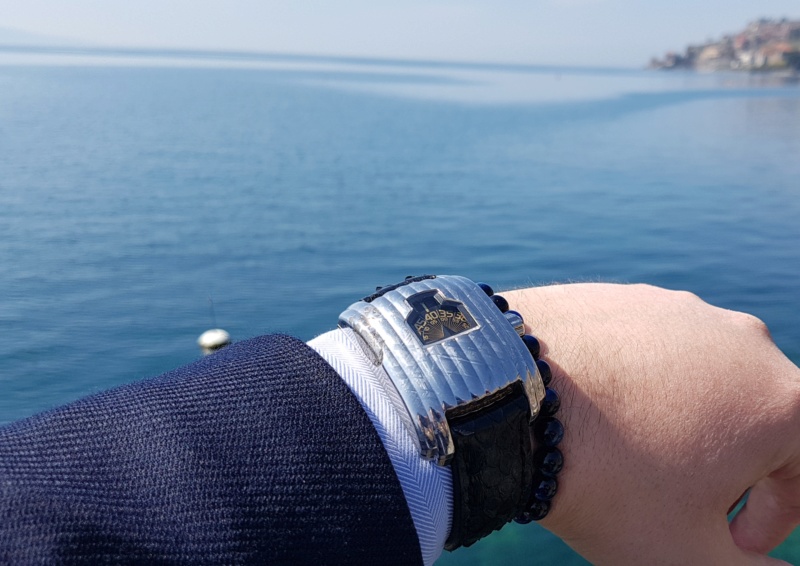
The armoured aspect of first guichet watches is magnified. It’s kind of a mysterious object. It would be difficult for a neophyte to figure out what this unidentified watchmaking objet is.
This should allow you to refine your flirtation technique. Simply explaining your target that this watch was made of a metal that was gravitating 320 million away from Earth until recently should be enough to take her home with you. If still in doubt, all you’ll have to do to finish convincing her is to show her the fascinating and inimitable geometric pattern of the meteorite. Unique pattern, as every watch will feature its own Widmanstätten array. But some of them will also feature cobalt inclusions, which finish amazingly contrasts with the near-white colour of ferronickel. The cobalt is embedded within the matter in its liquid state but without merging with the rest. Inclusions take the form of anthracite oil drops in a glass of clear water. It’s really impressive and impossible to achieve in zero-gravity!! My personal watch features this type of inclusion, because it makes the experience of a raw natural material as a watch case all the more intense. Like bronze watches, bear in mind that the material will acquire a patina, making some patterns more visible.
First paid, first served. Those who immediately support the project will have first crack at the choice of the current vintage case…
Comfort was central in the design process. First, reading comfort through the large aperture and the index colour which will be exchanged for a garish yellow. But also wearing comfort. The case-back and the crown are made of titanium, in order to prevent allergies.

The case is curved and features low horns to fit any wrist. That will make you forget about it, despite its 120 grams, wristlet included…. Speaking of which, there will be two wristlets in the presentation-case : a satin black python one, and a nubucked-calf sports bracelet.
At that point, I know what you’re thinking: “cut the crap Malik”! How much?
The issue of the price was the most sensitive. But there is one sentence from independent watchmakers that convinced me to adopt this pricing strategy : “yes, our piece is splendid, but we can’t afford it”. Every blogger has heard that one before. One of the most frustrating things in watchmaking business.
So, we chose to apply an aggressive price for the Streamline, so that it is affordable to all enthusiasts, at least for once. It is the price of a Rolex or a nice Panerai: € 8,500, or $ 9850, or chf 9850 (the base price is calculated in this currency in case of a boom in exchange rates). Yes, you heard me well, less than 10k.
We’re making very little money on each watch. But as watchmaking enthusiasts, we want to offer the unique opportunity to access a piece crafted by an independent. We want it to remain a living project. All collectors should be able to live Rutten’s meteoritic experience, and share it on forums, social medias or during watchmaking diners.
We do not make watches for vaults, we make them for enthusiasts.
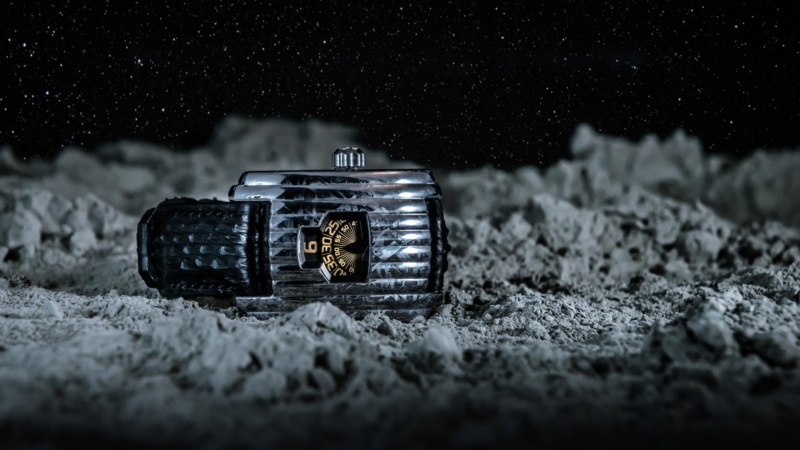
That’s why the first 88 pieces will be on sale until the last trimester of 2019. Of course, beyond this limit for subscription, the ordinary rate will be applied: € 14,850, or $ 16,850, or chf 16,850 (provided that exchange rates remain stable until then - the base price is in chf).
The far-sighted subscribers will have two payment options, and three types of discounts. The subscription alone represents 40% of the total (or € 3,400, usd/chf 3,940 ). The balance should be paid before delivery, during the second half of 2019.
Cash transactions will be eligible for an additional 10%, for a total of € 7,650, or usd/chf 8865.
If you introduce another person, you will have a further reduction of 10% (sponsorship validated only after payment from the sponsored party has been received).
Finally, if you are a journalist, moderator, administrator of watchmaking, cars or lifestyle forums, or if you are a blogger in one of those fields, you will get a 5% discount.
Moreover, the discount system for sponsorship and press will be preserved for the following series.
As you can see, as enthusiasts, we revisited watchmaking in depth to escape from the straightjacket of the business. Our will is to provide a total experience that we hope will take you off this global village, through the artifact, to the final frontier, to infinity, where all is still possible.

Long version of this topic on Foudroyante : http://www.foudroyante.com/en/david-rutten-streamline-meteorite-watch-baselworld-2019/
The David Rutten website : https://davidrutten.com/?lang=en
If you want to see the watch “in the flesh”, feel free to ask.
Many thanks.
Malik.


